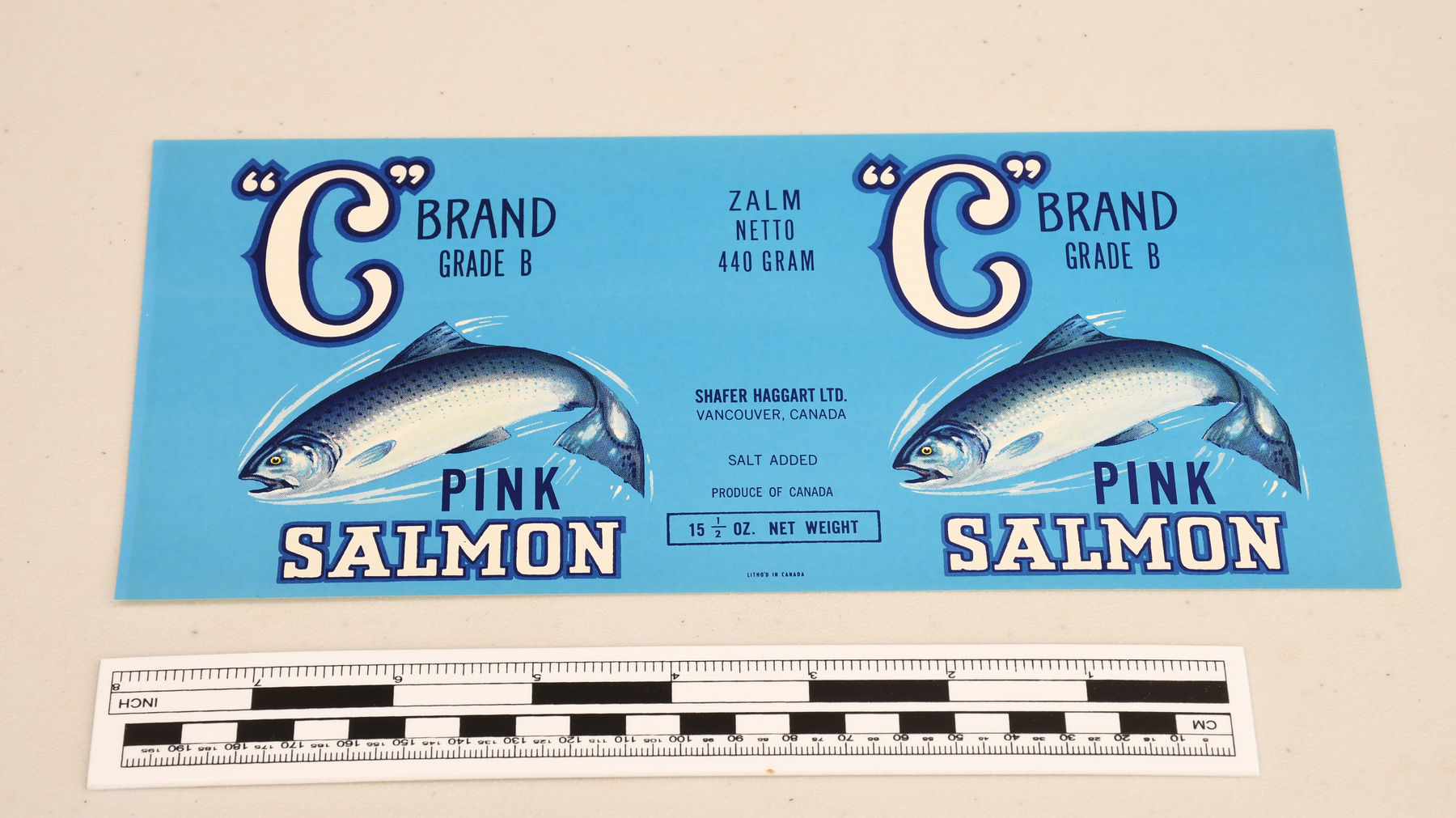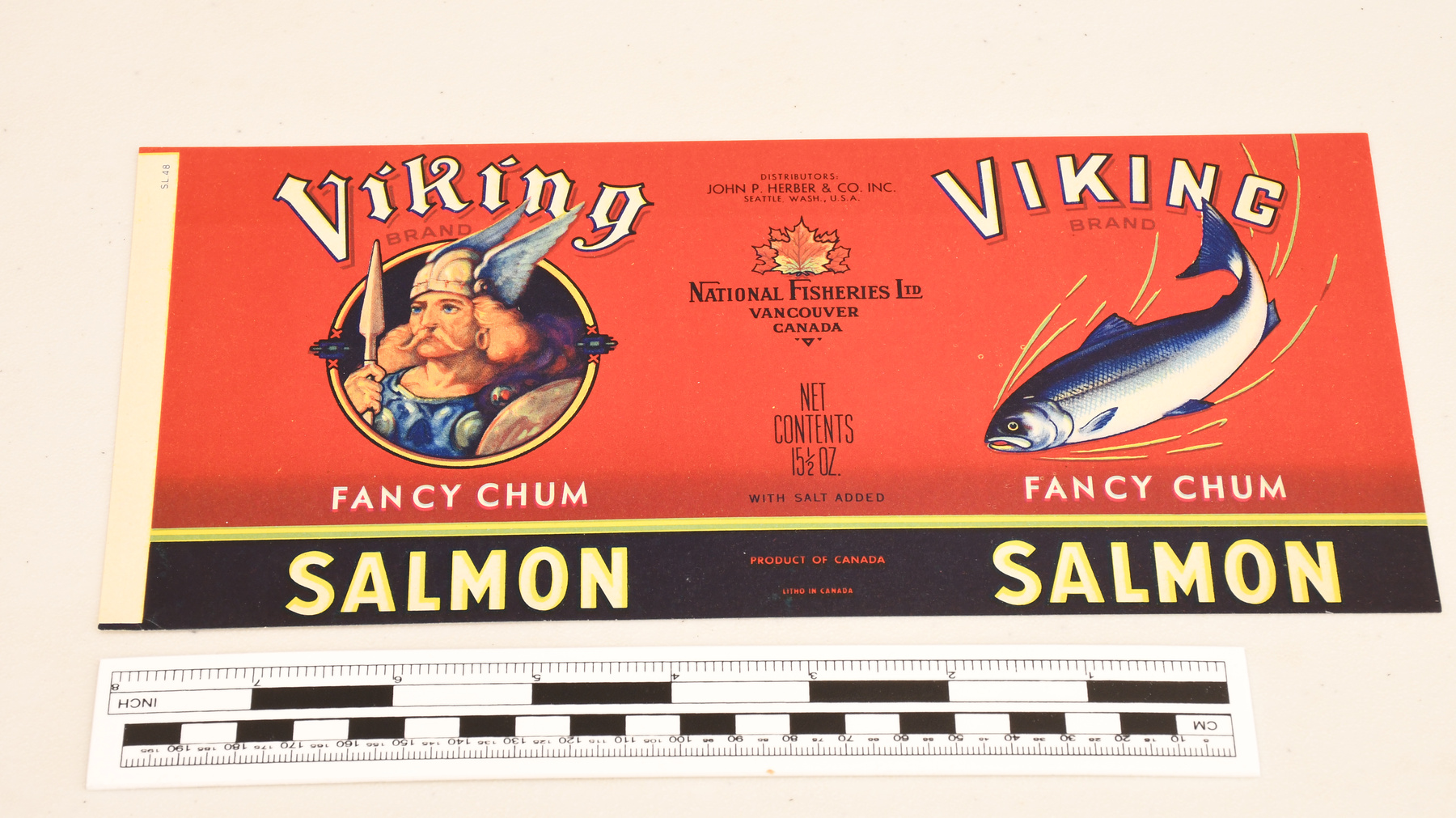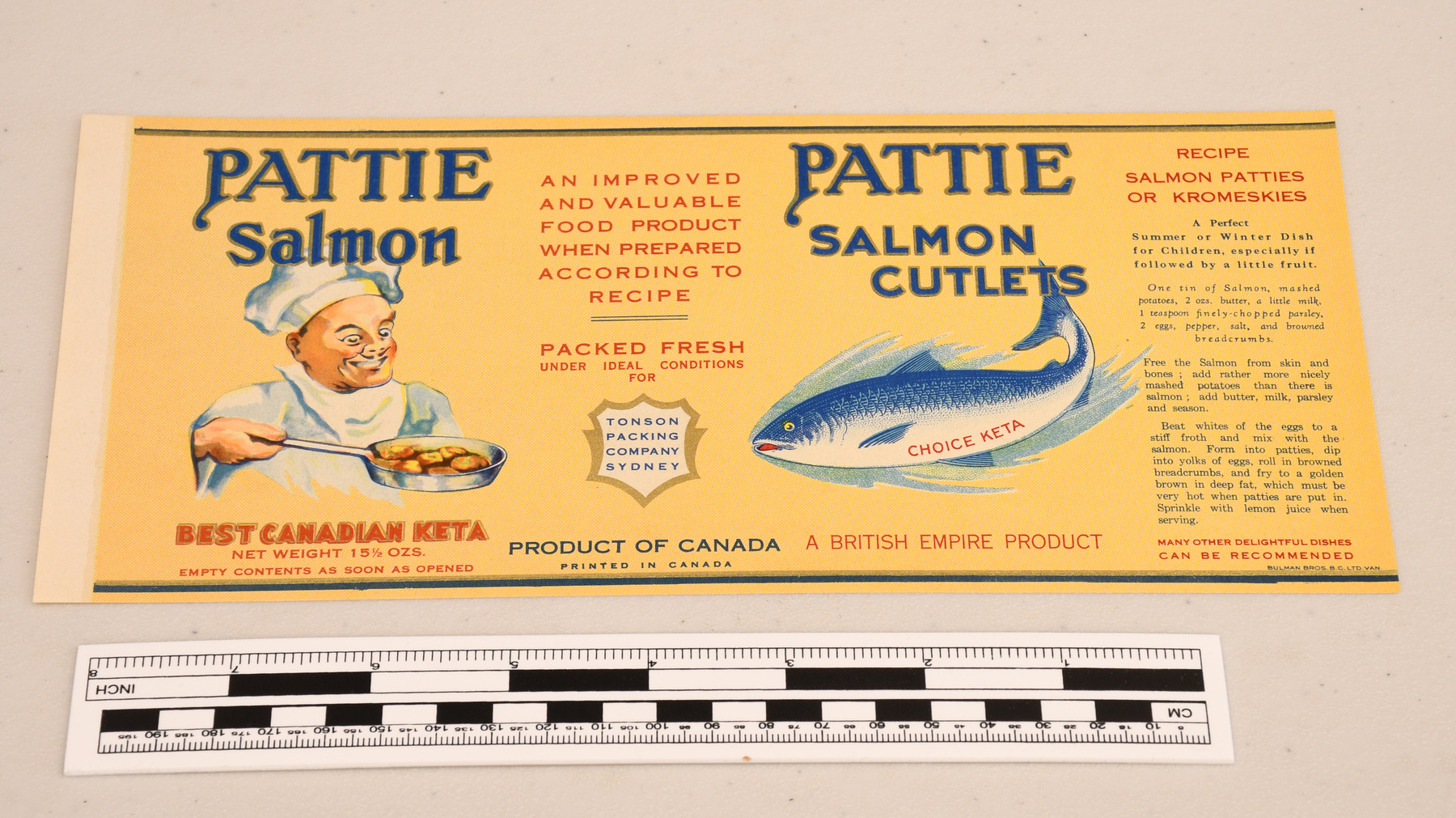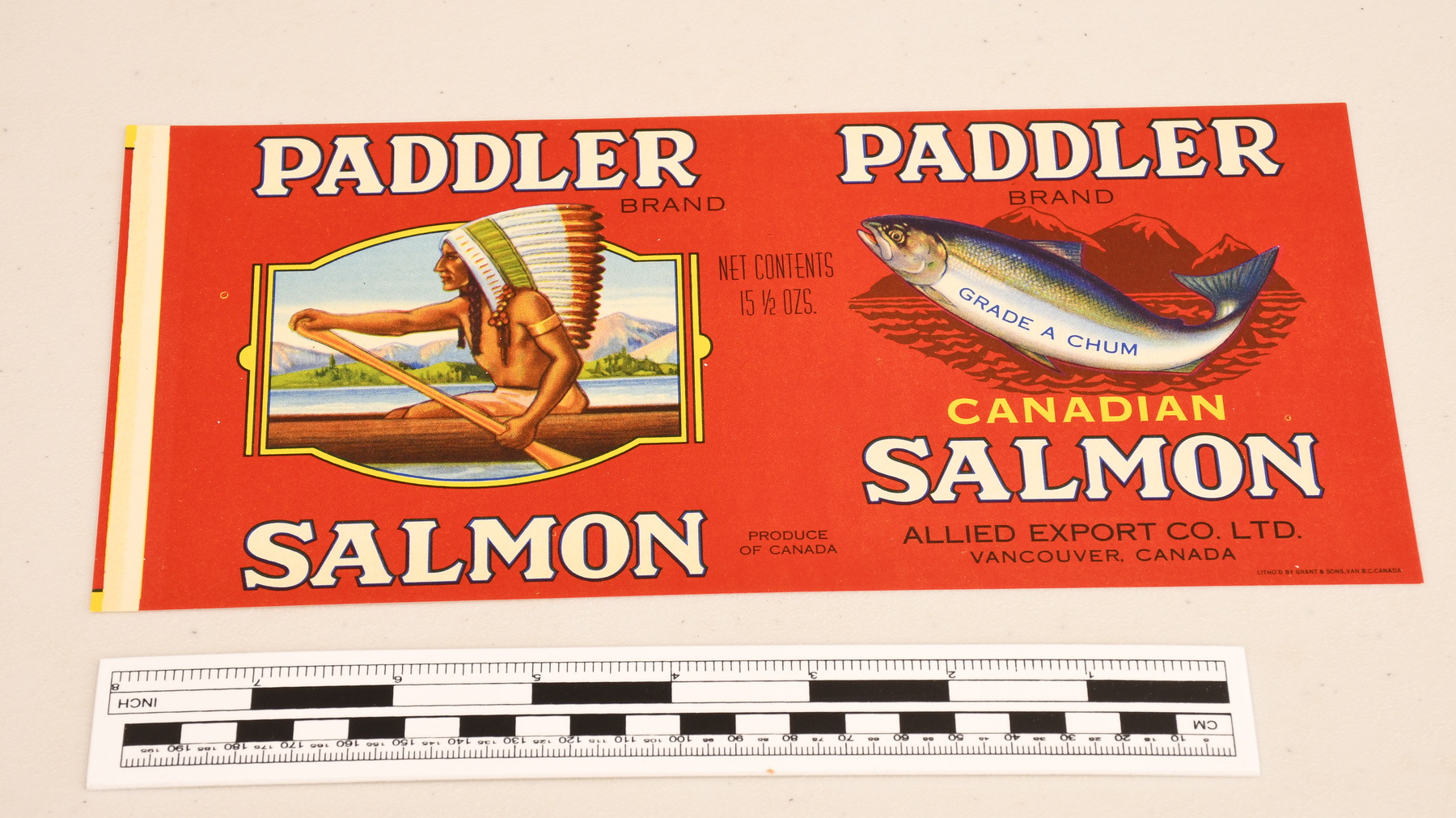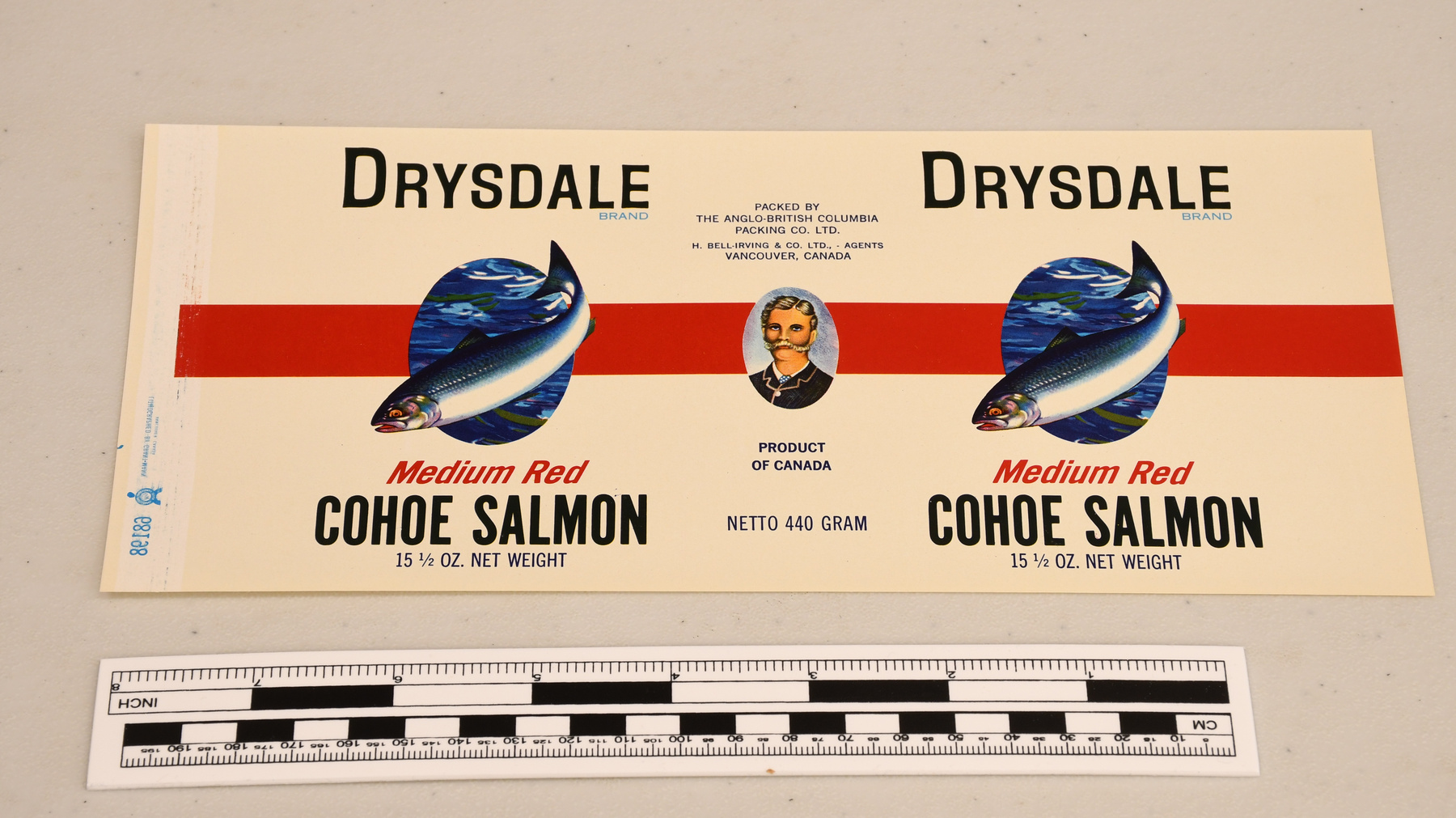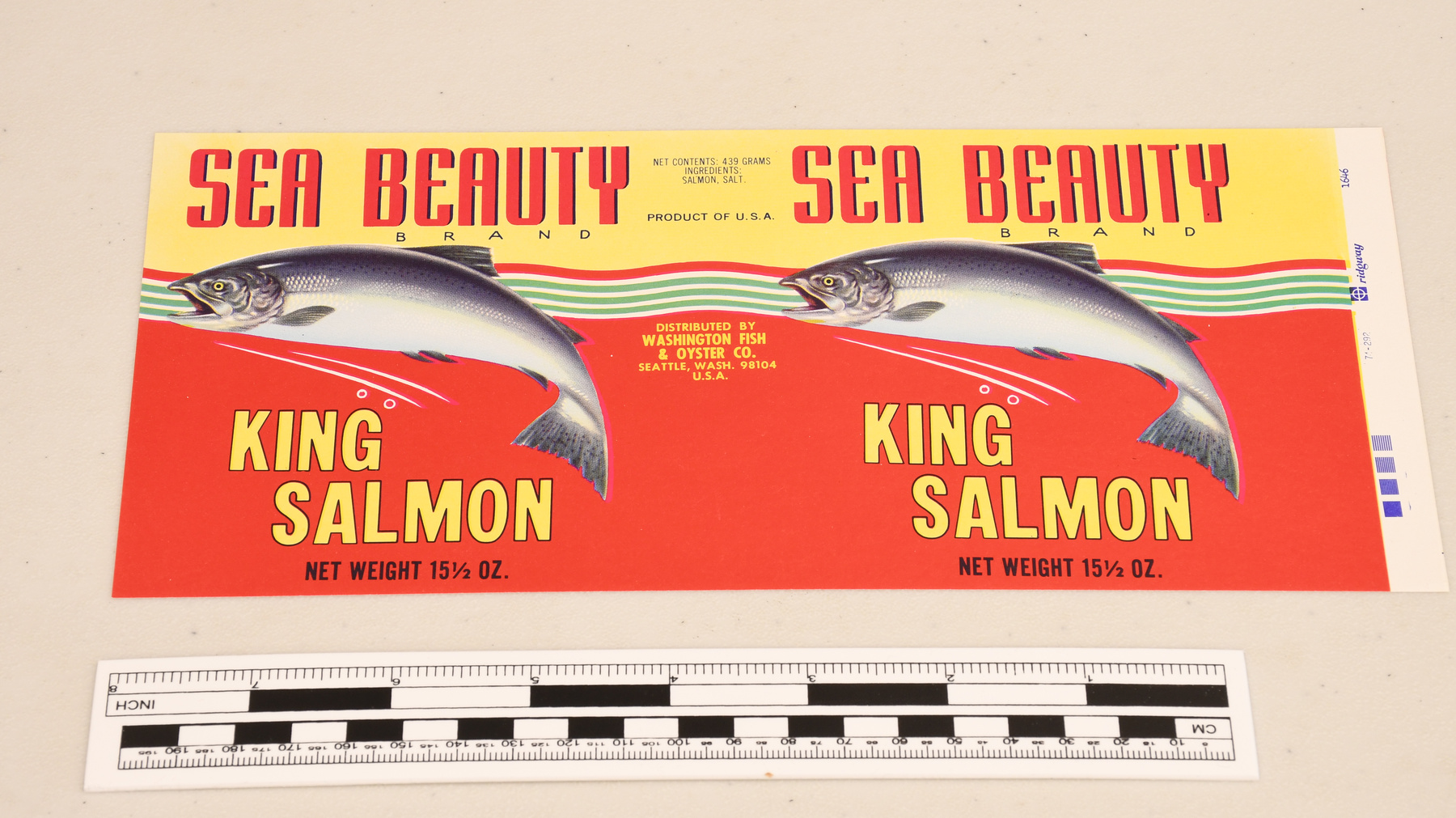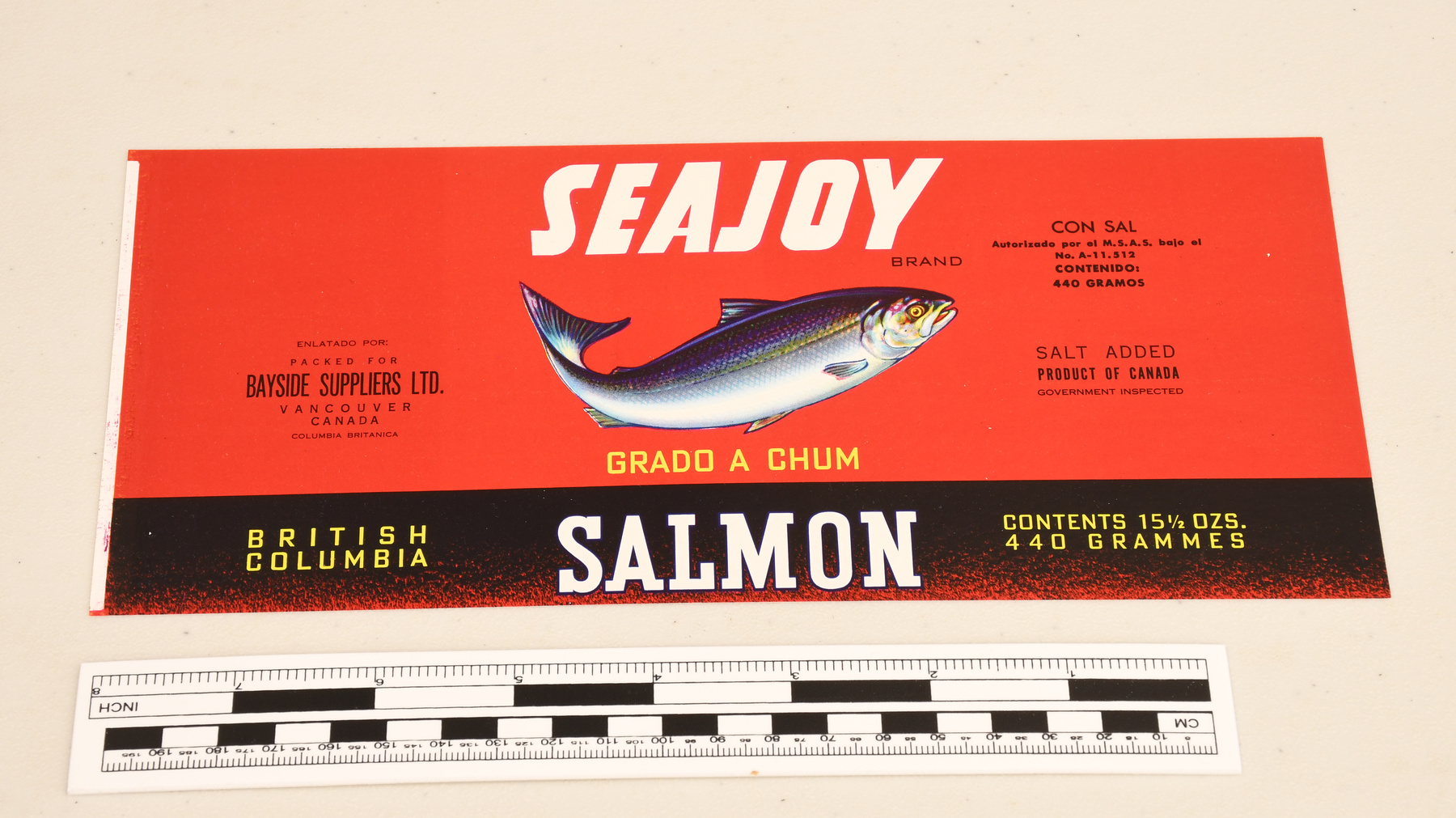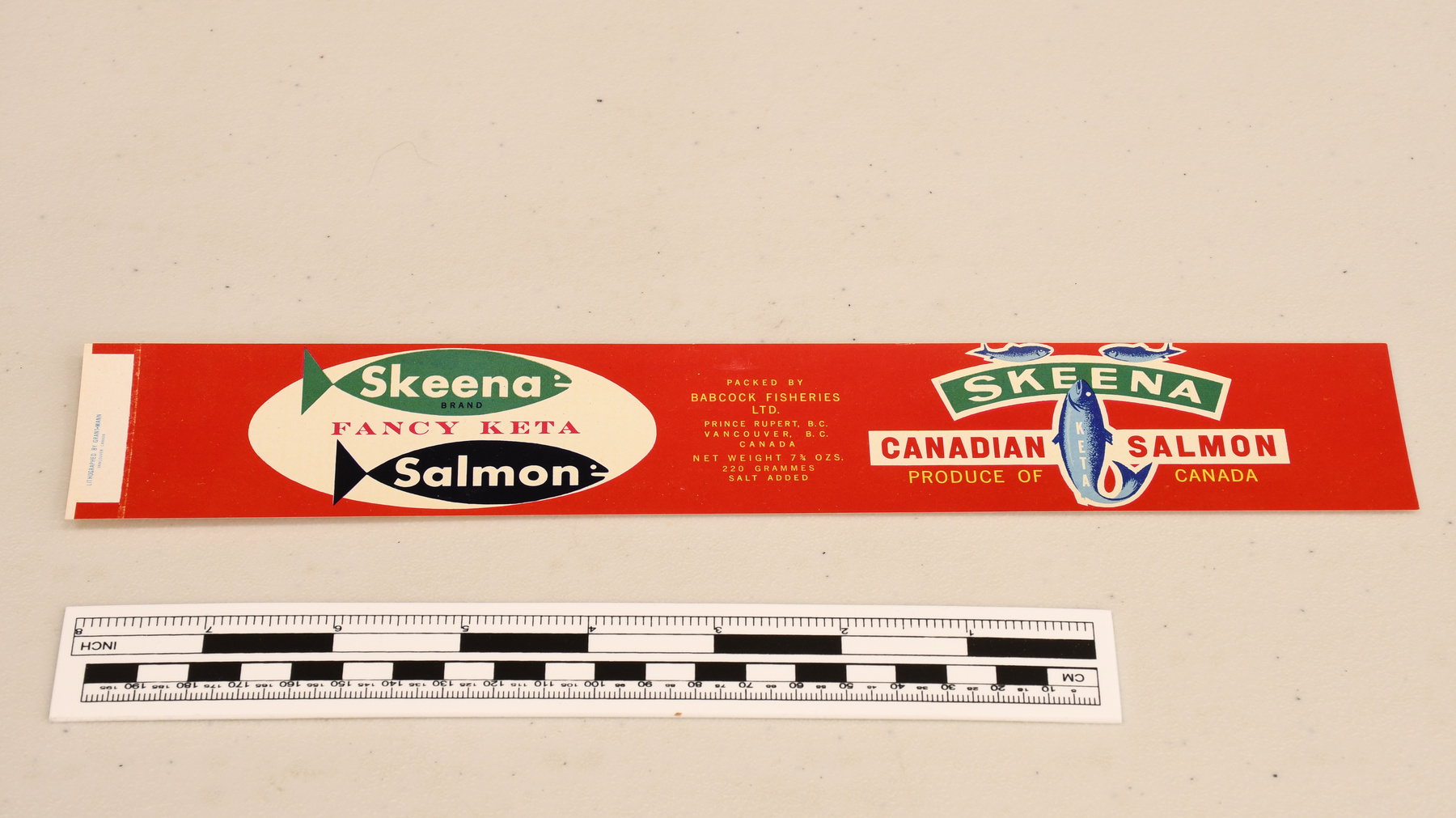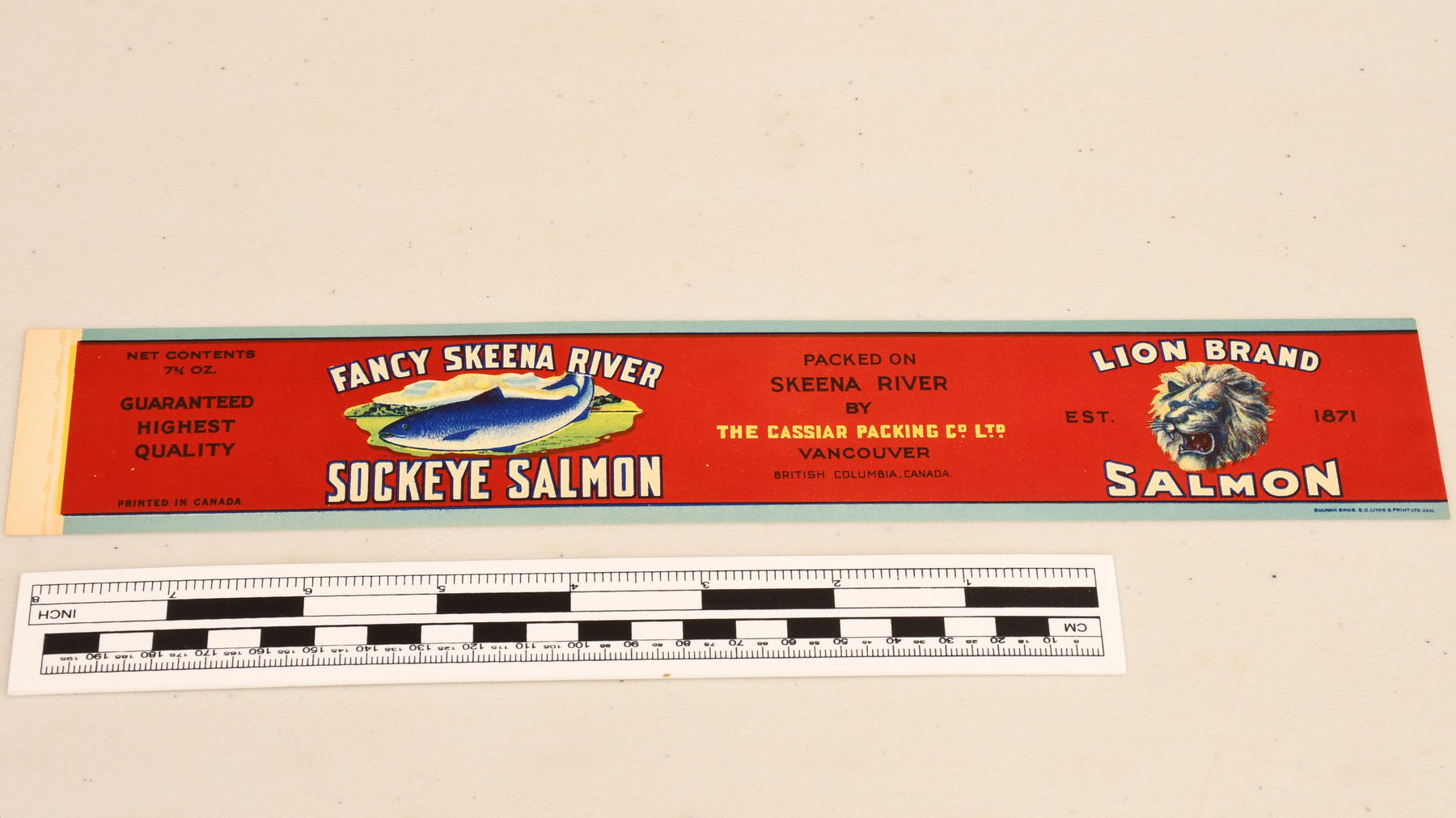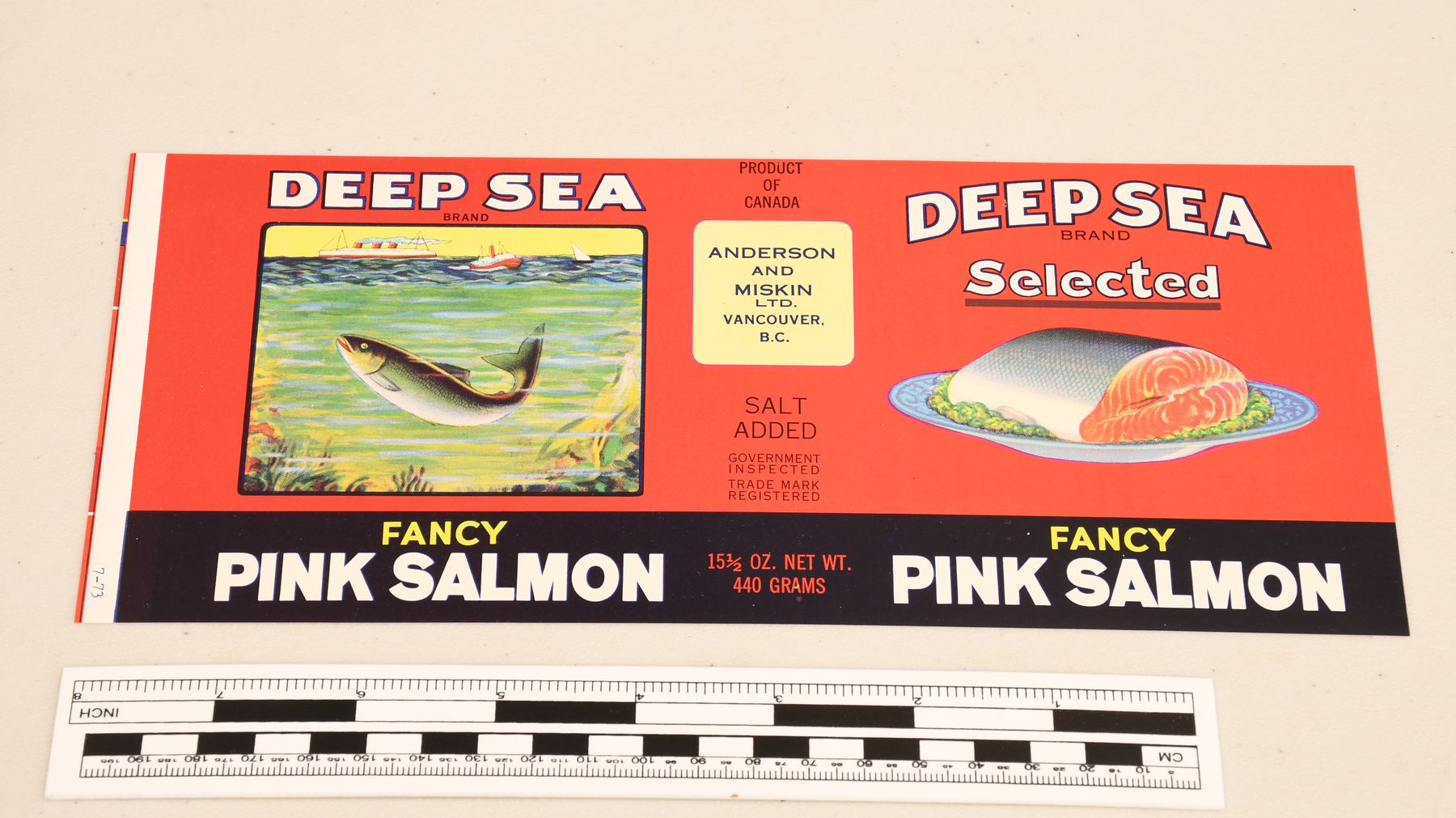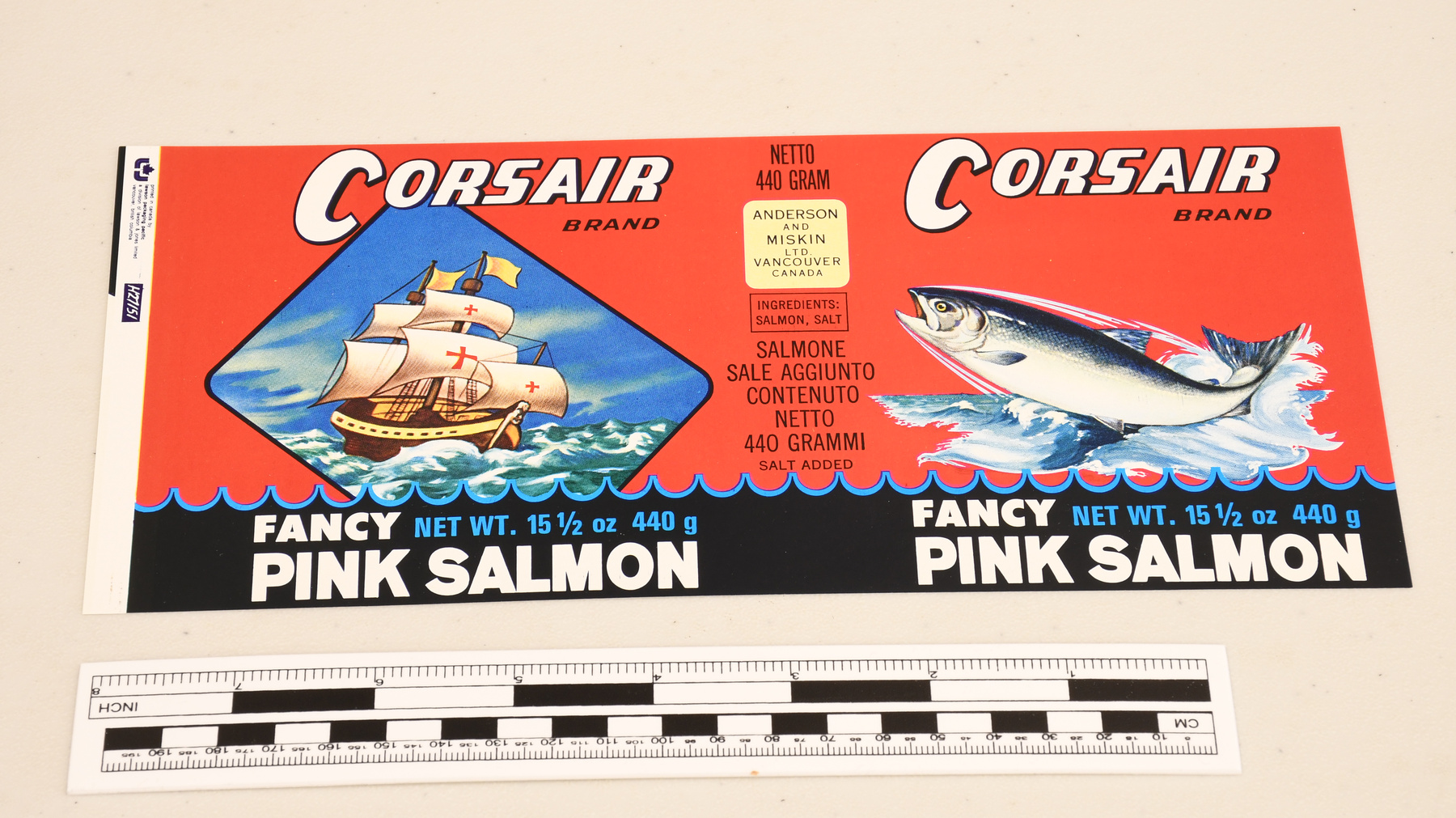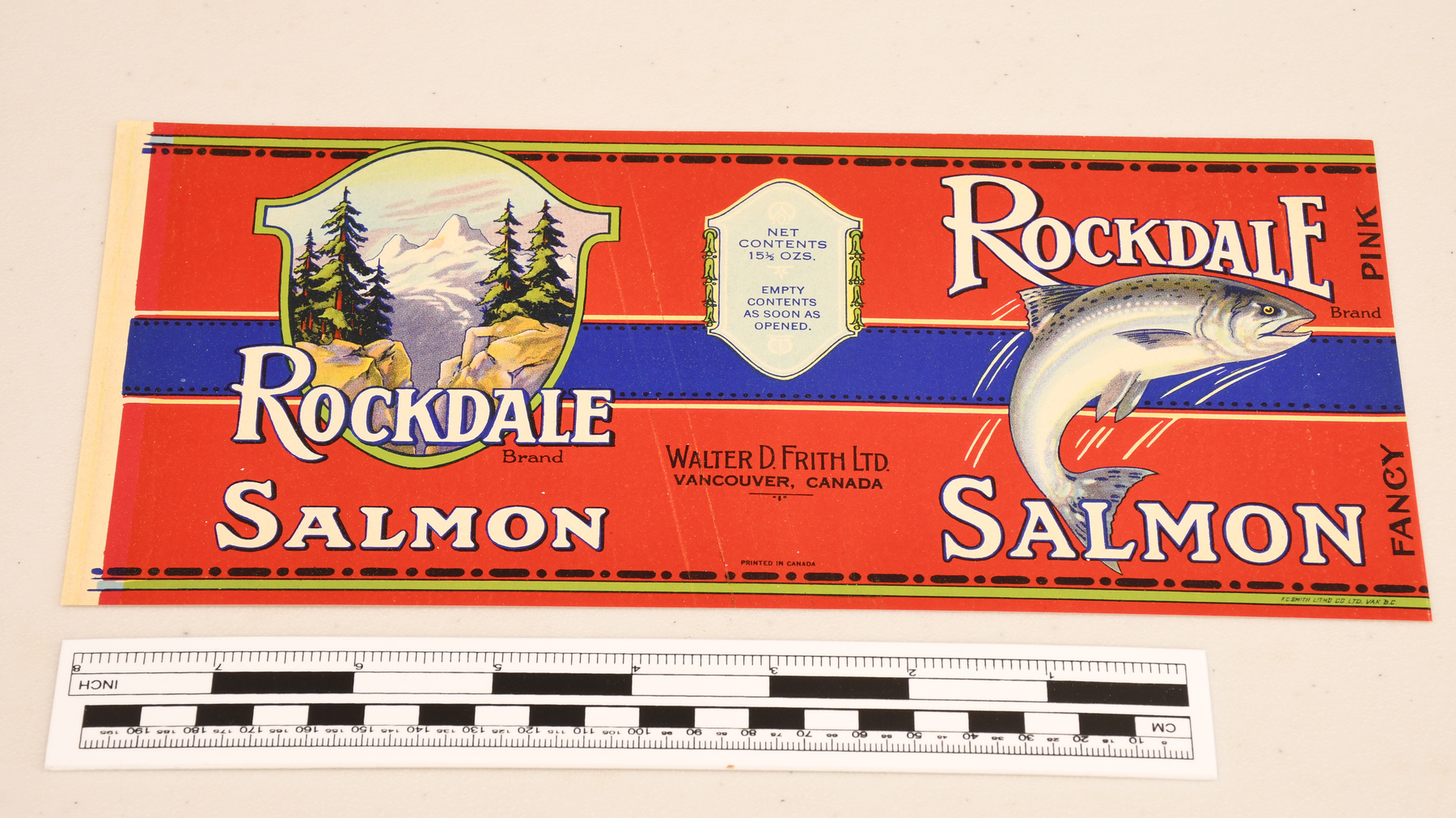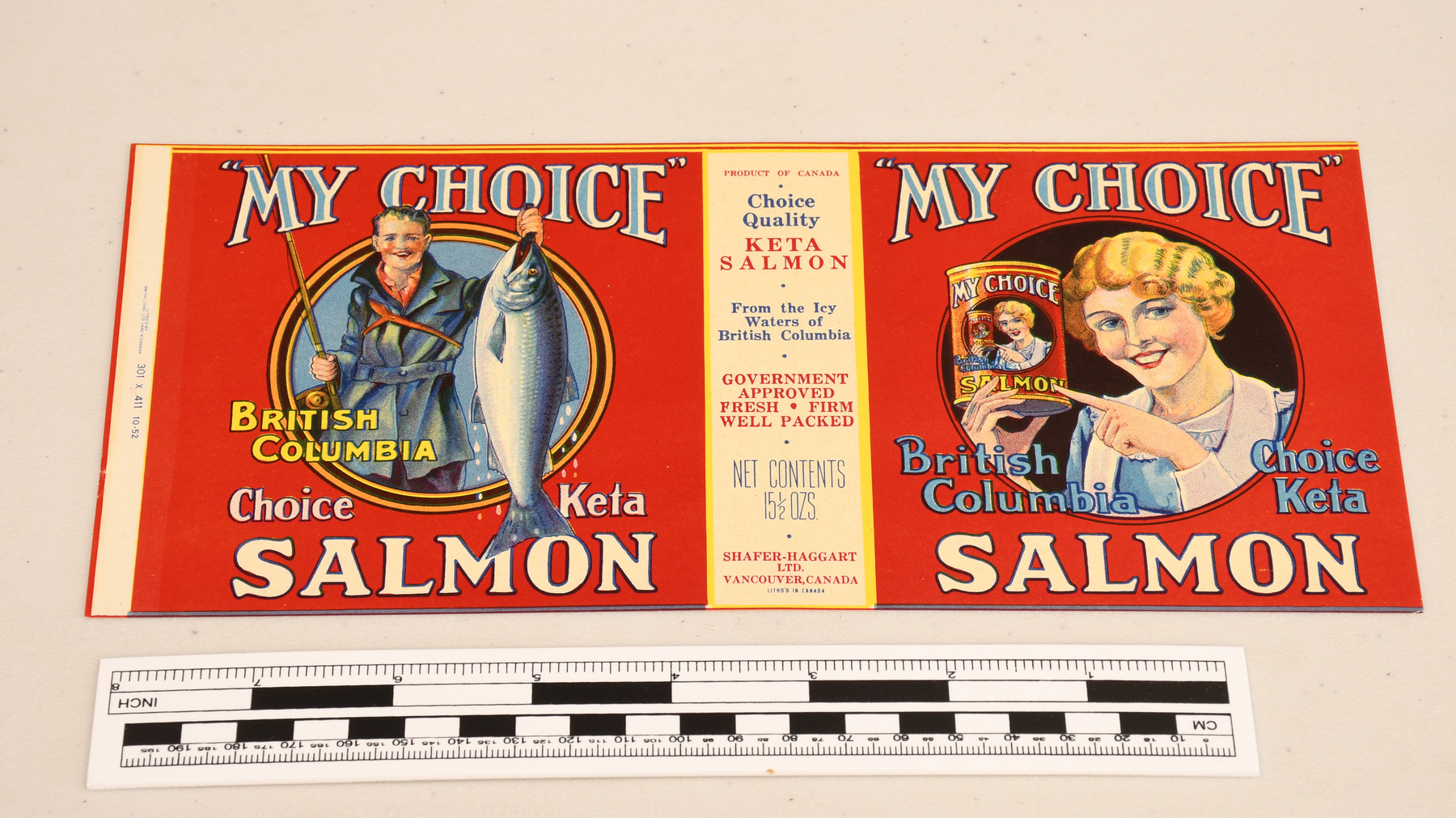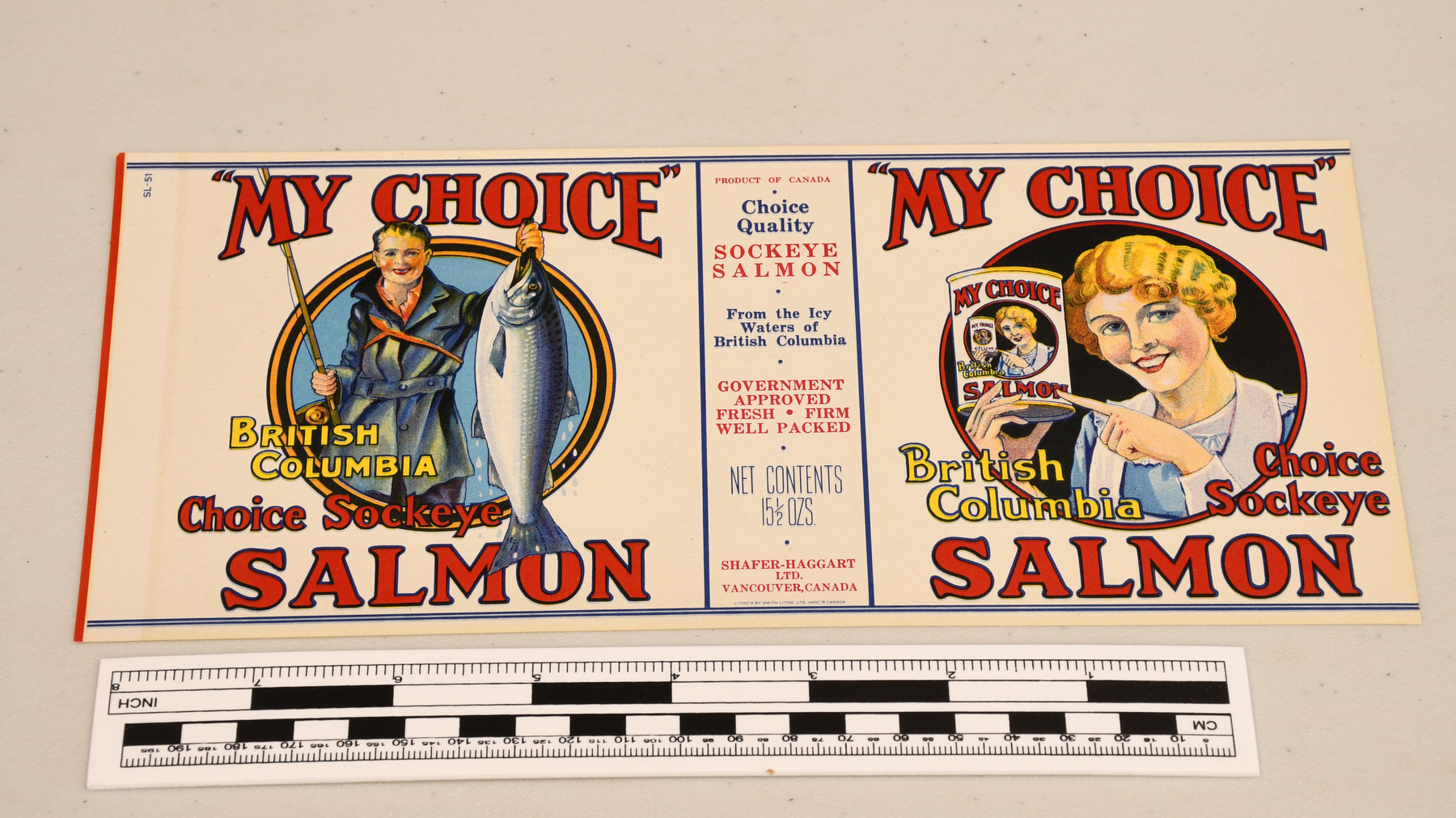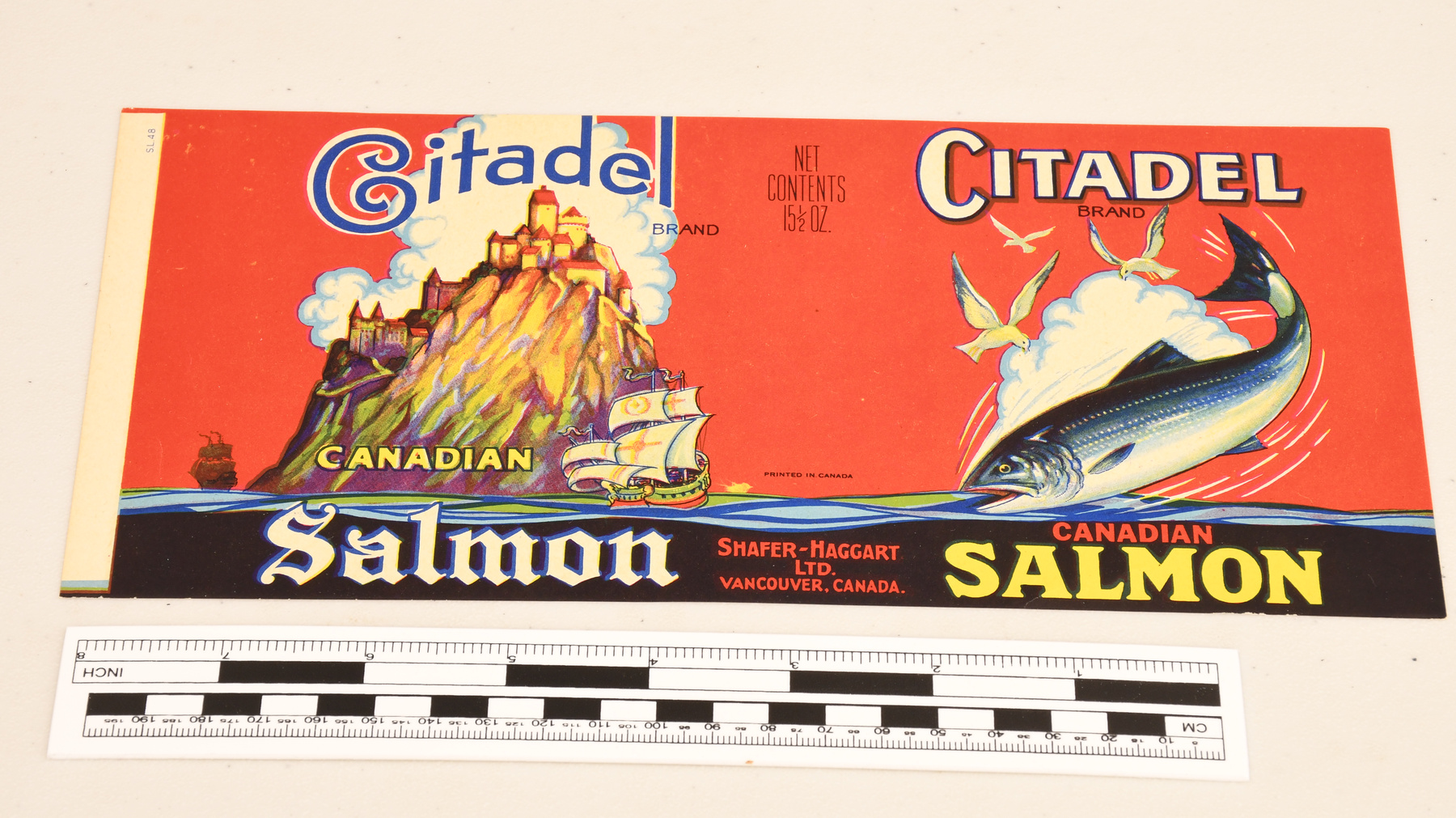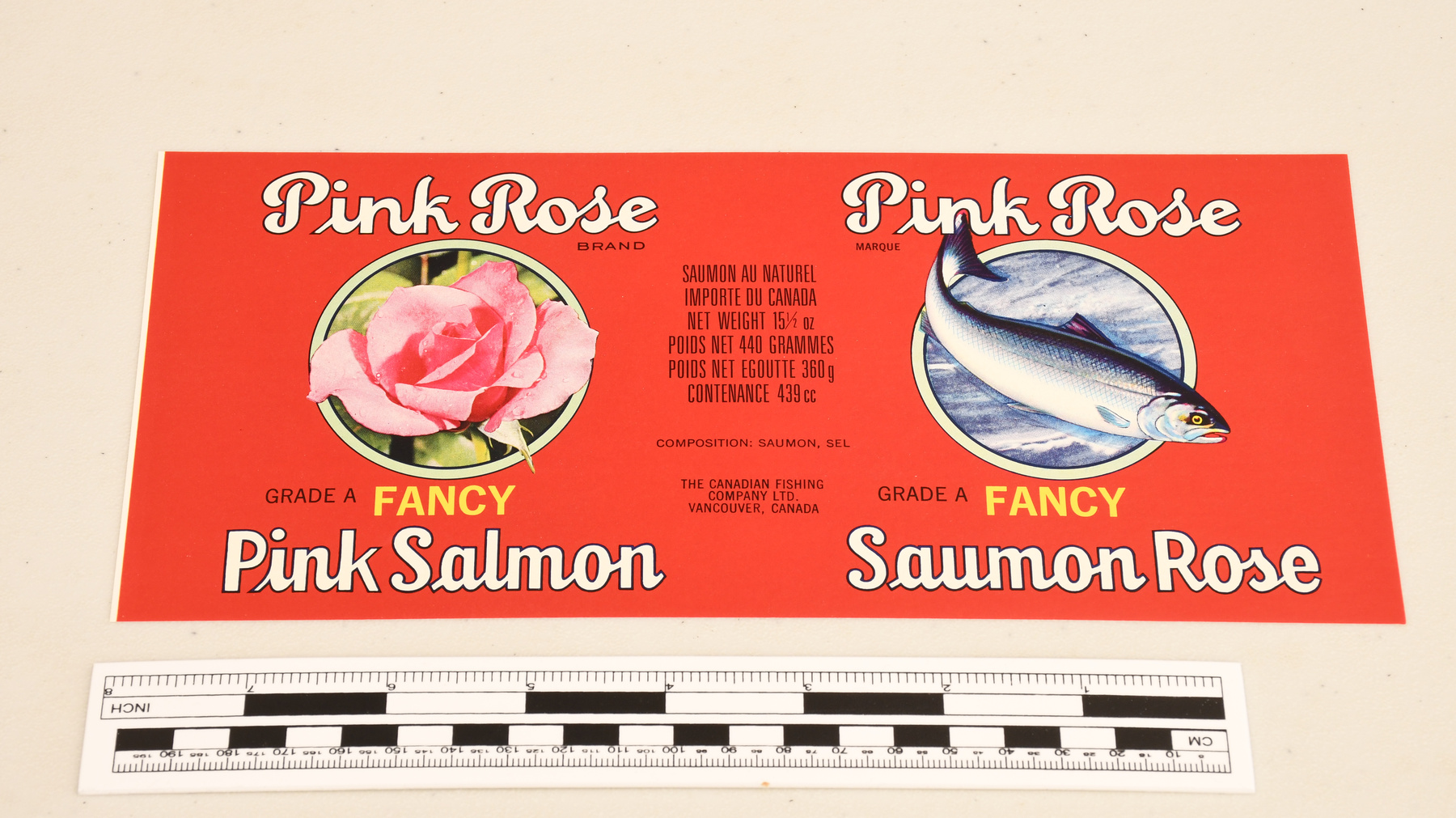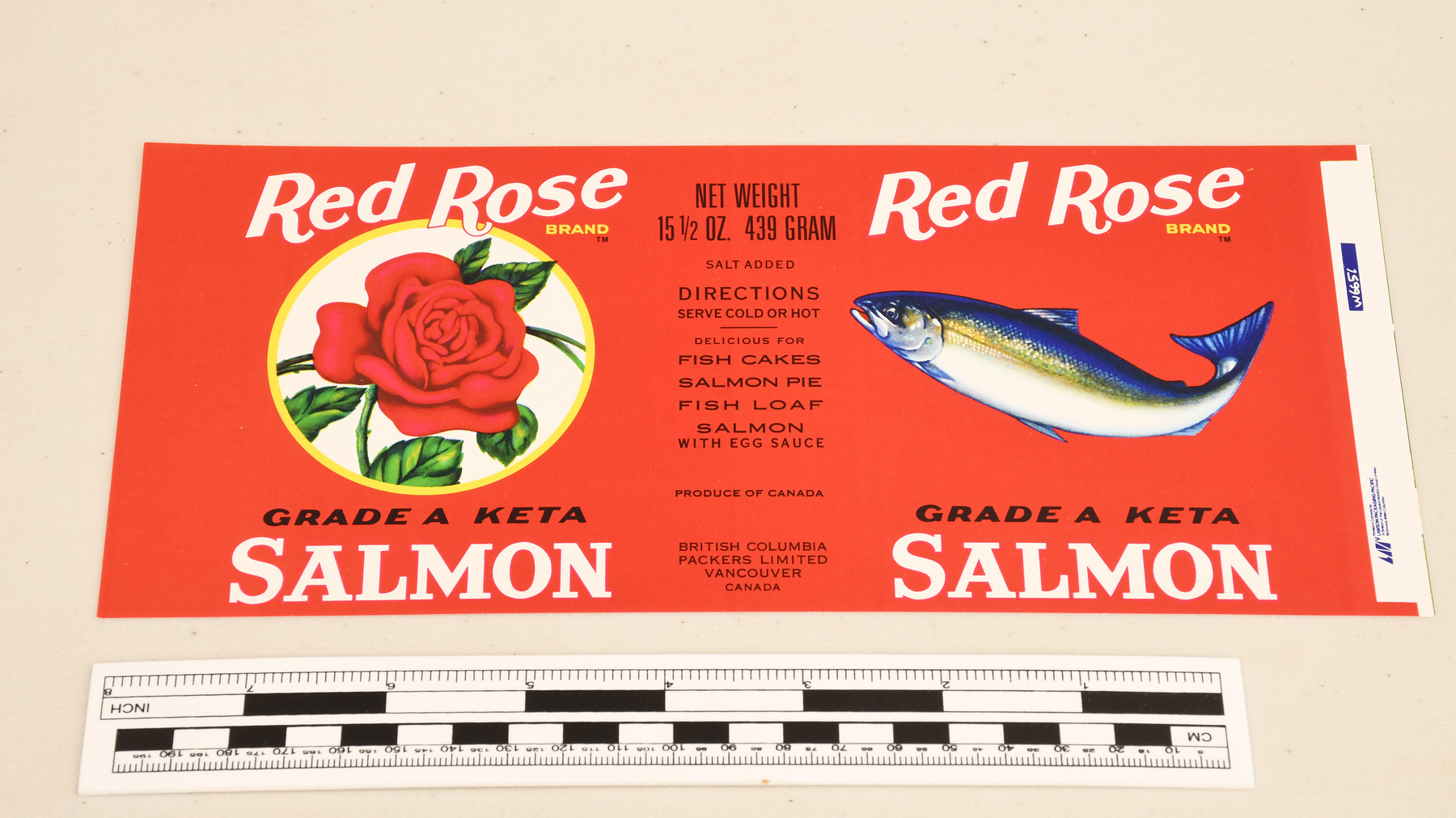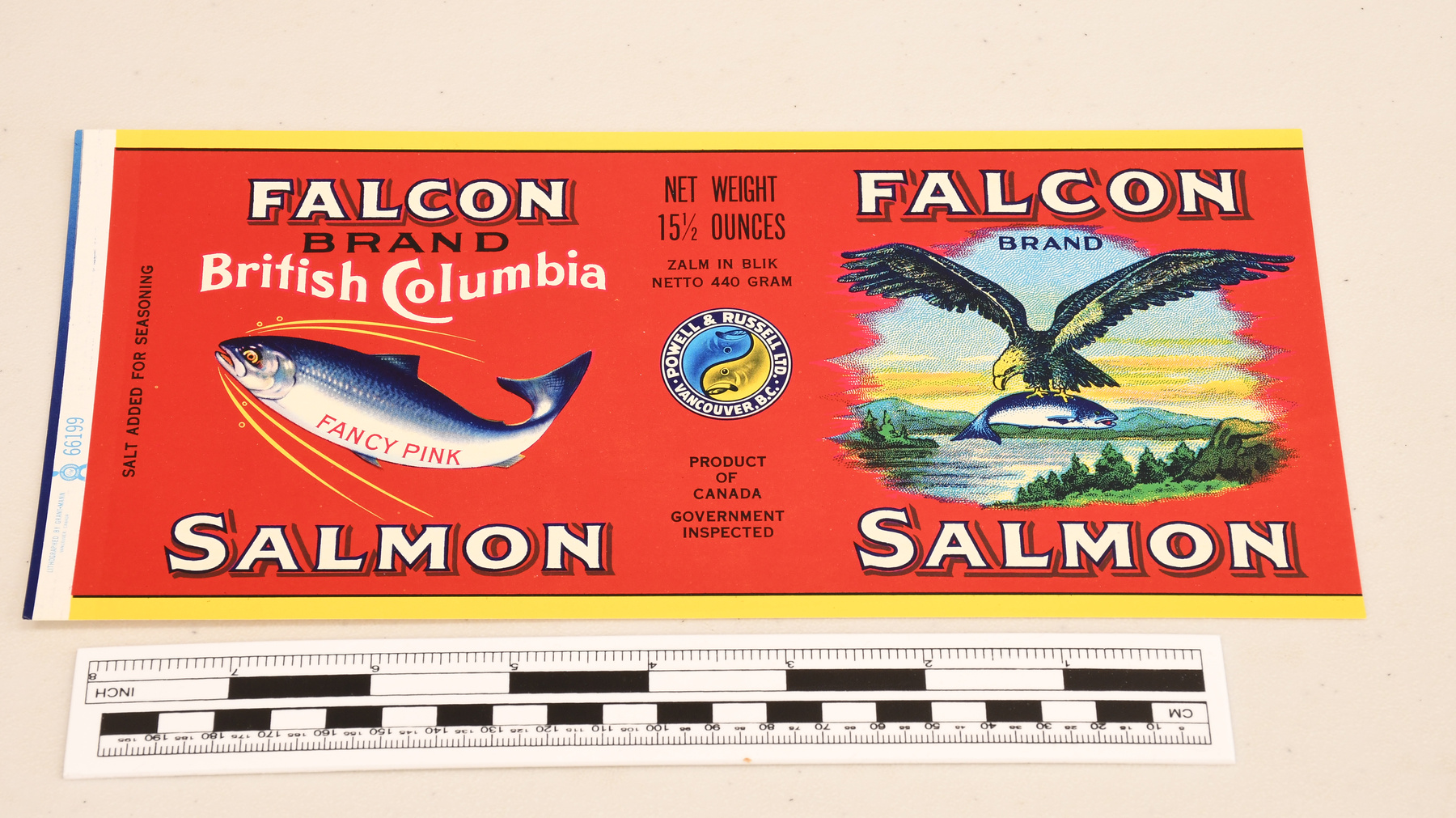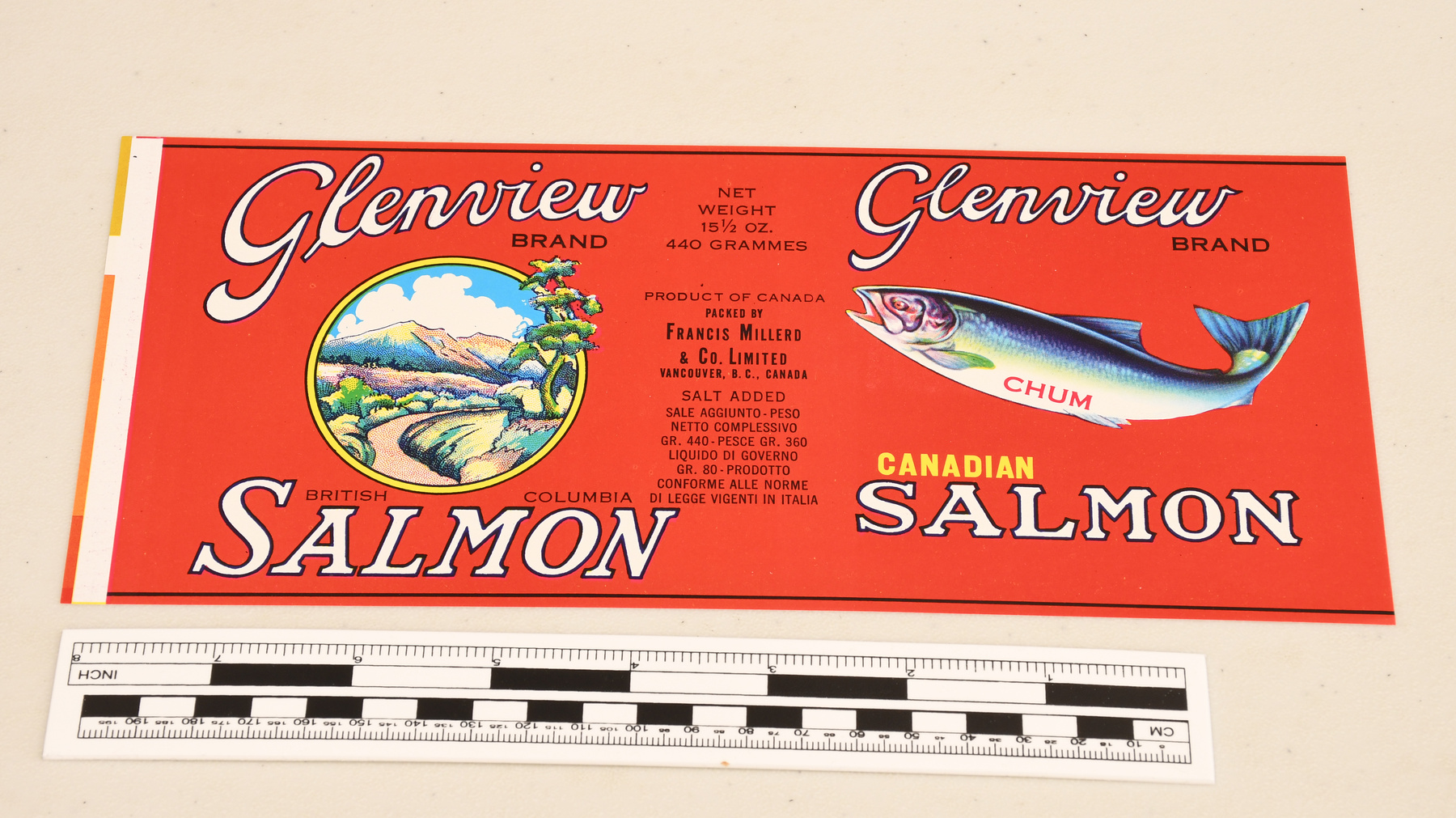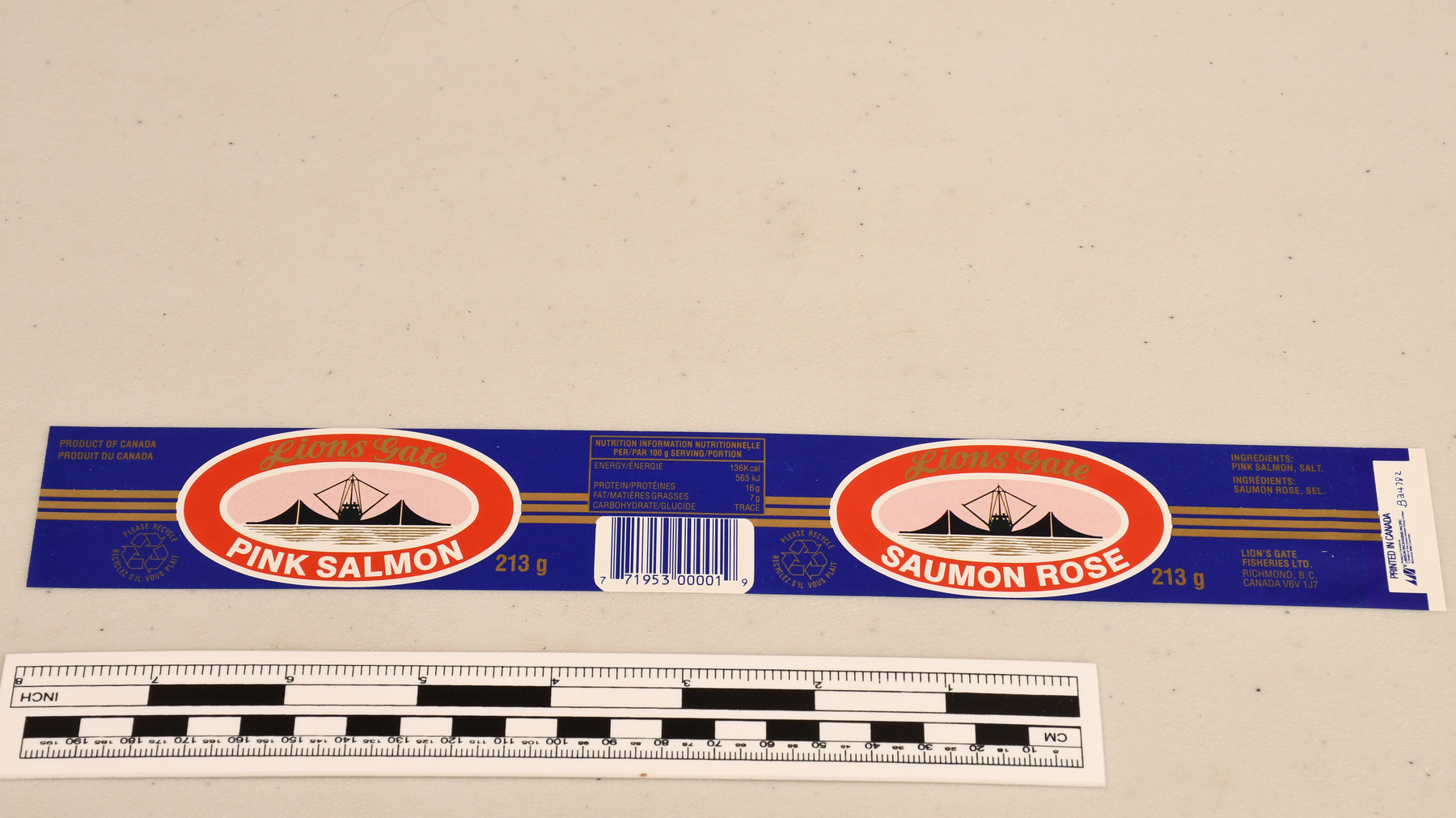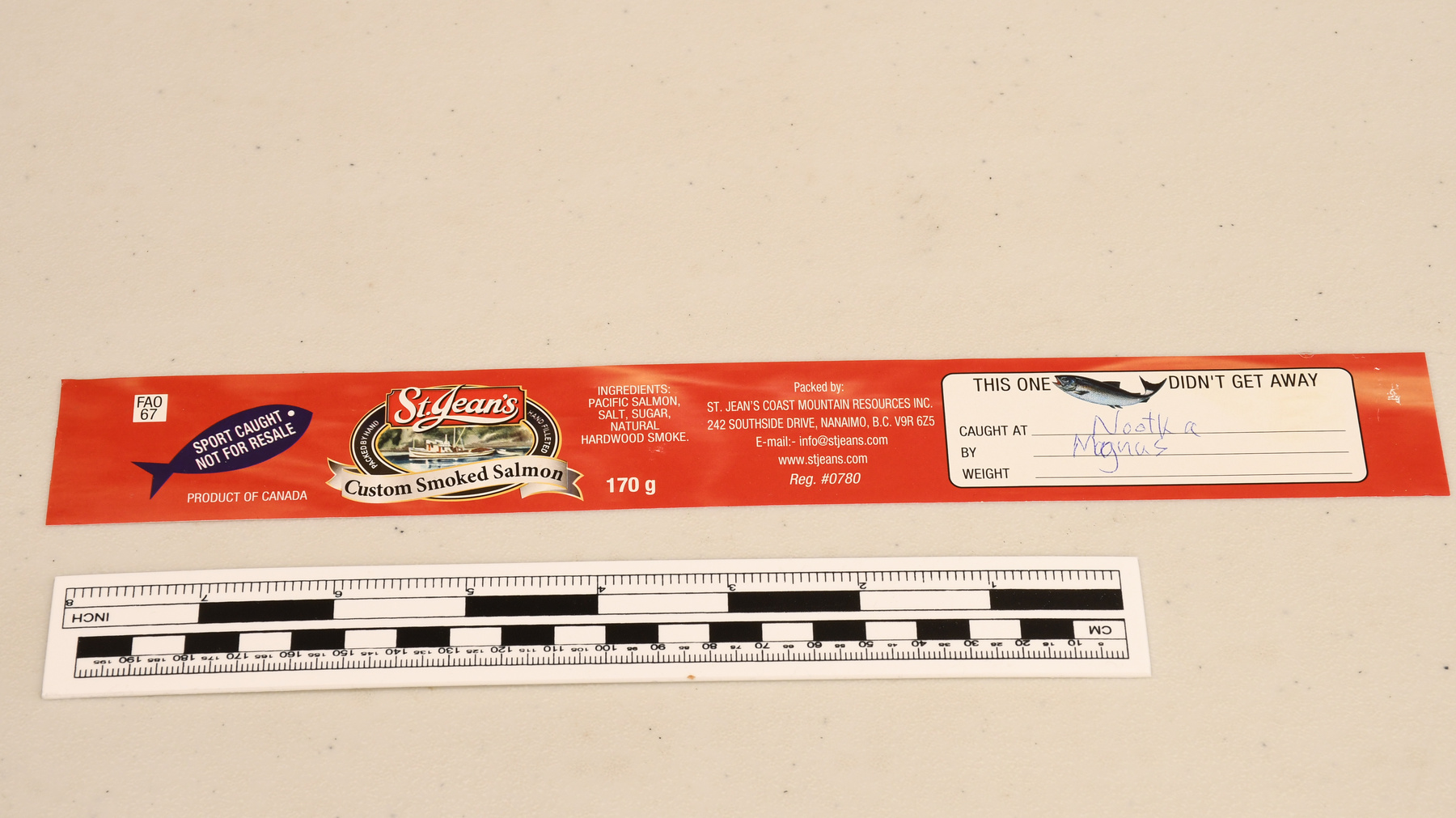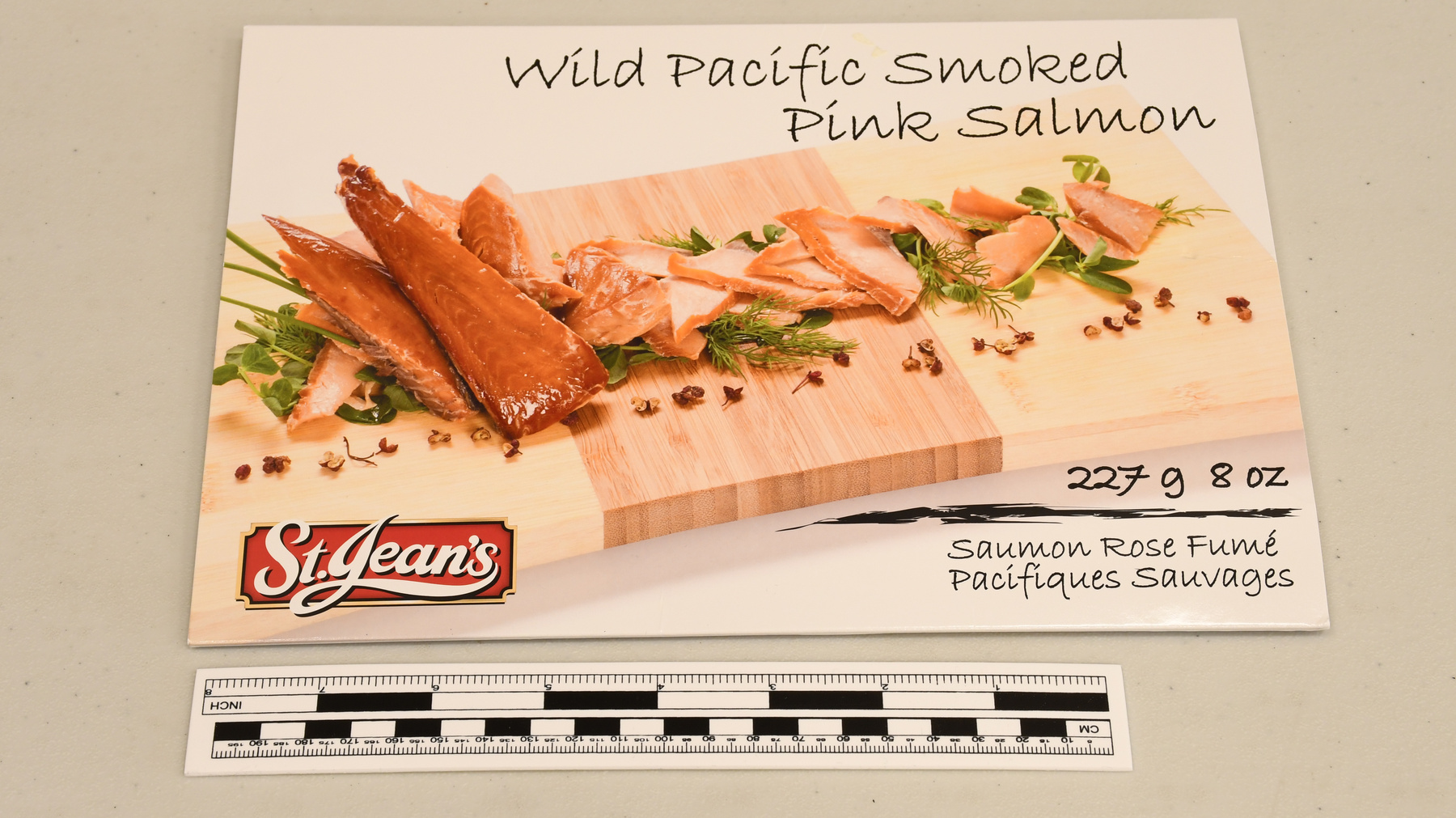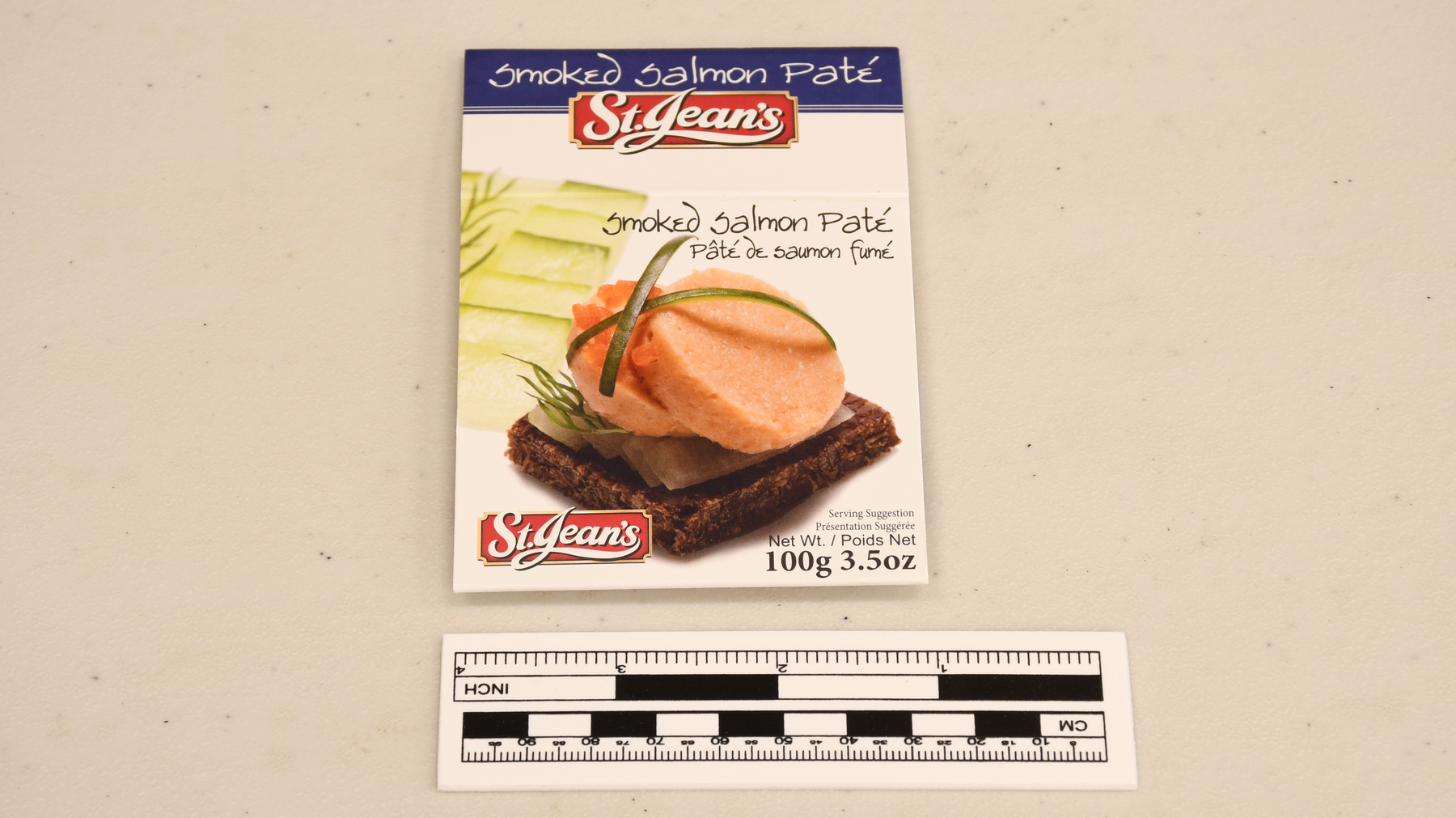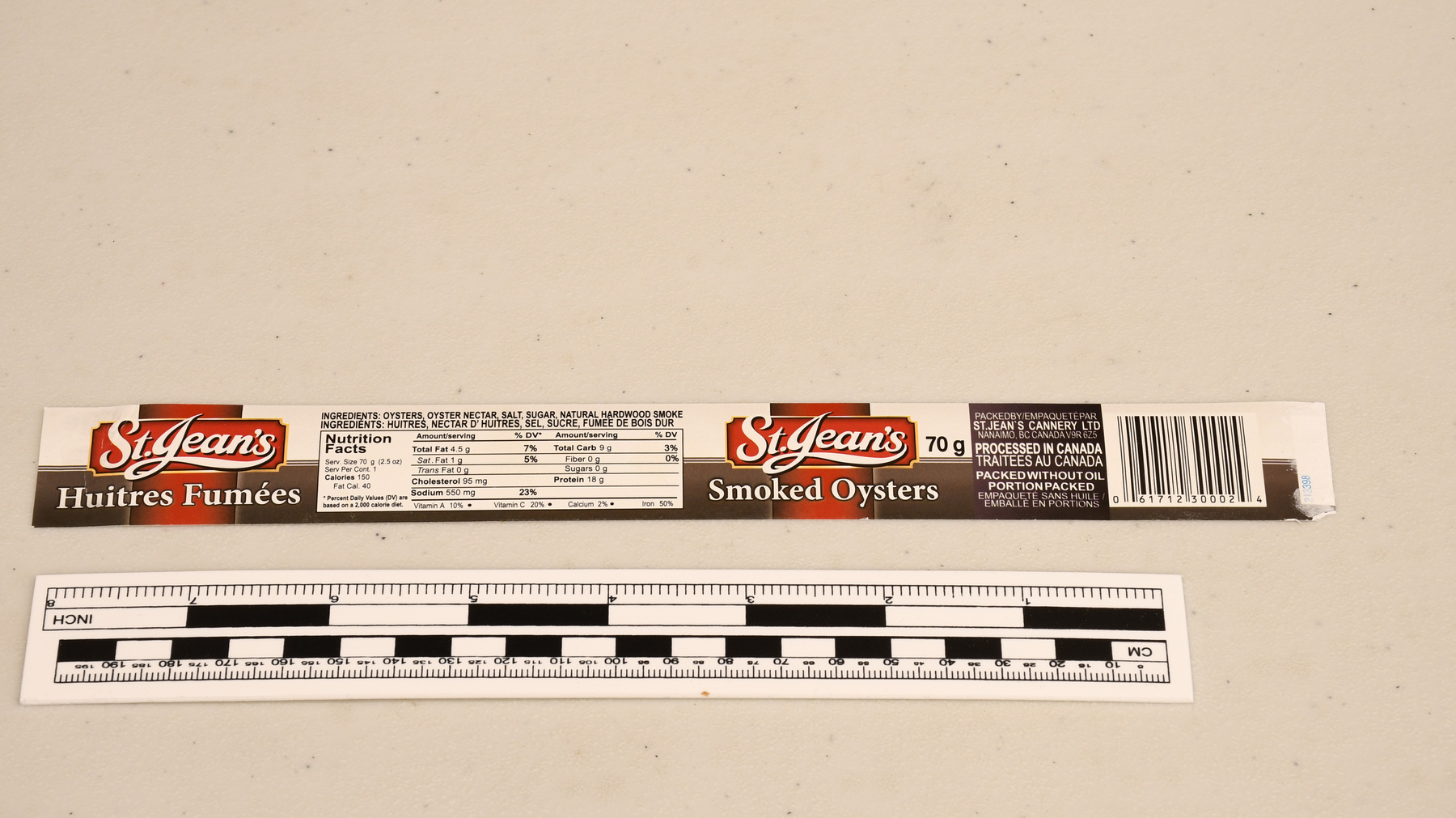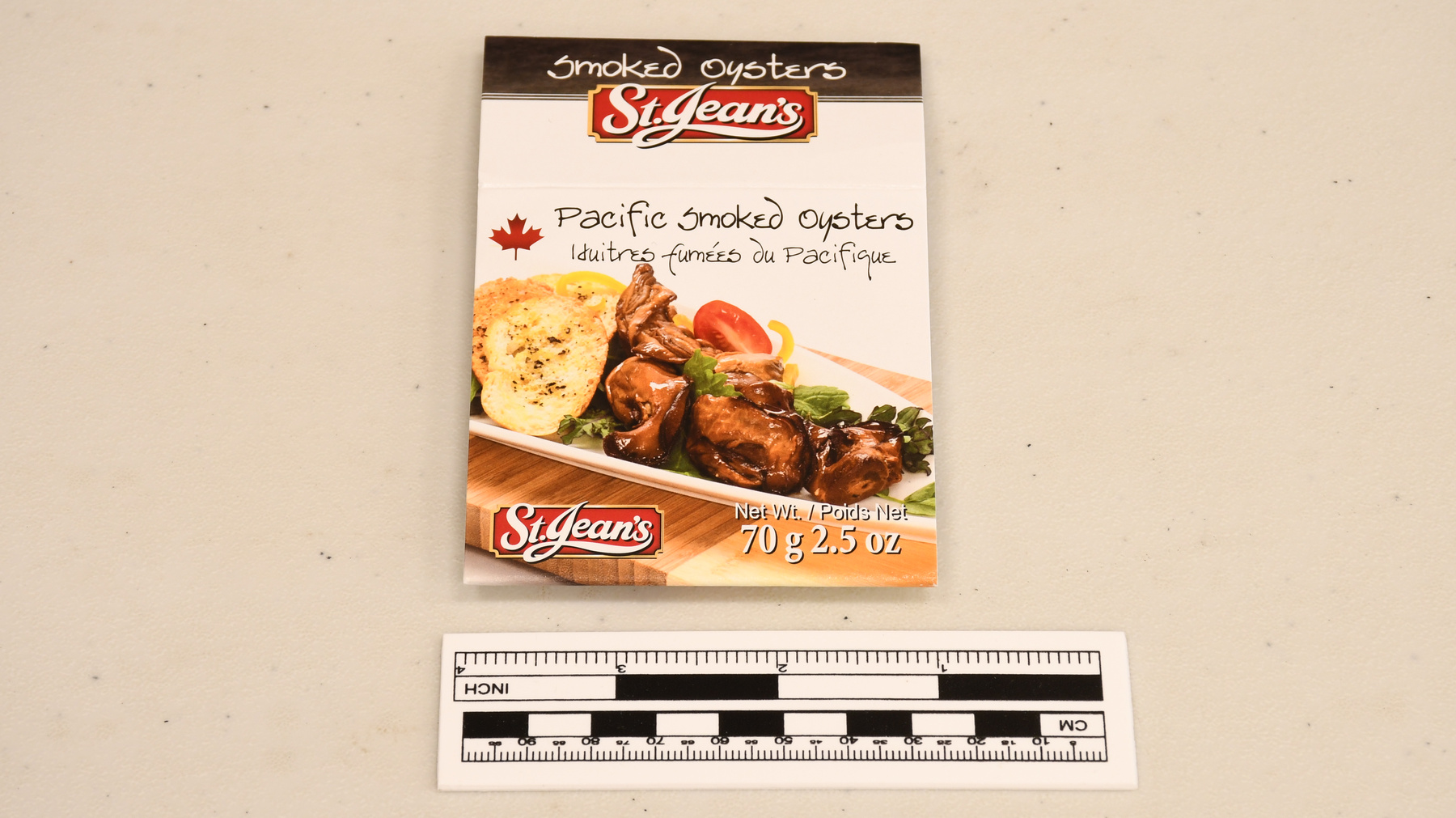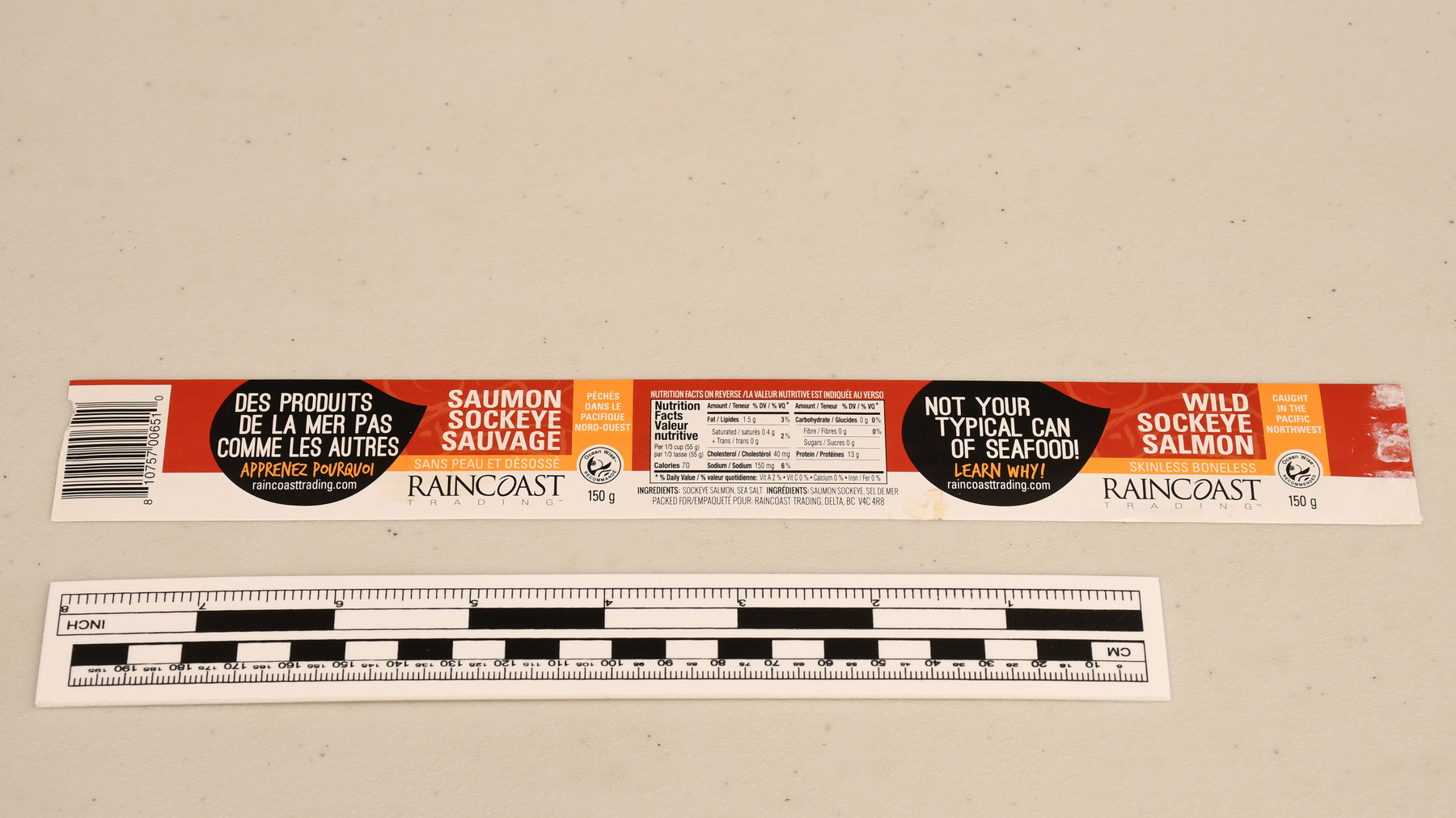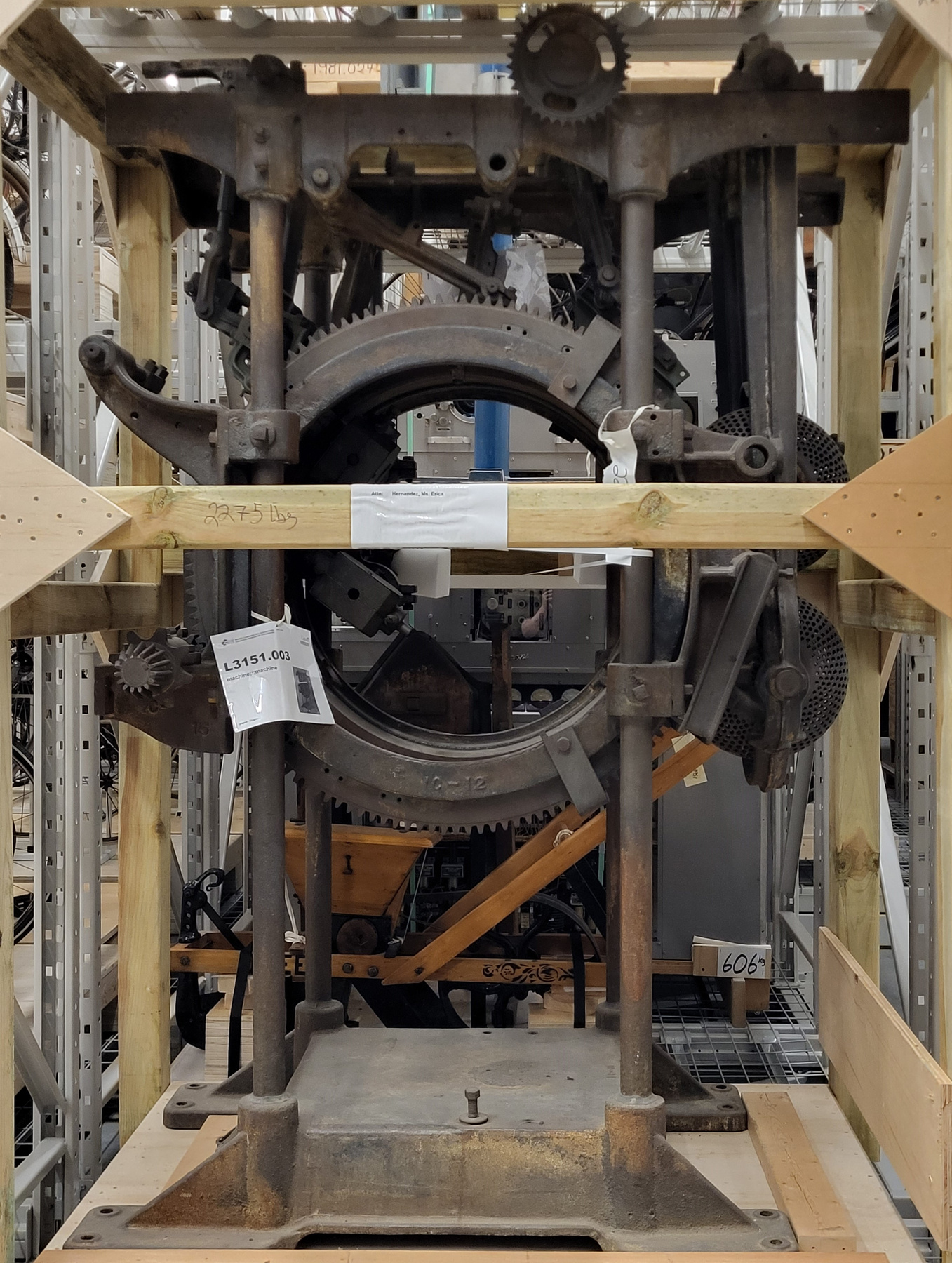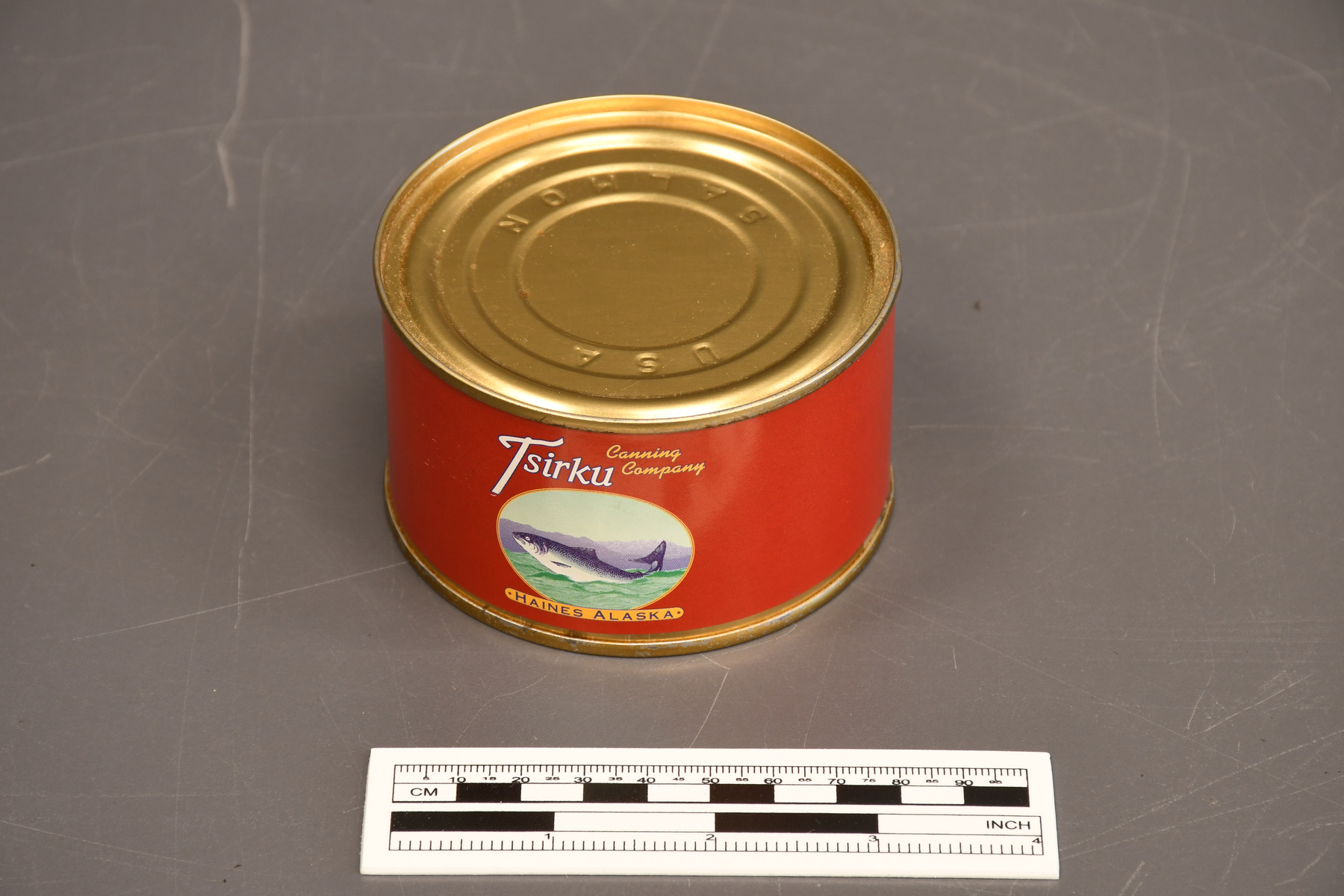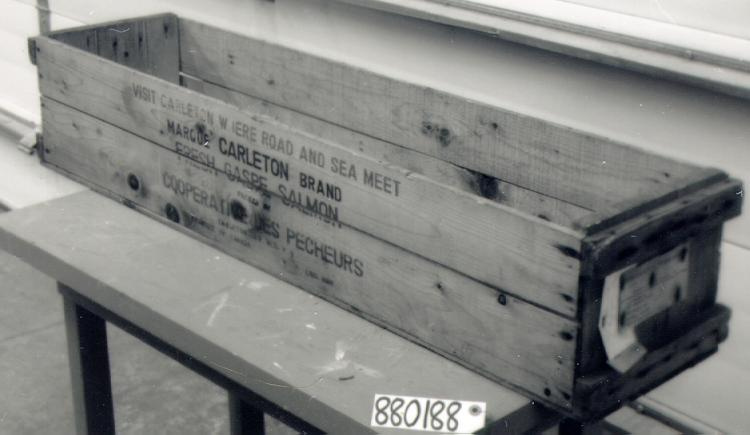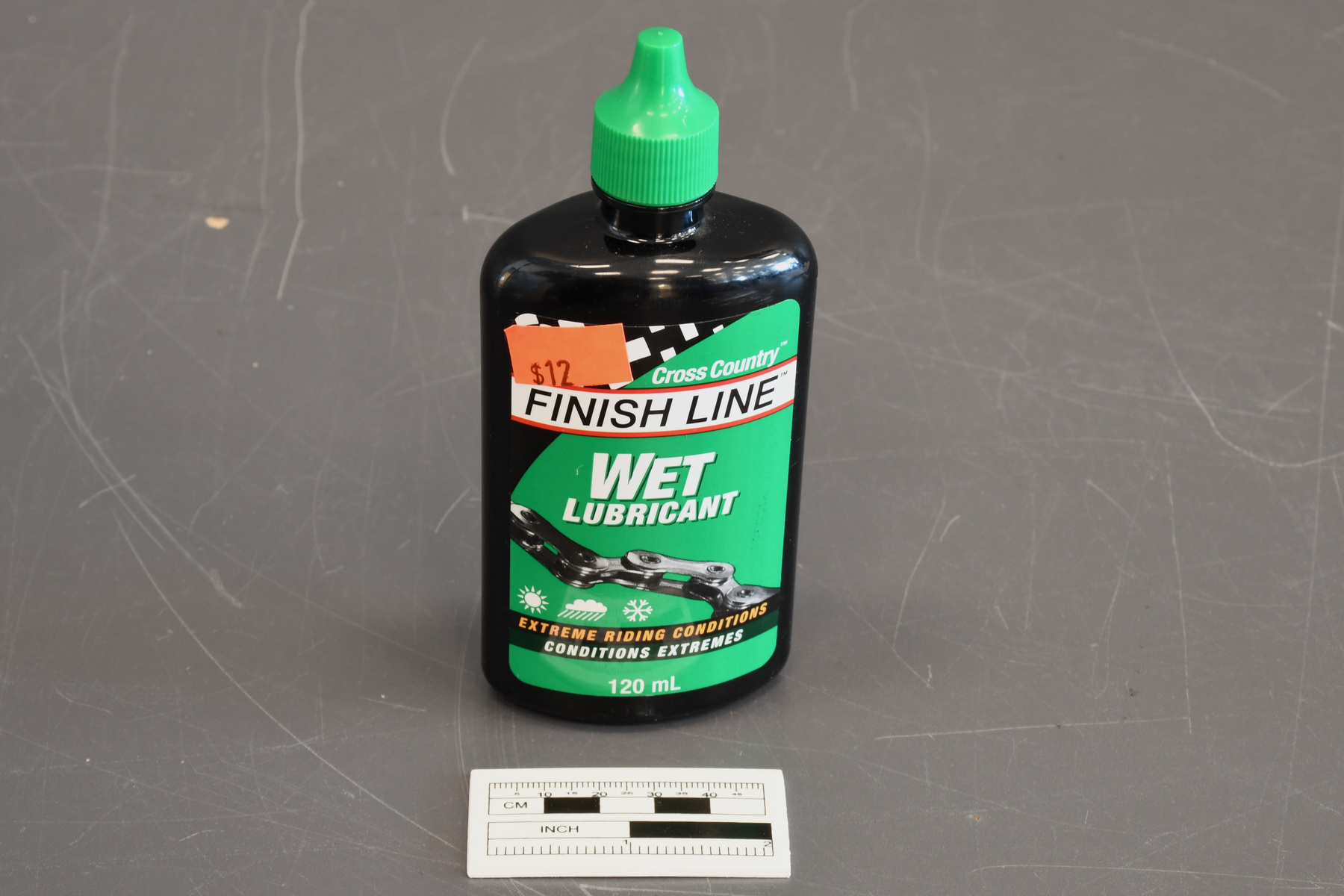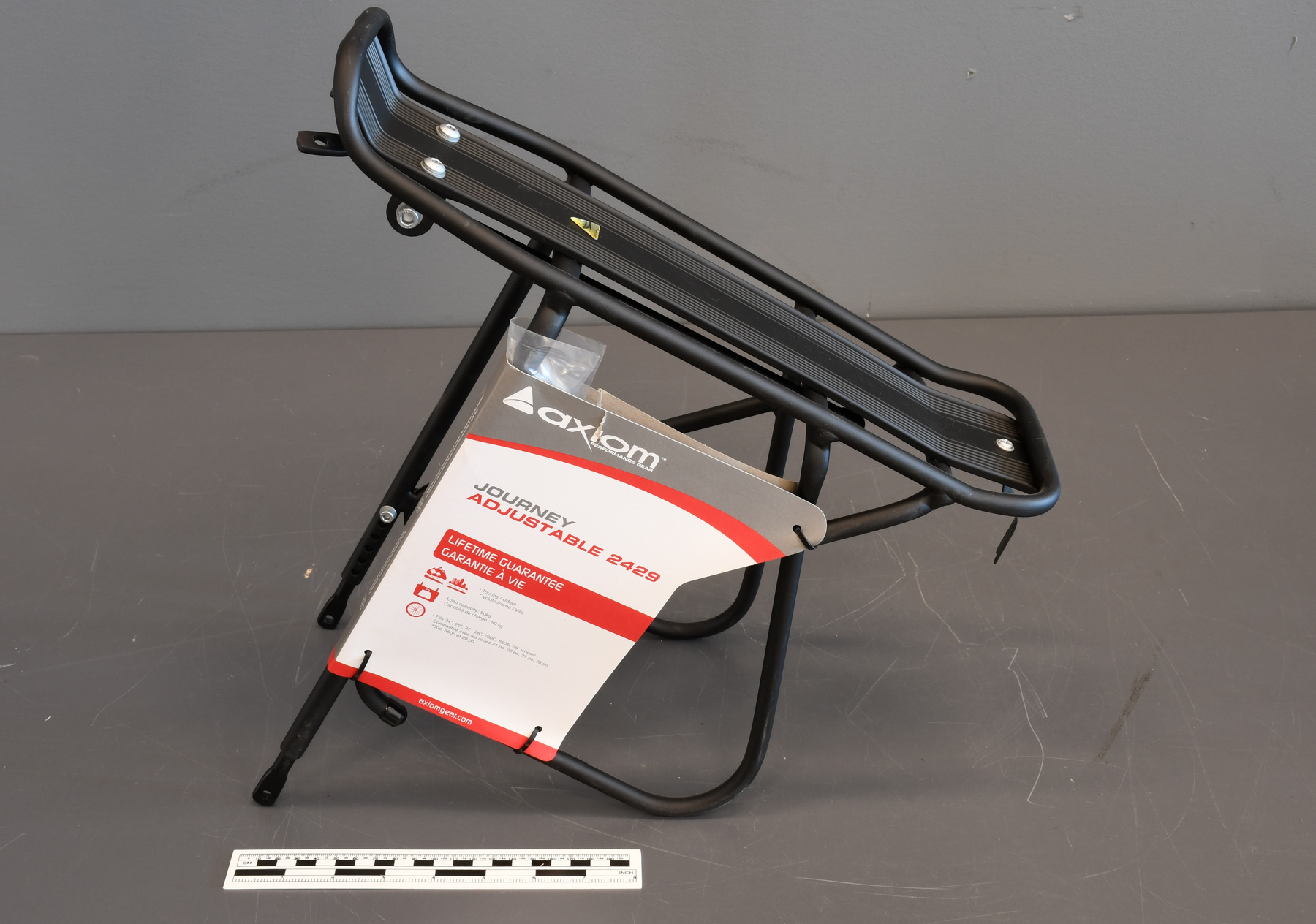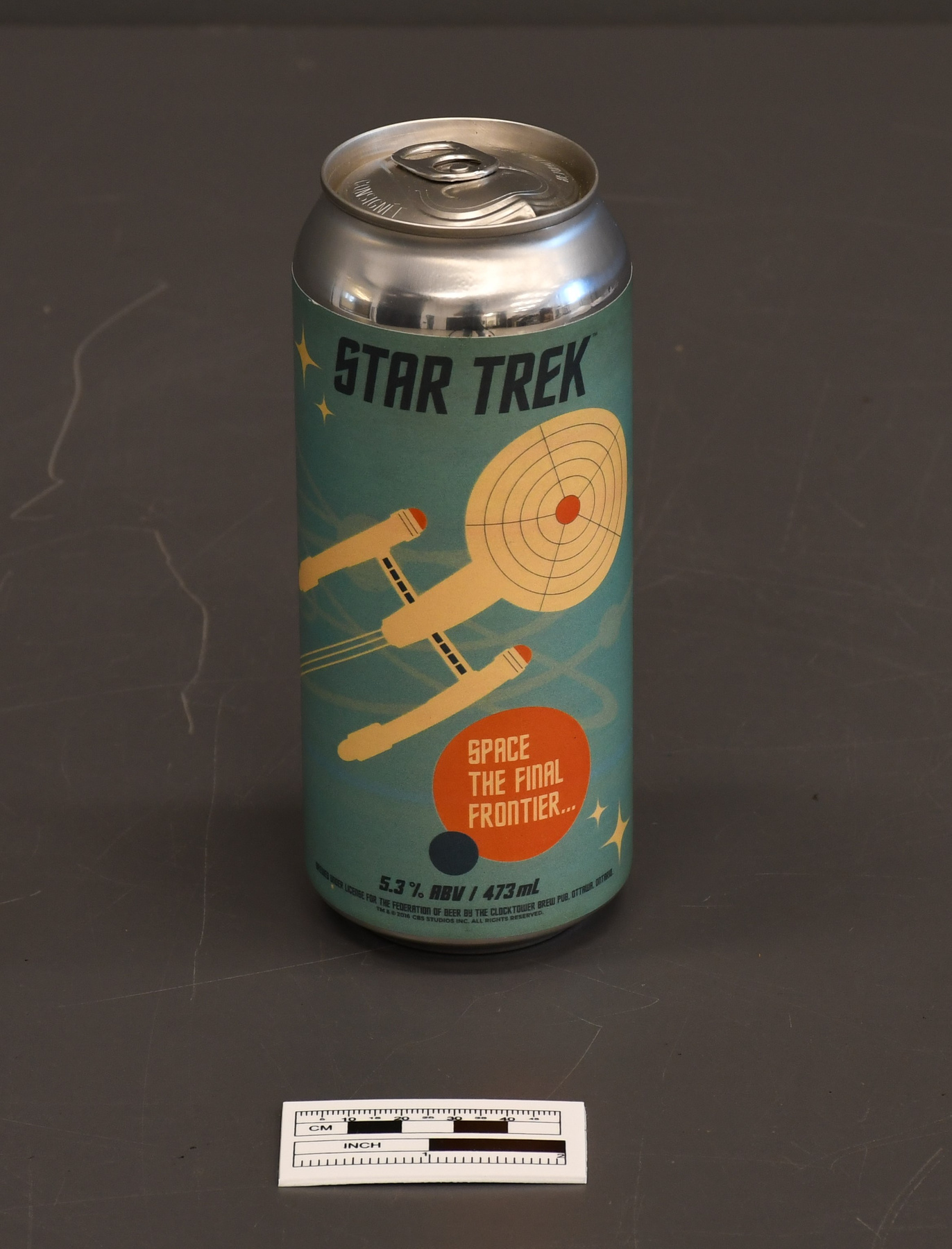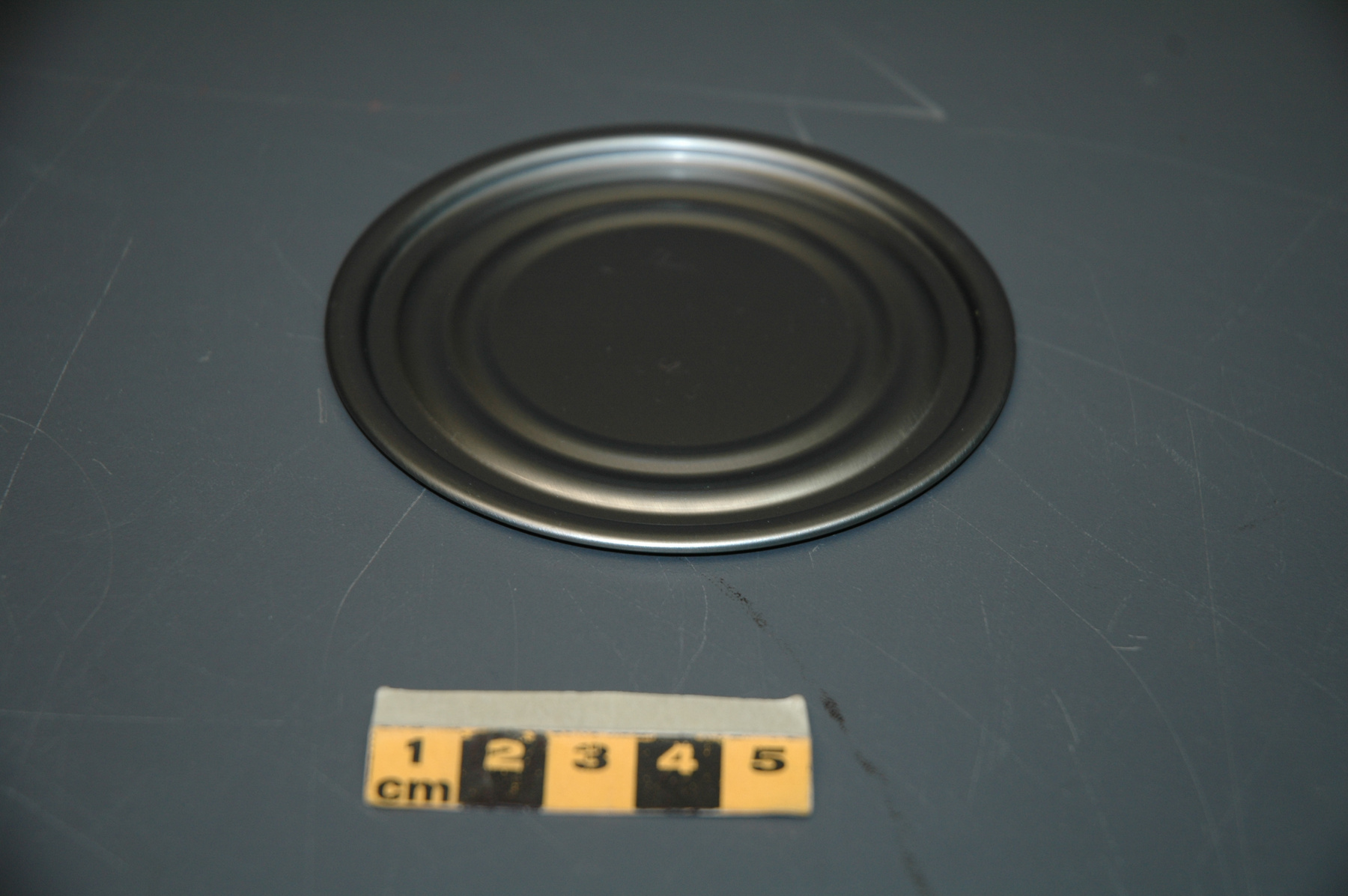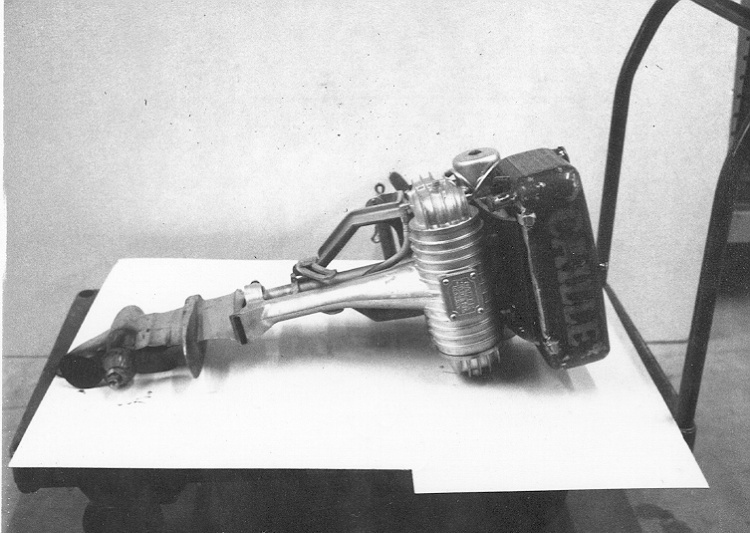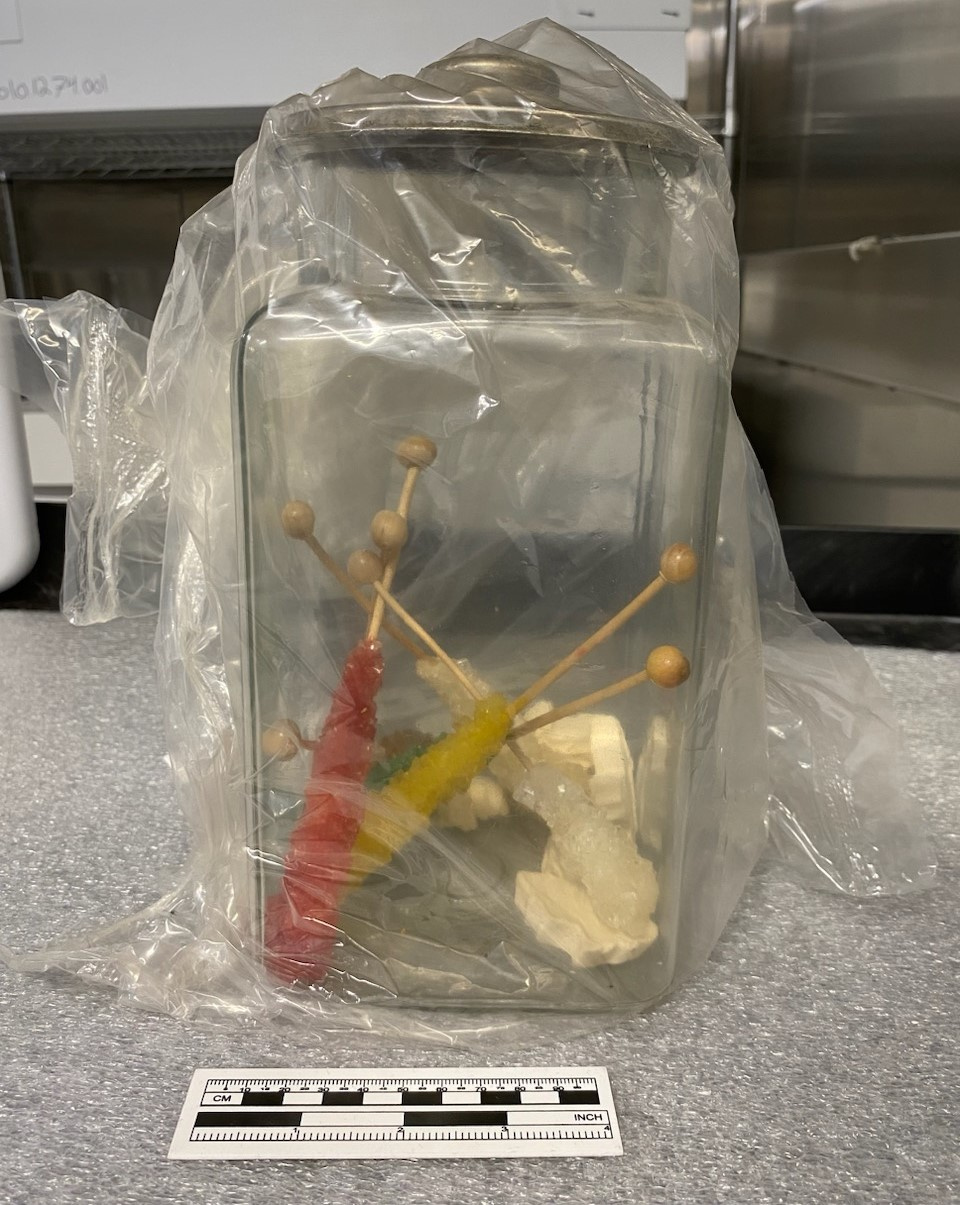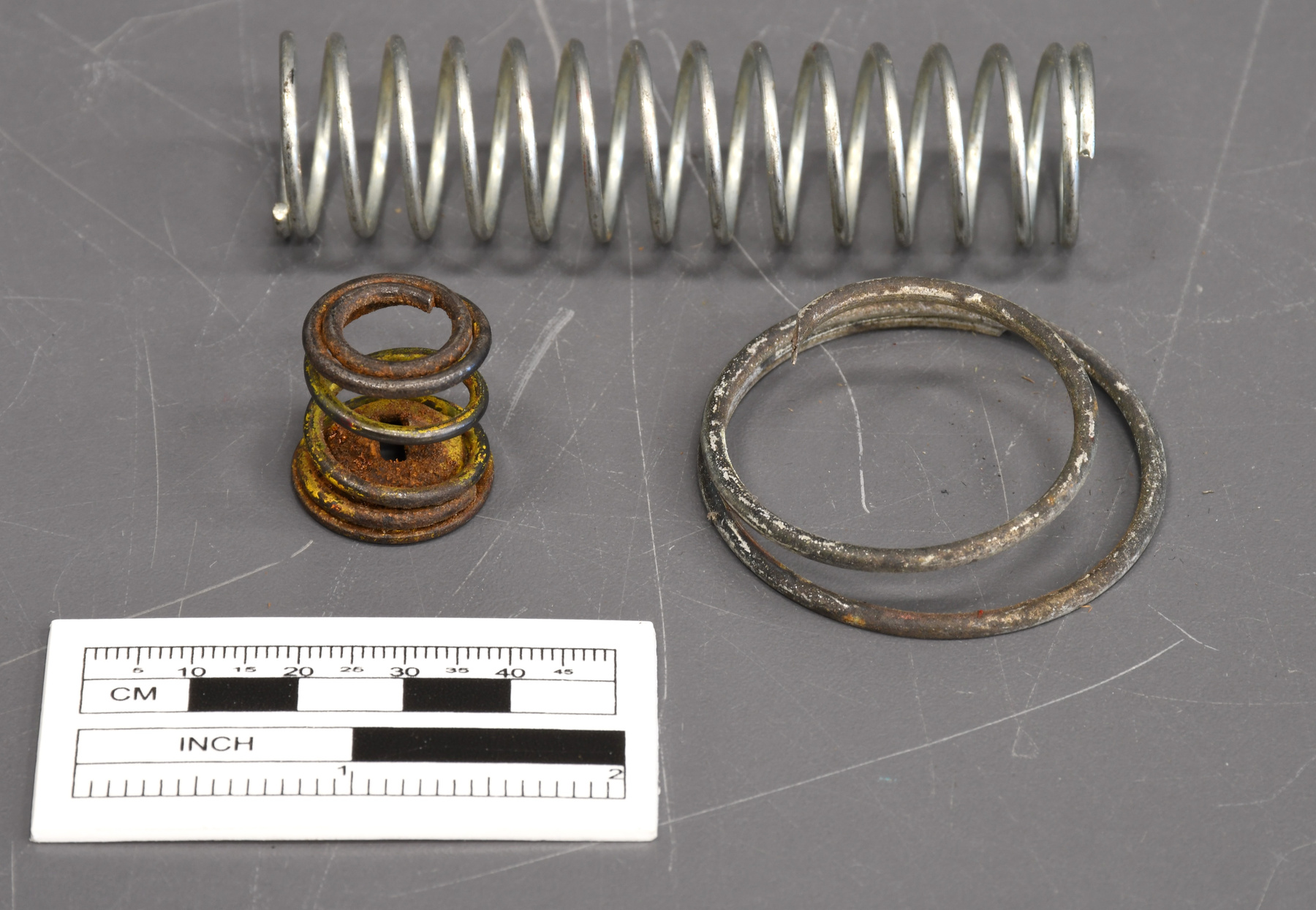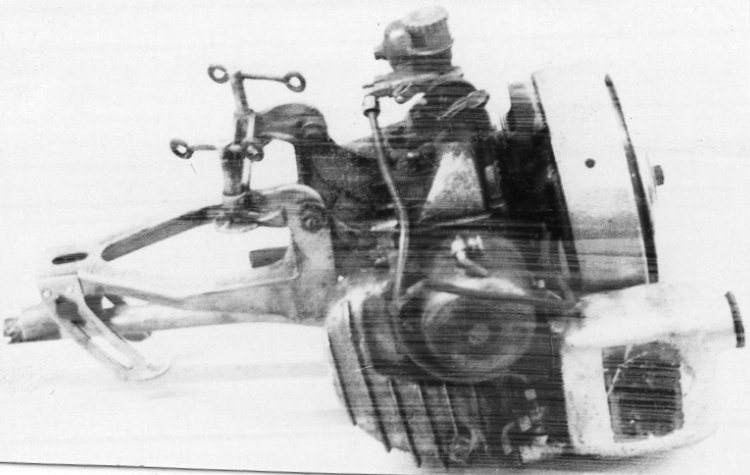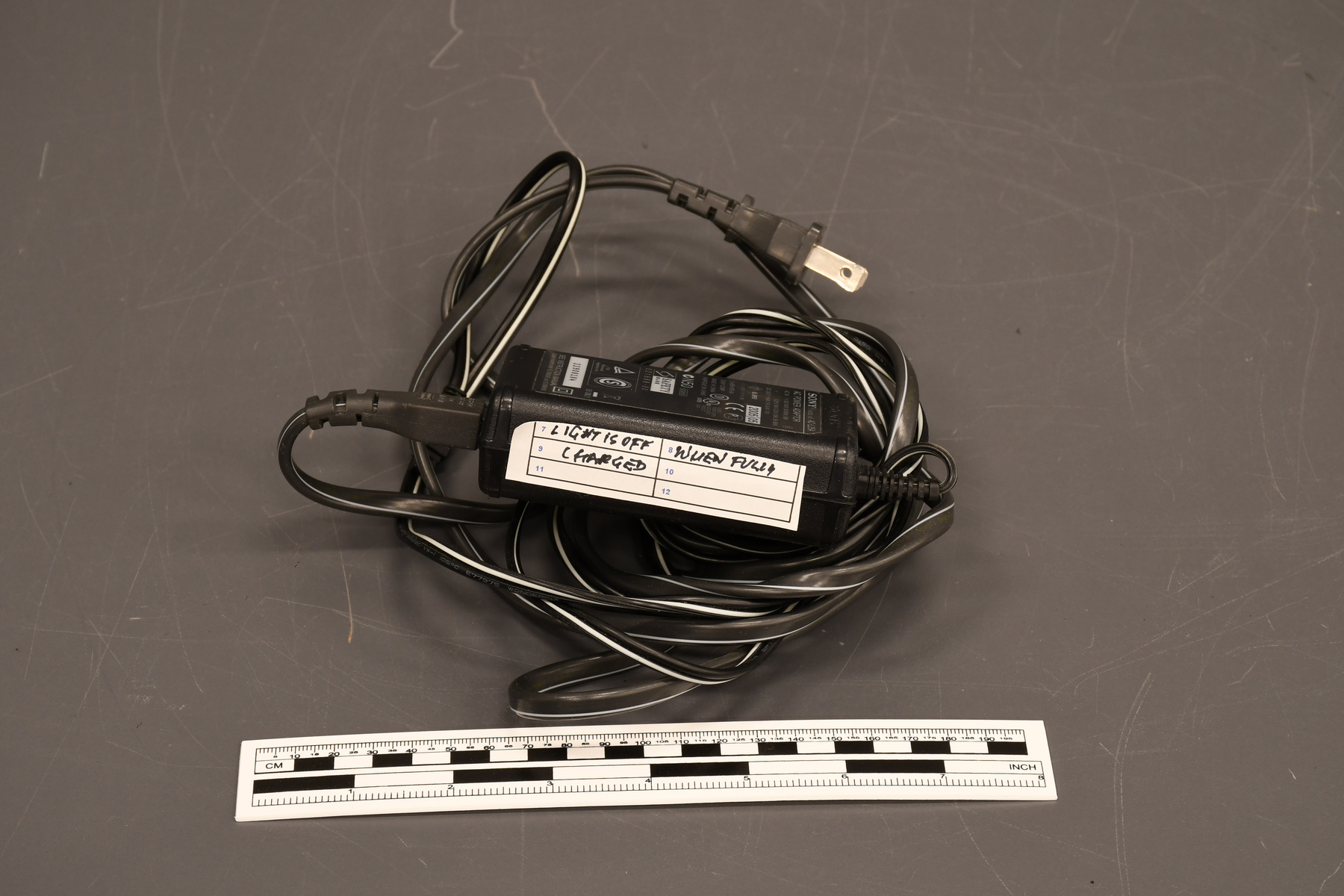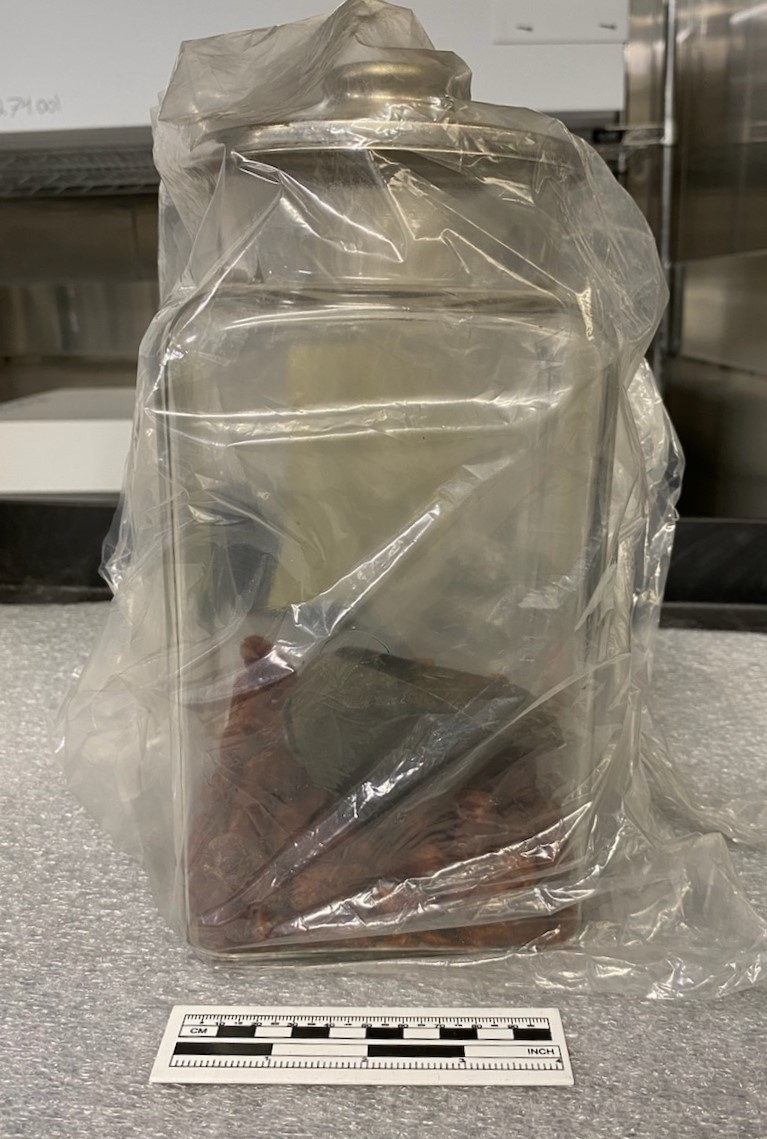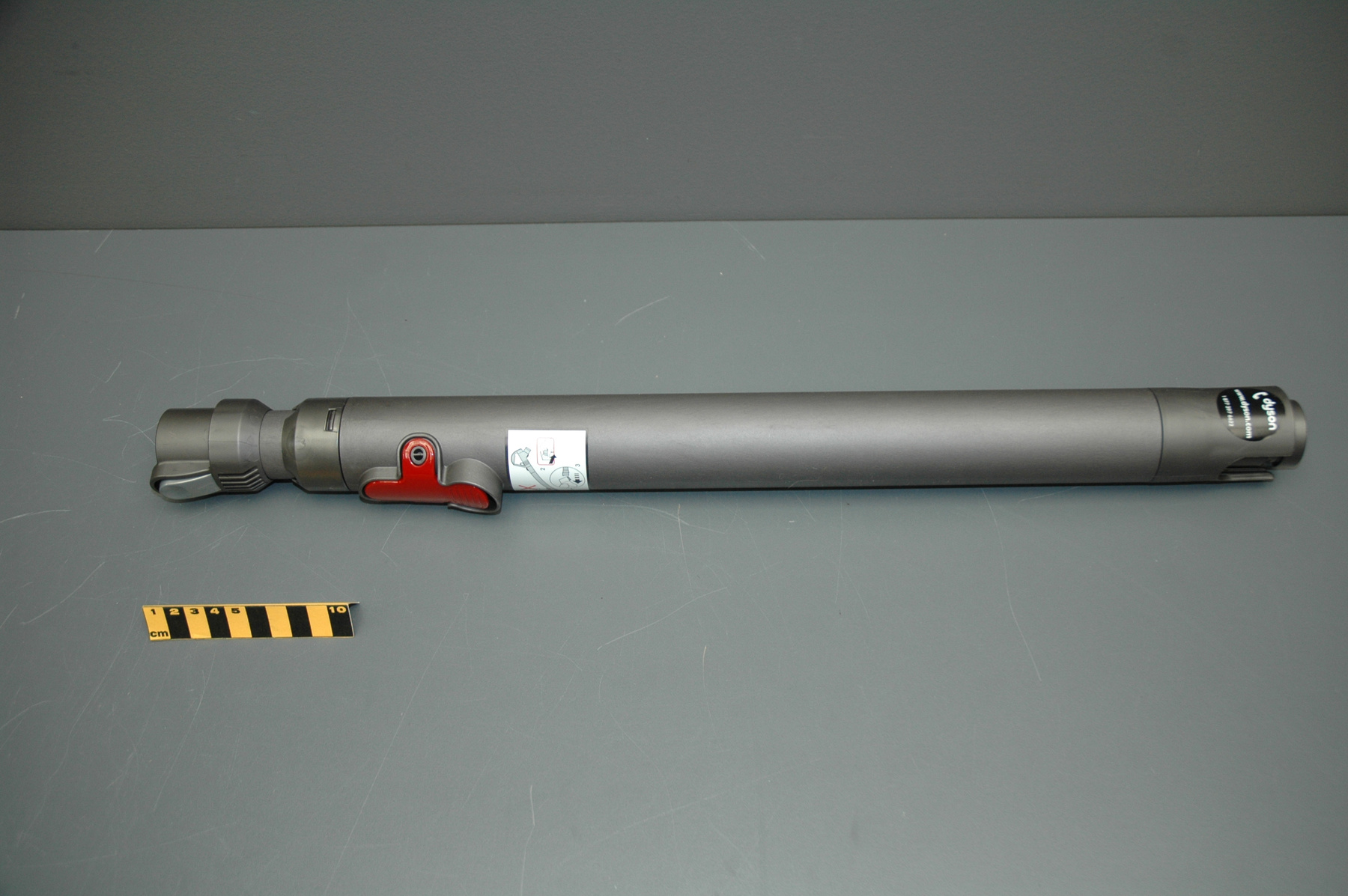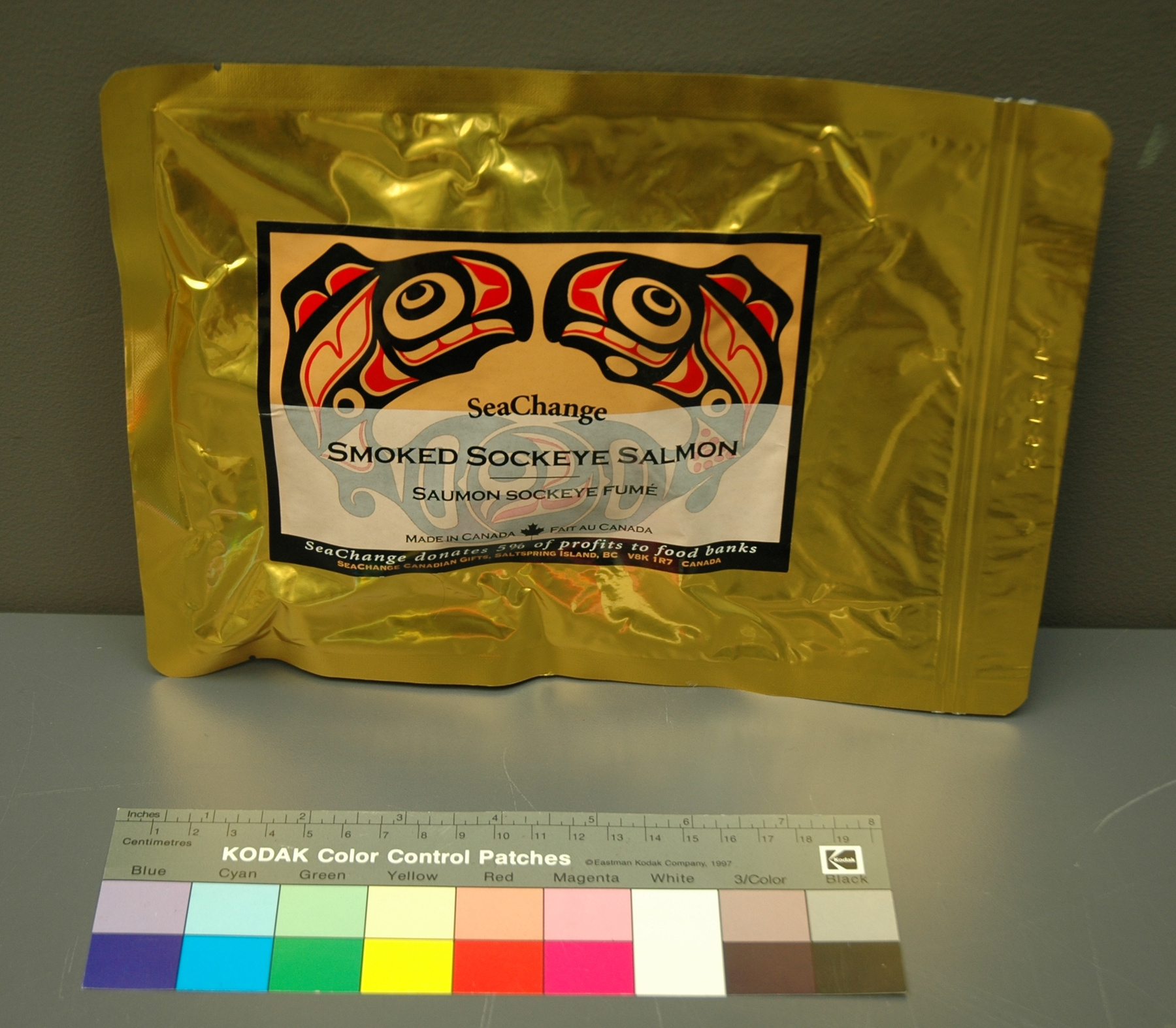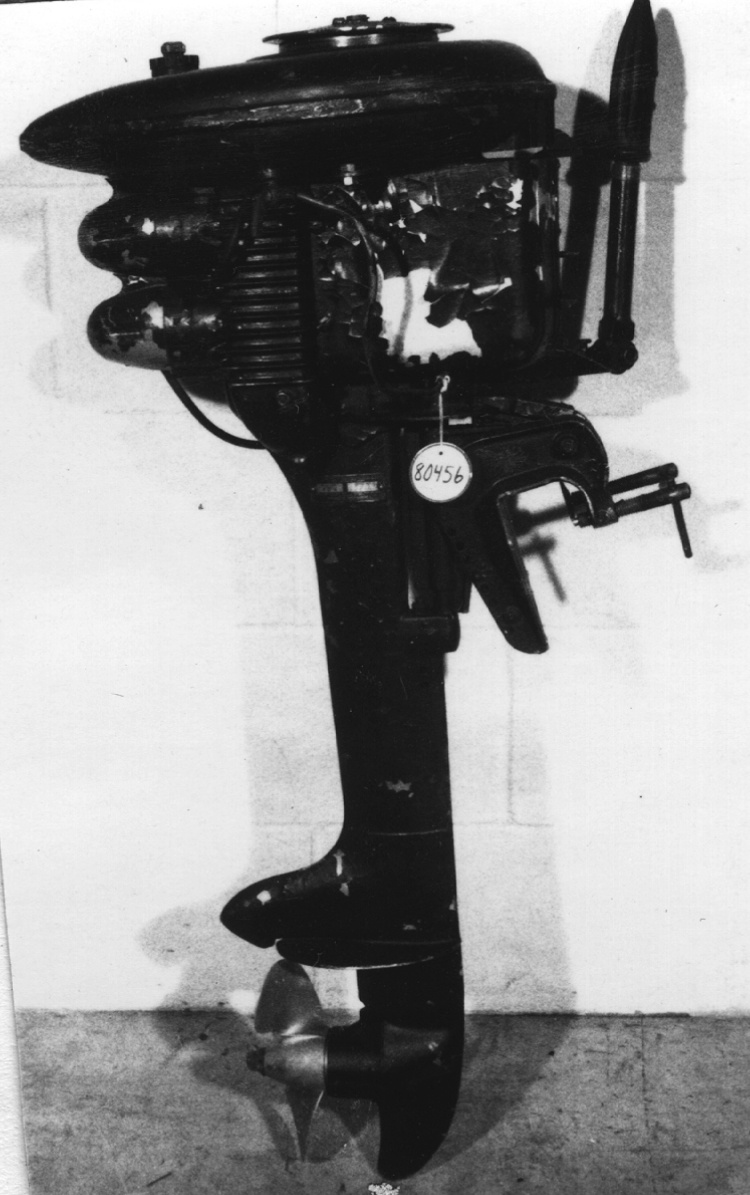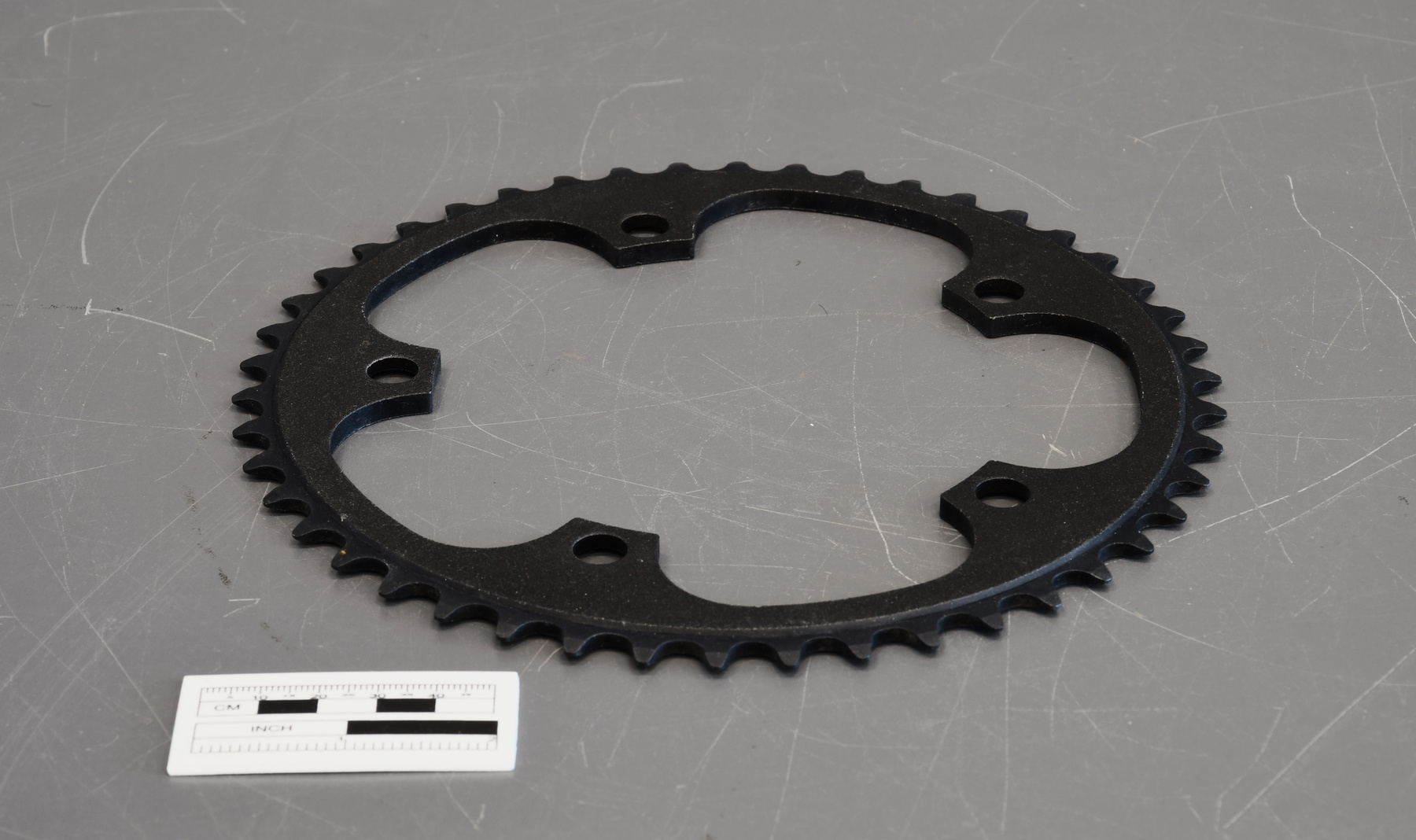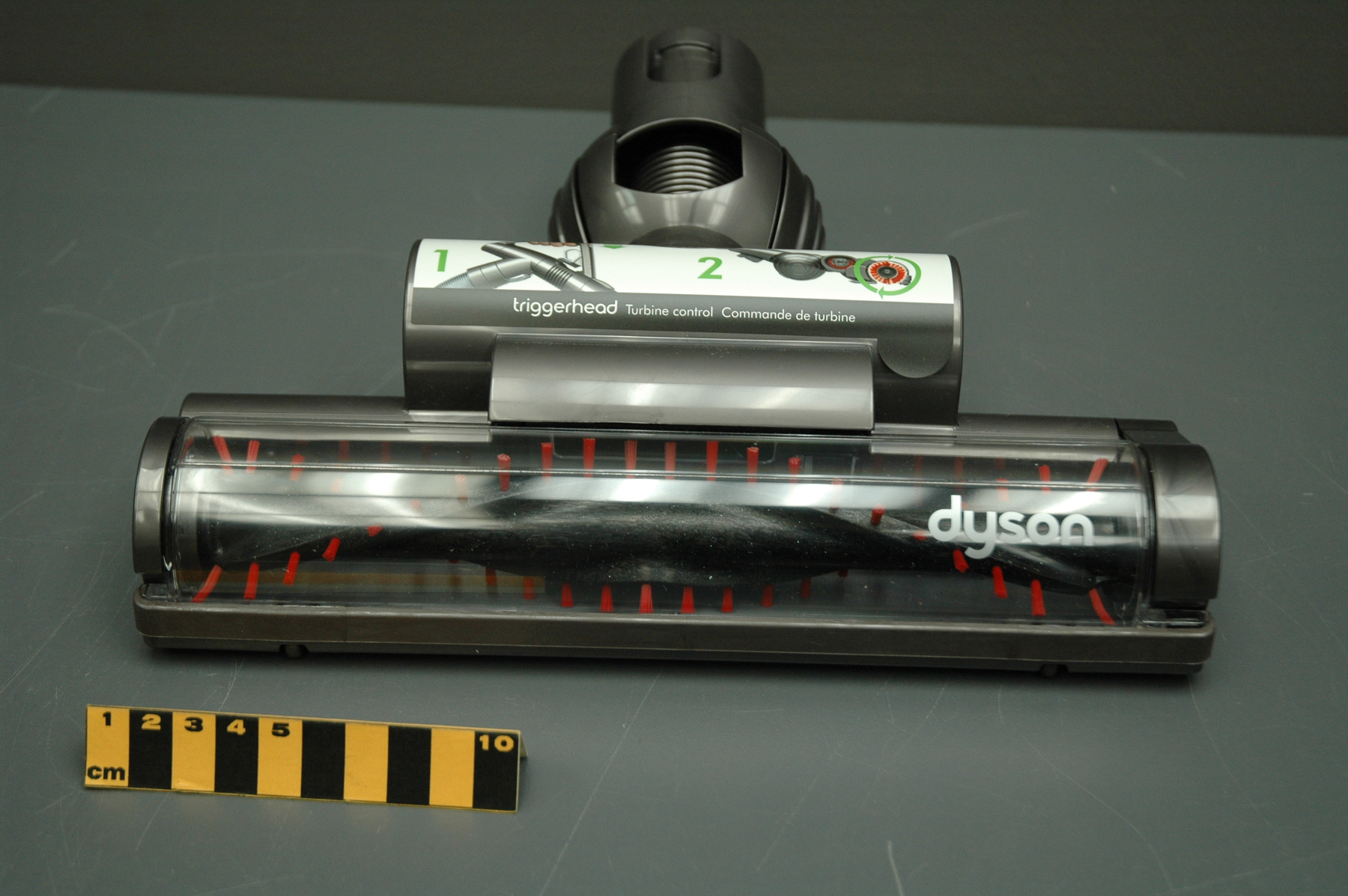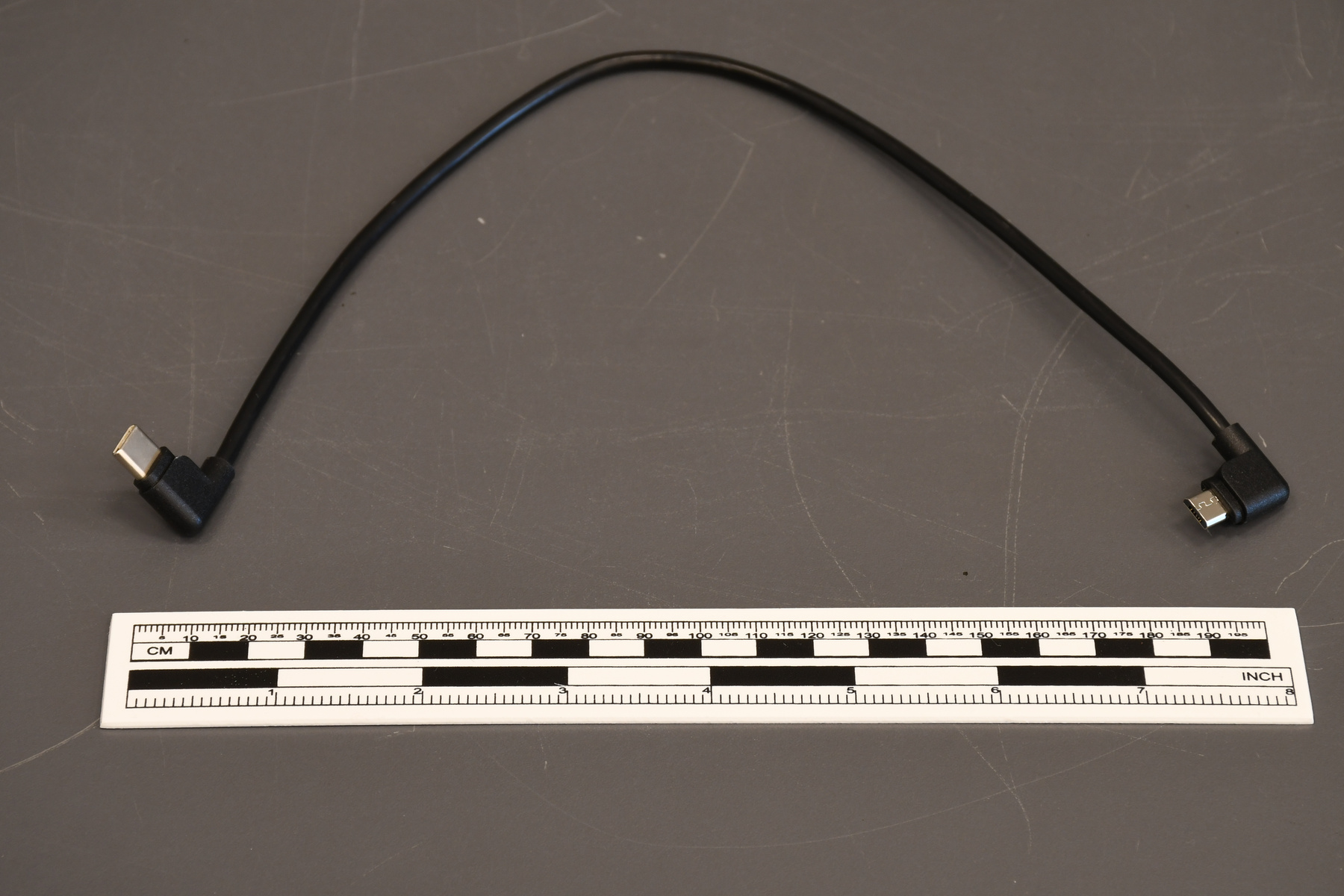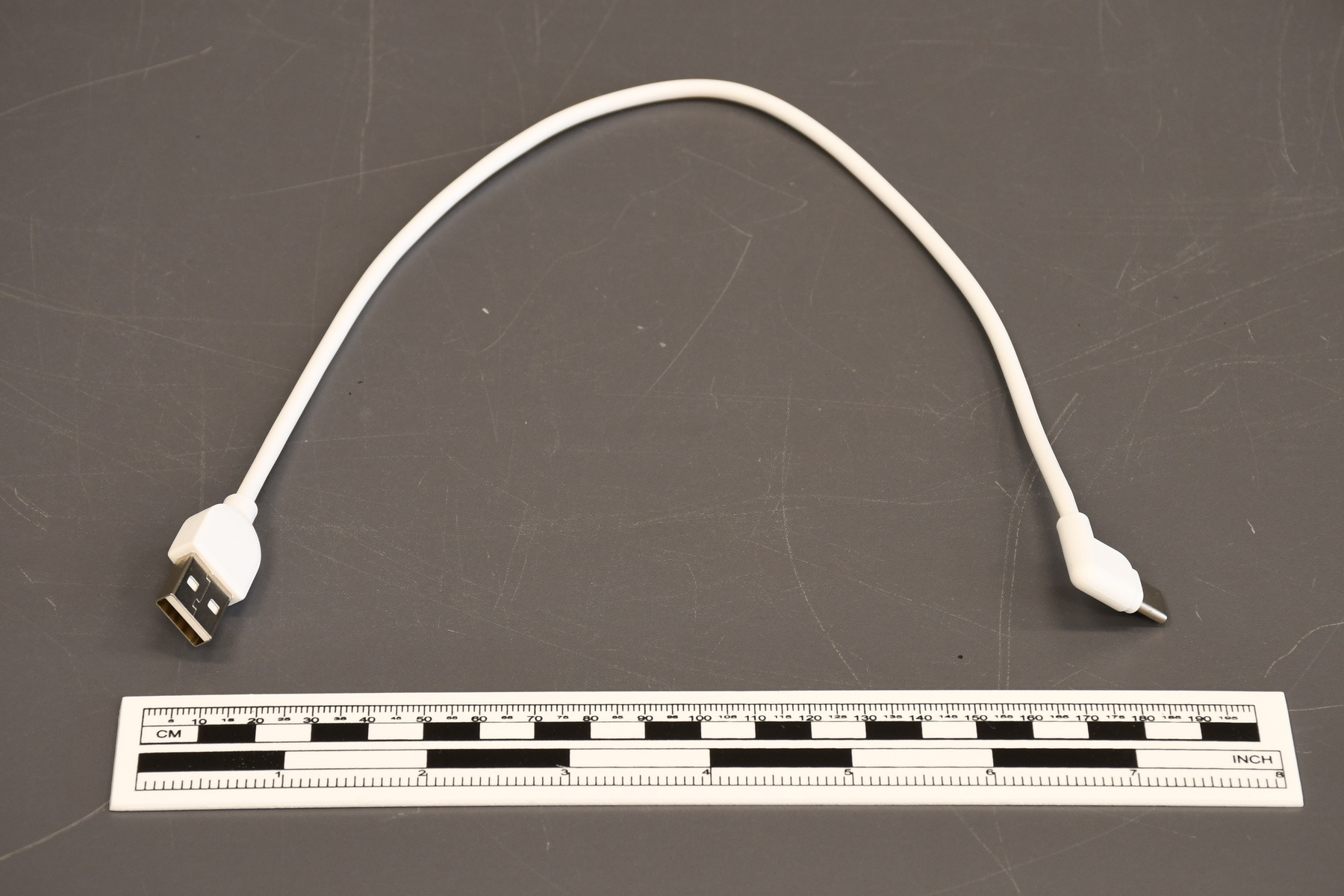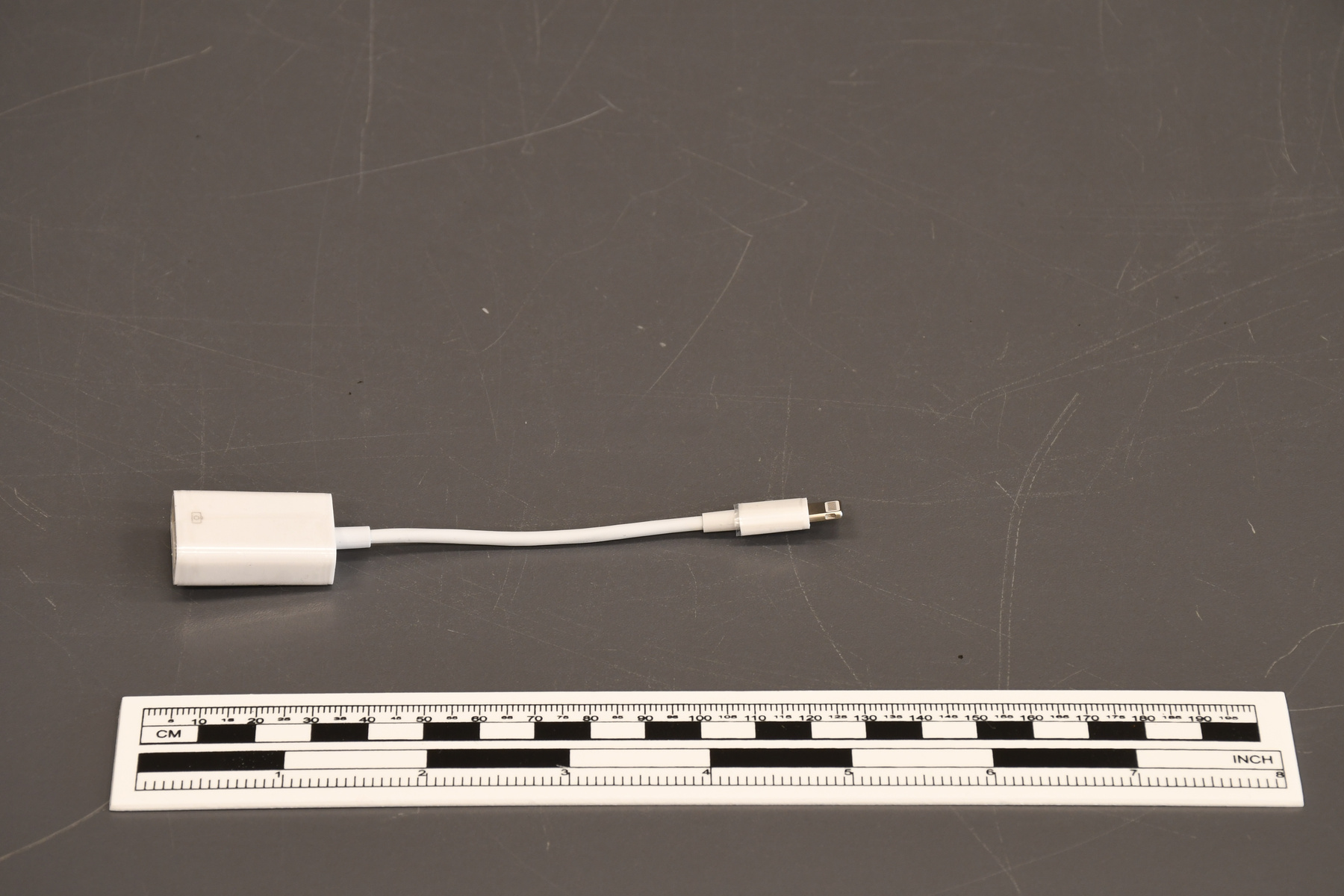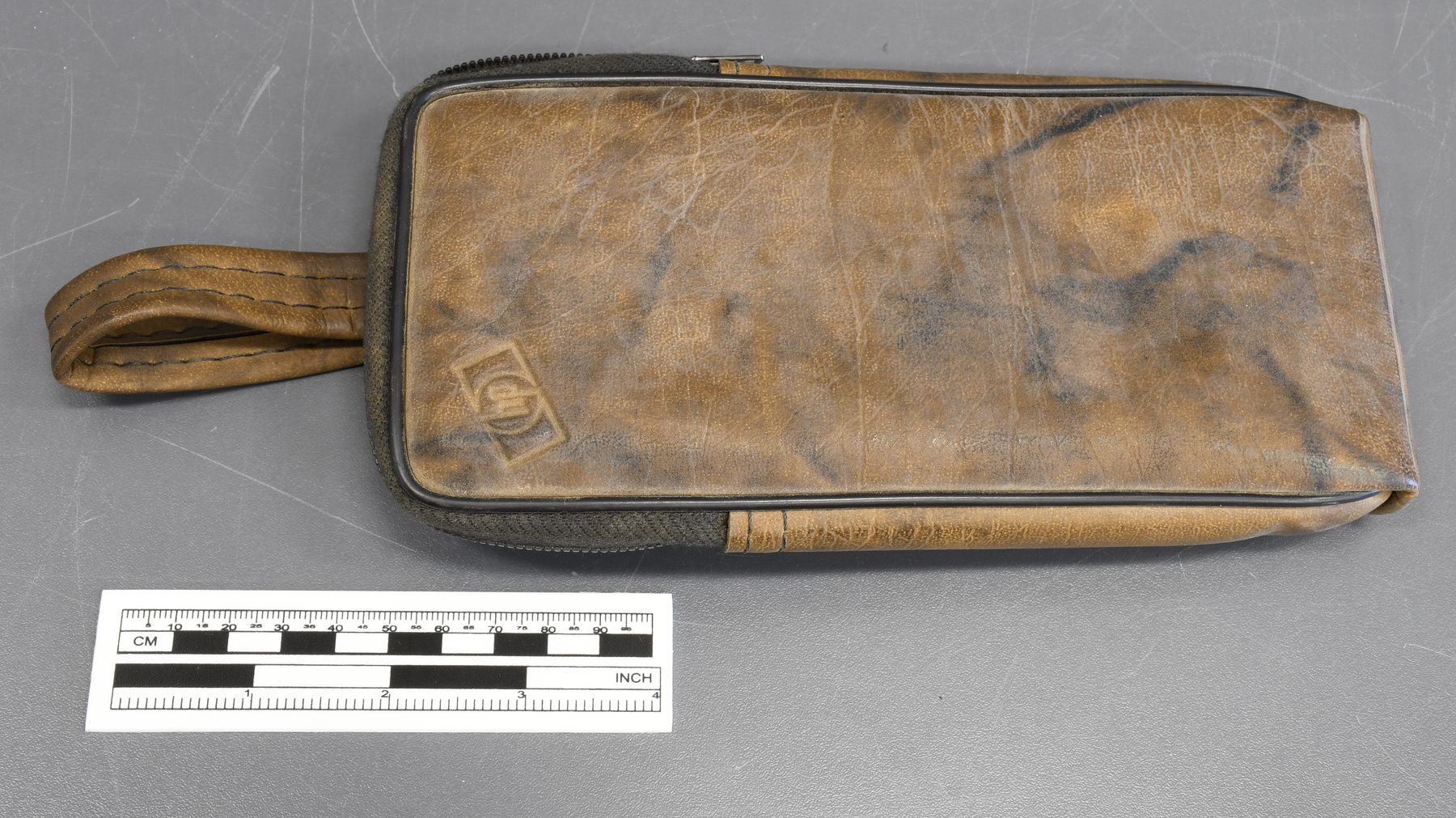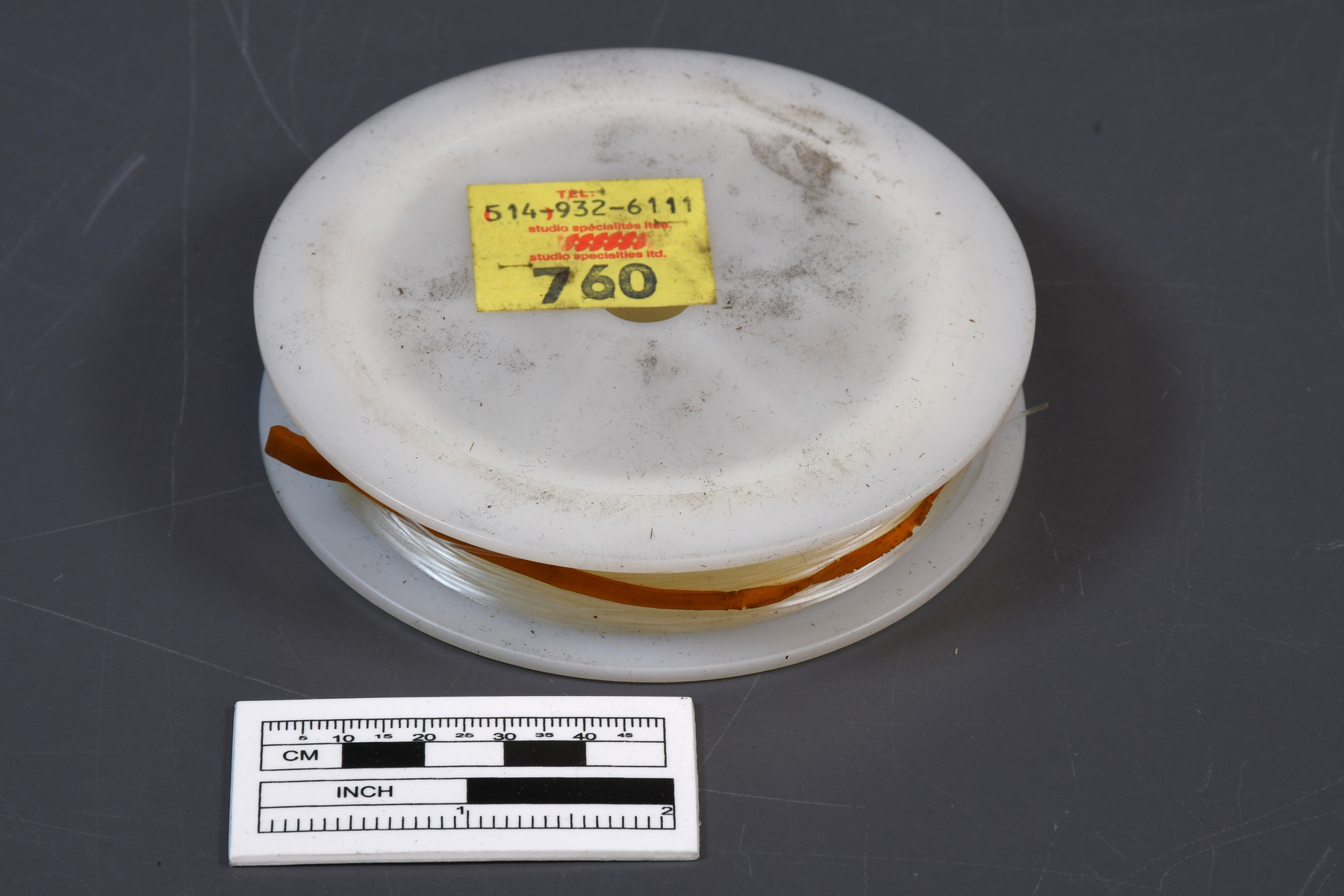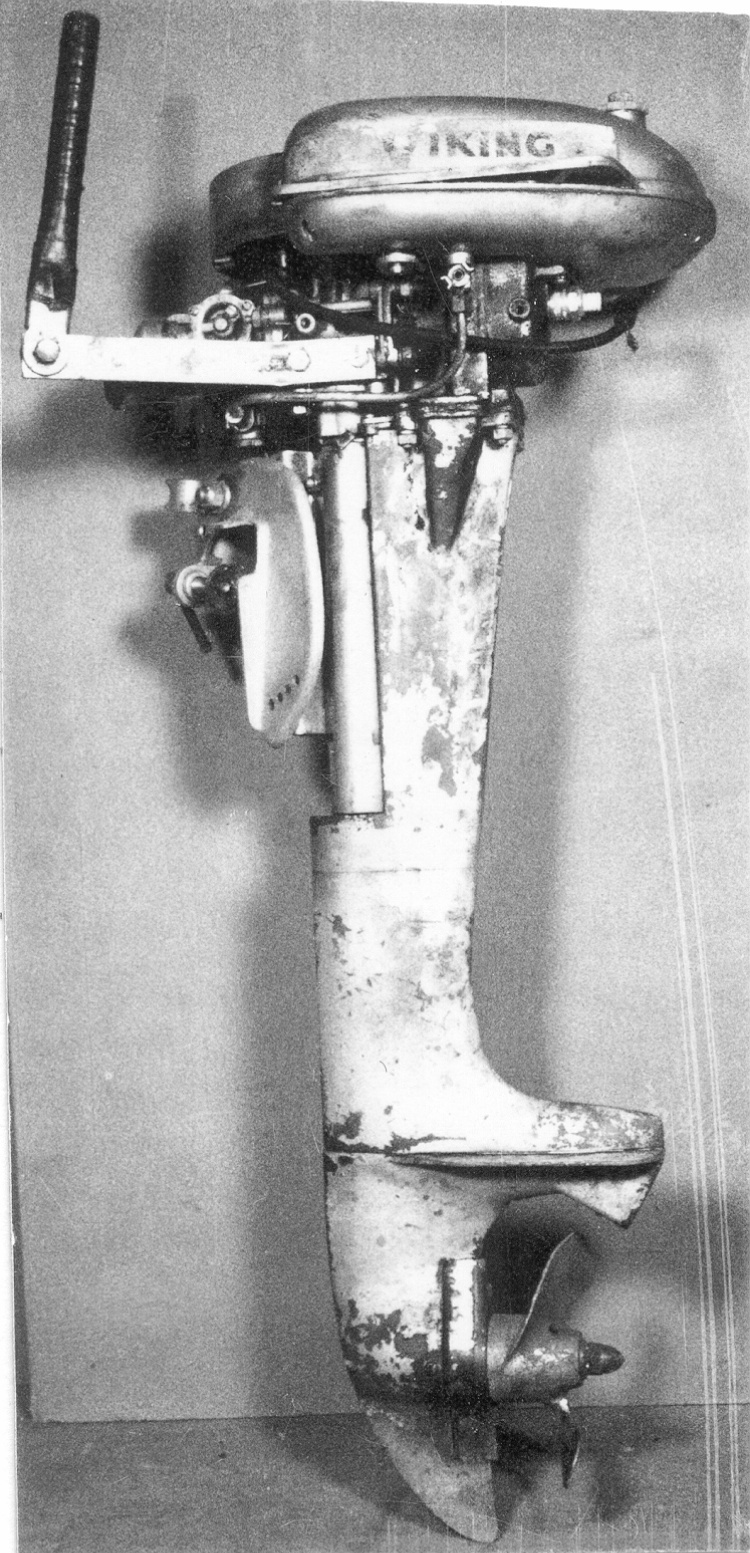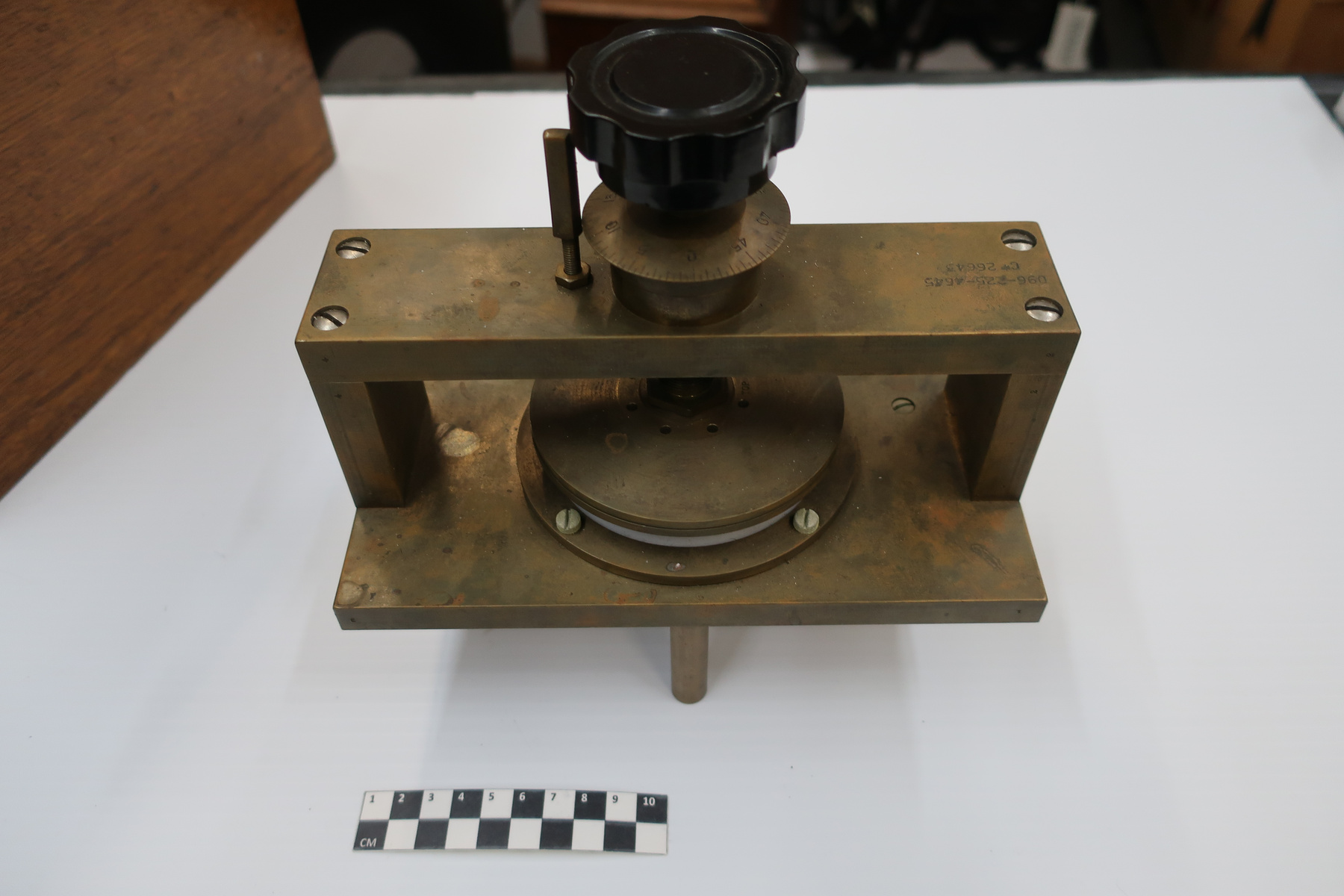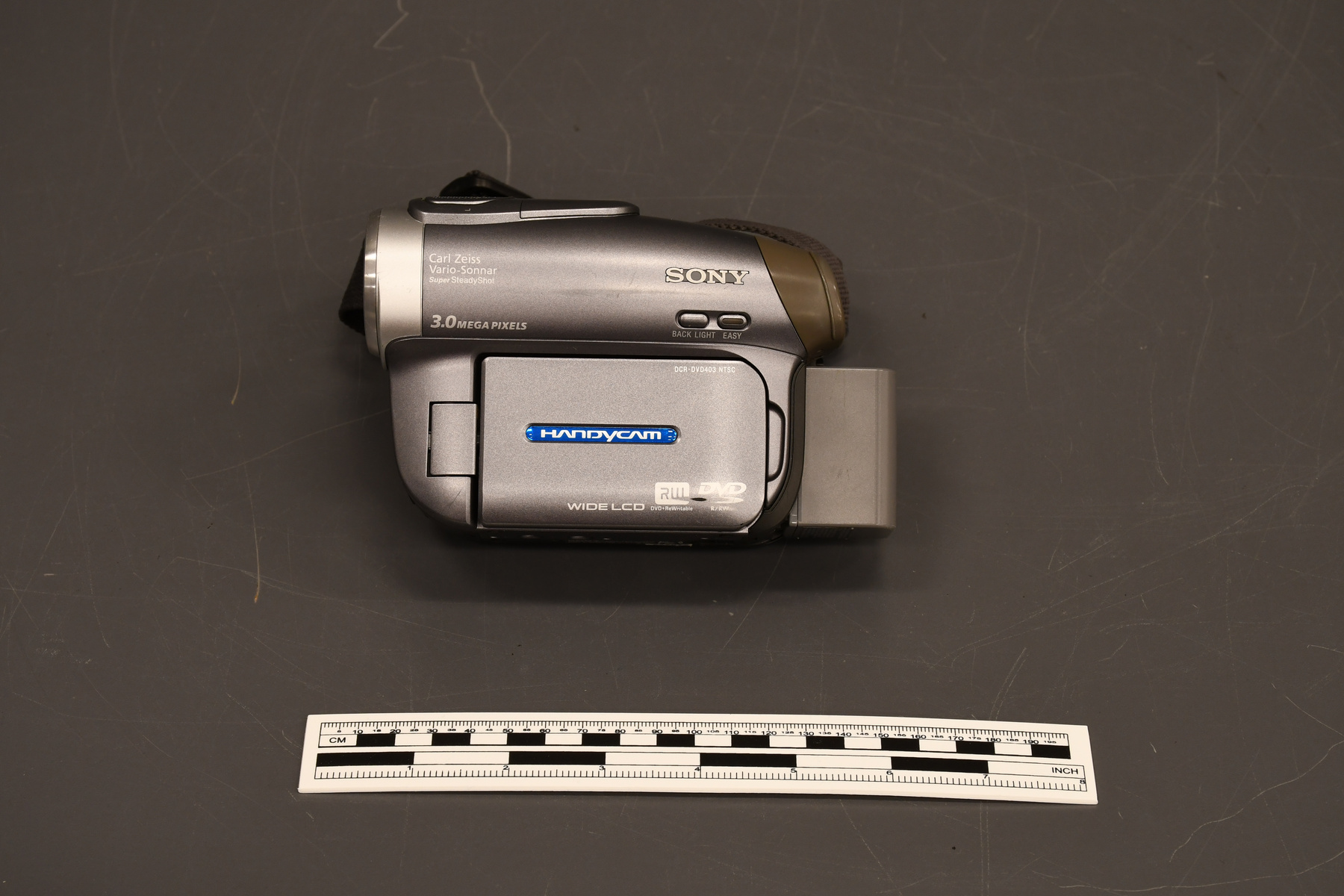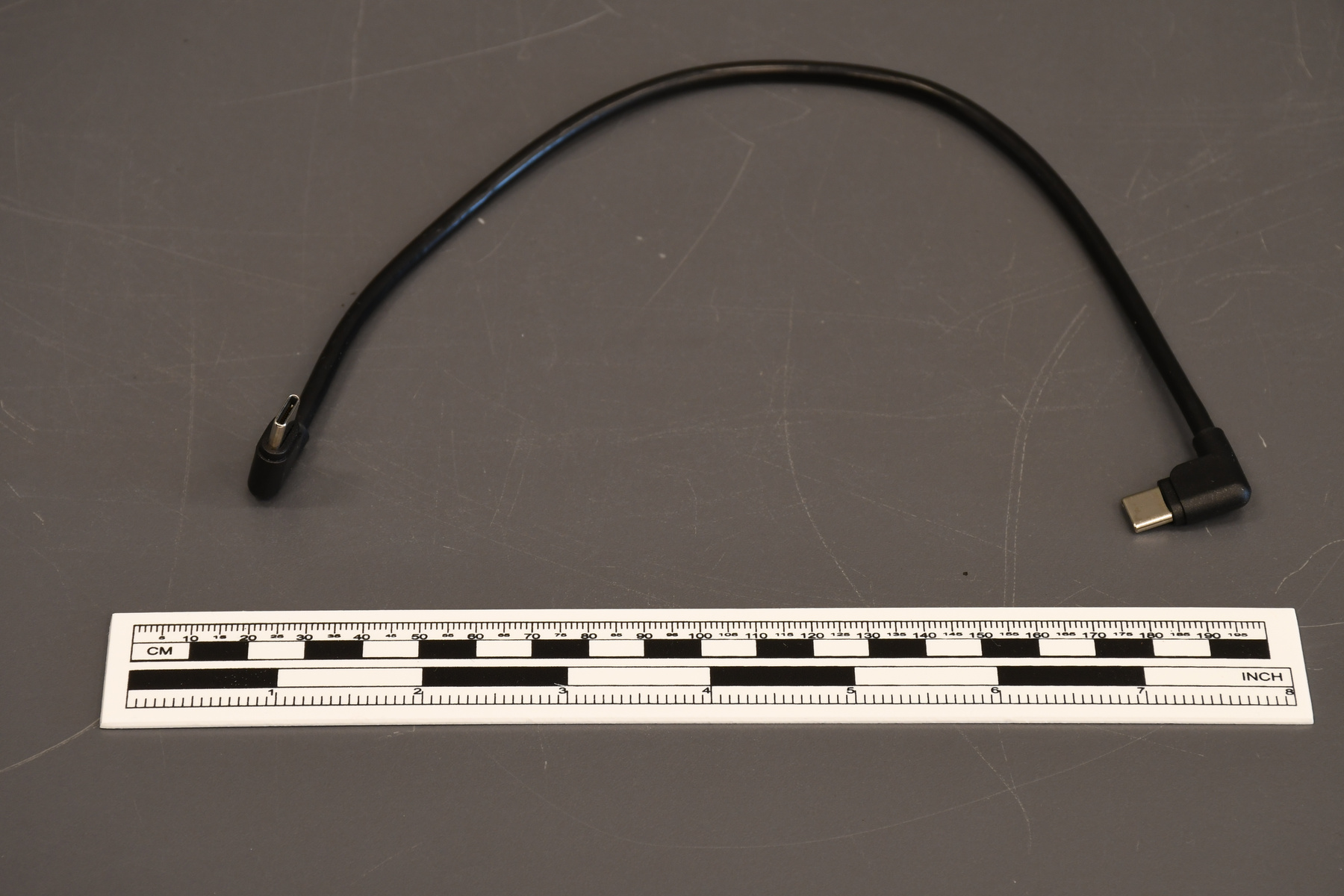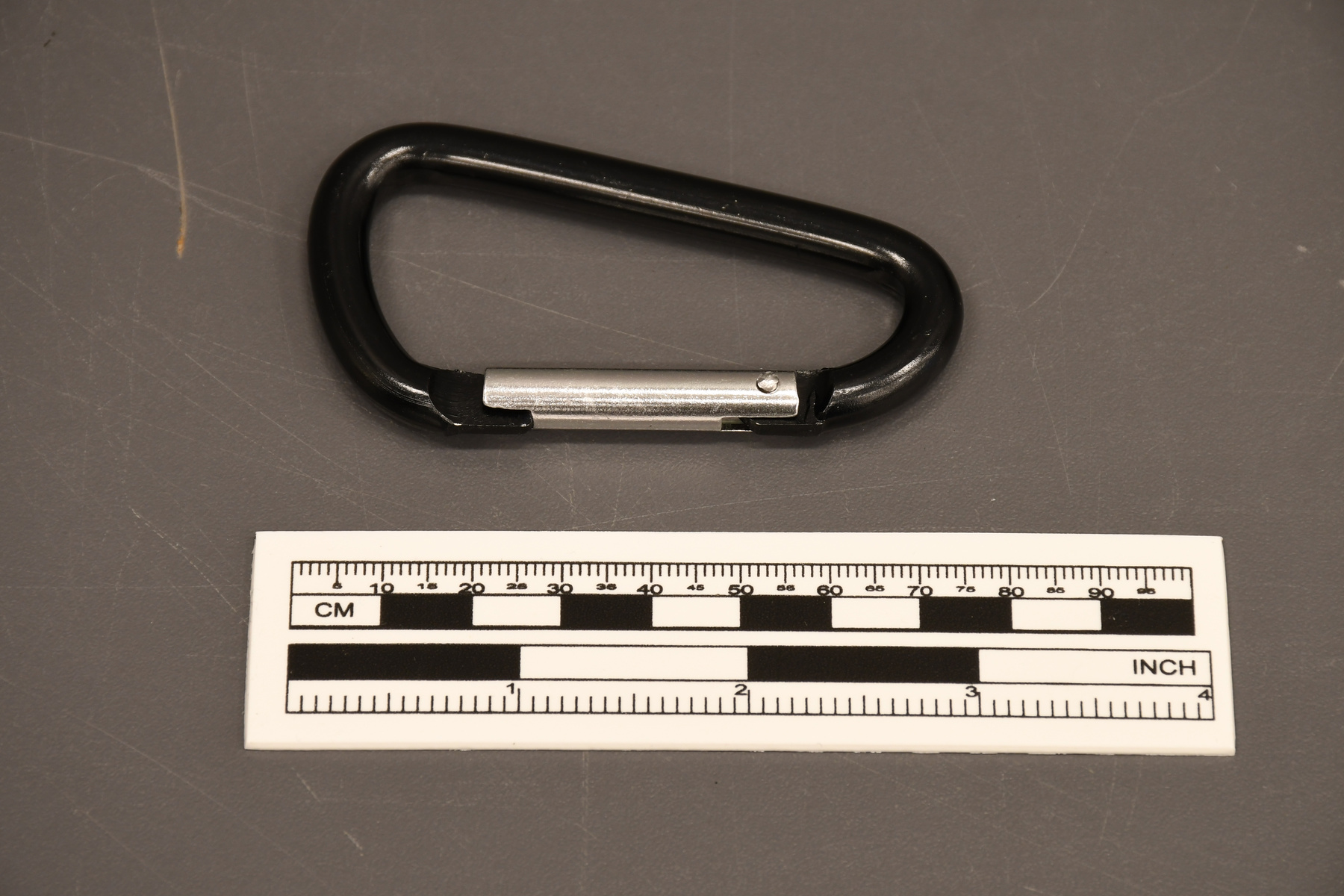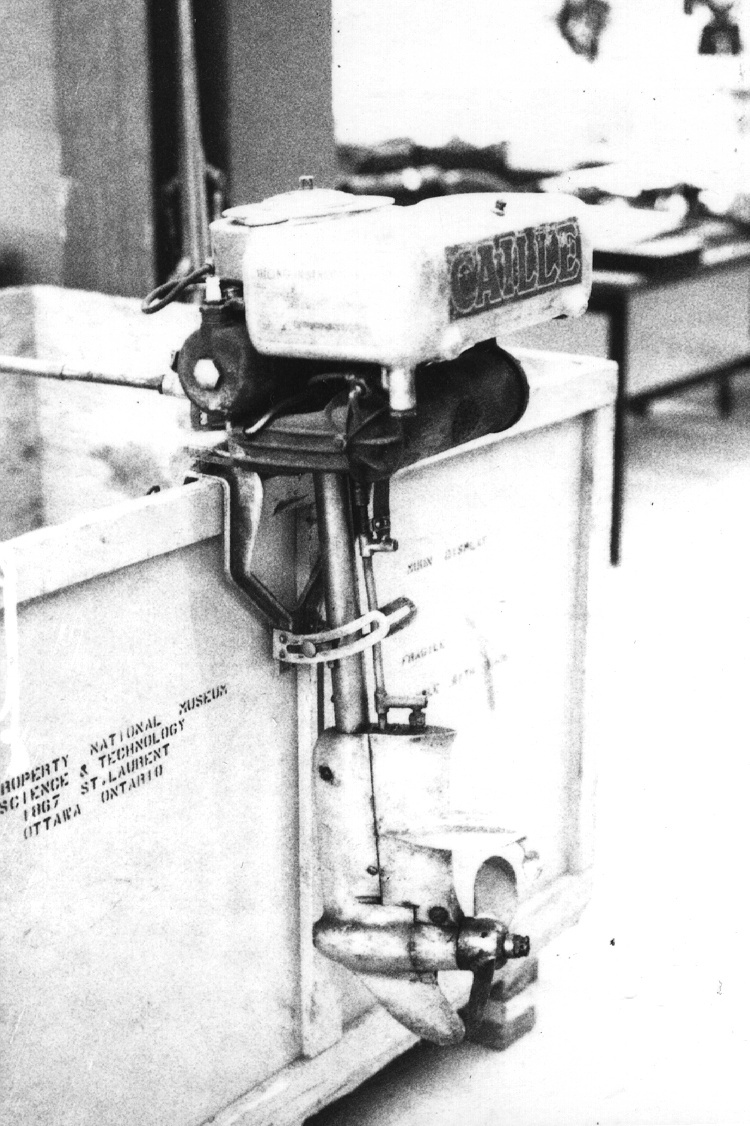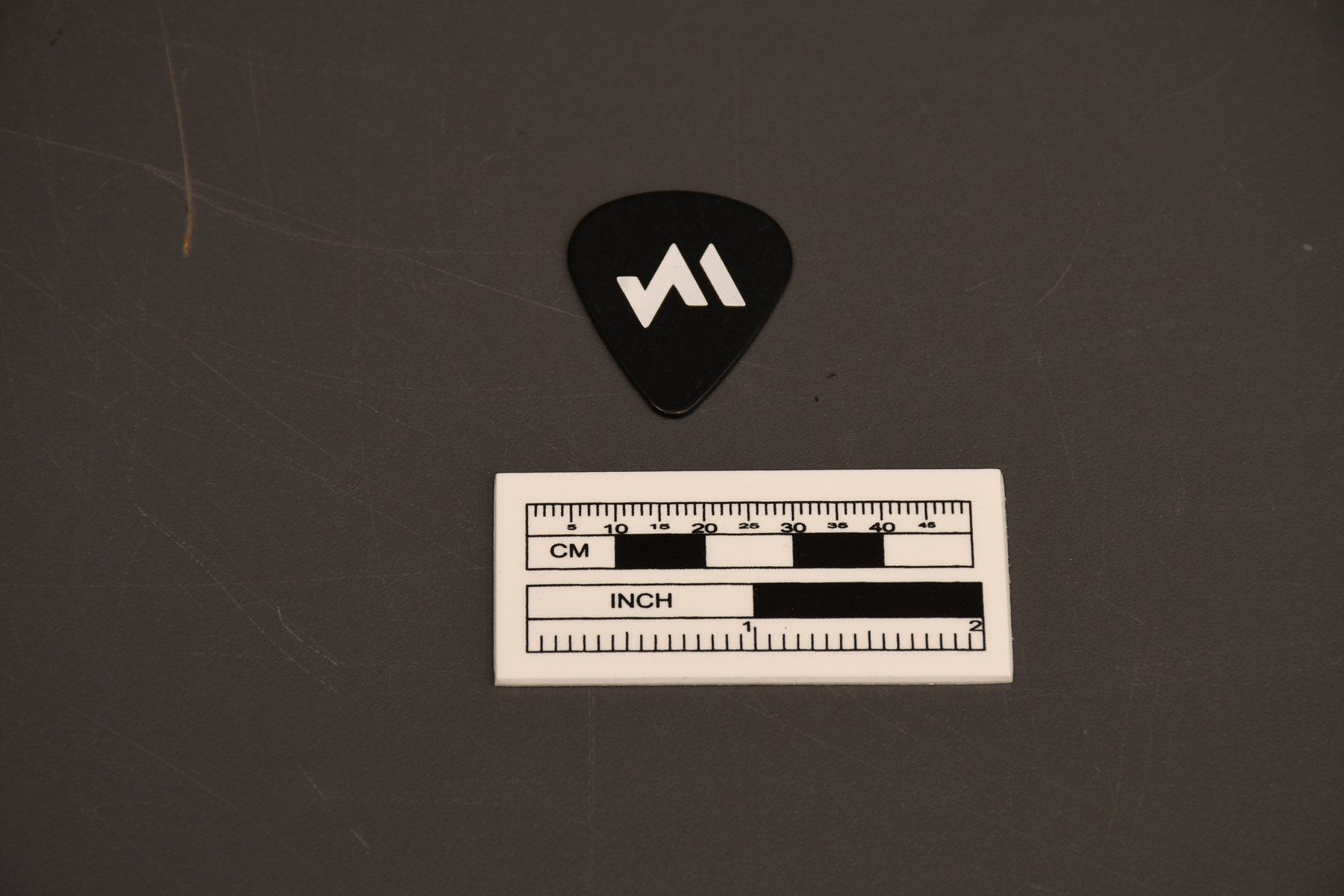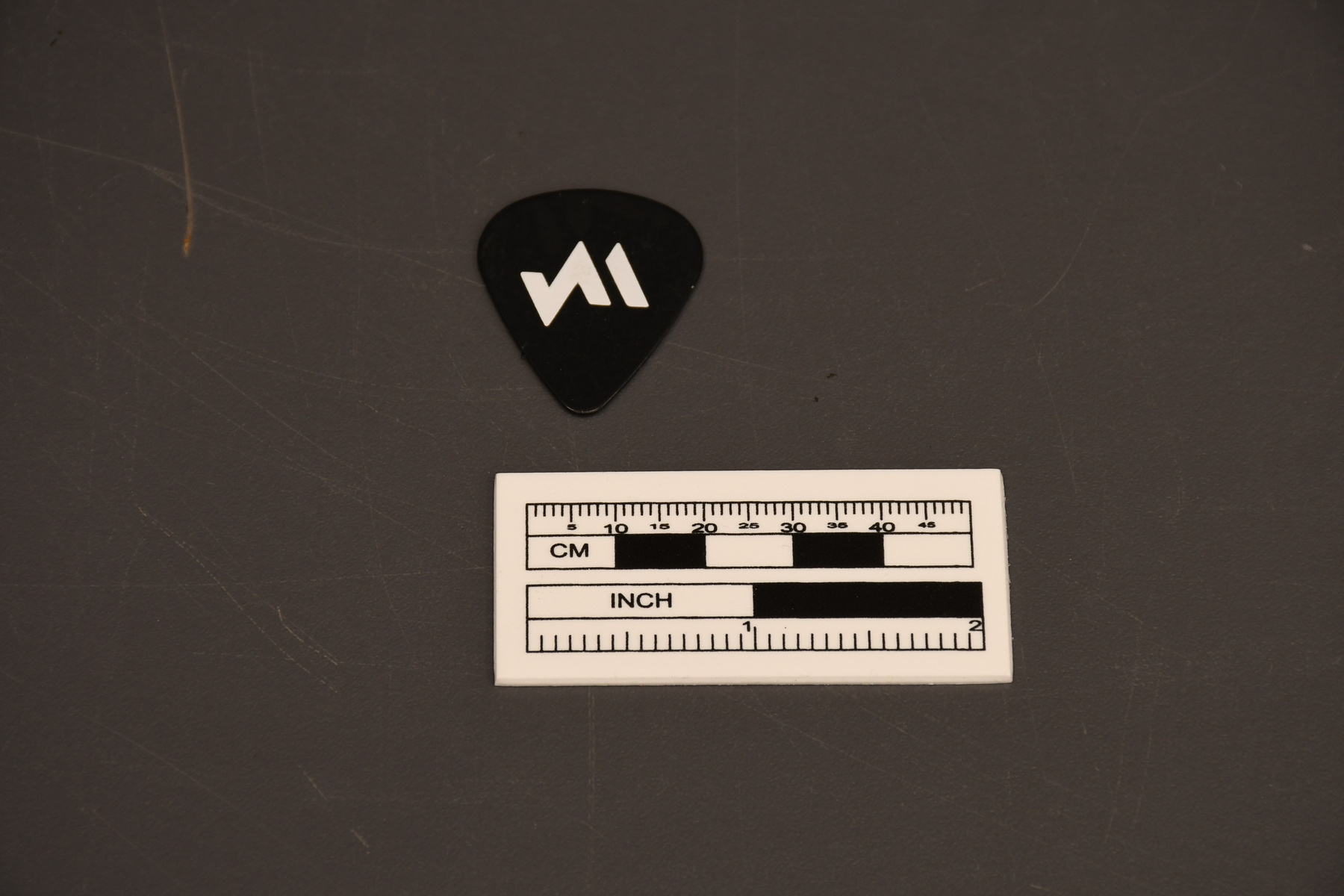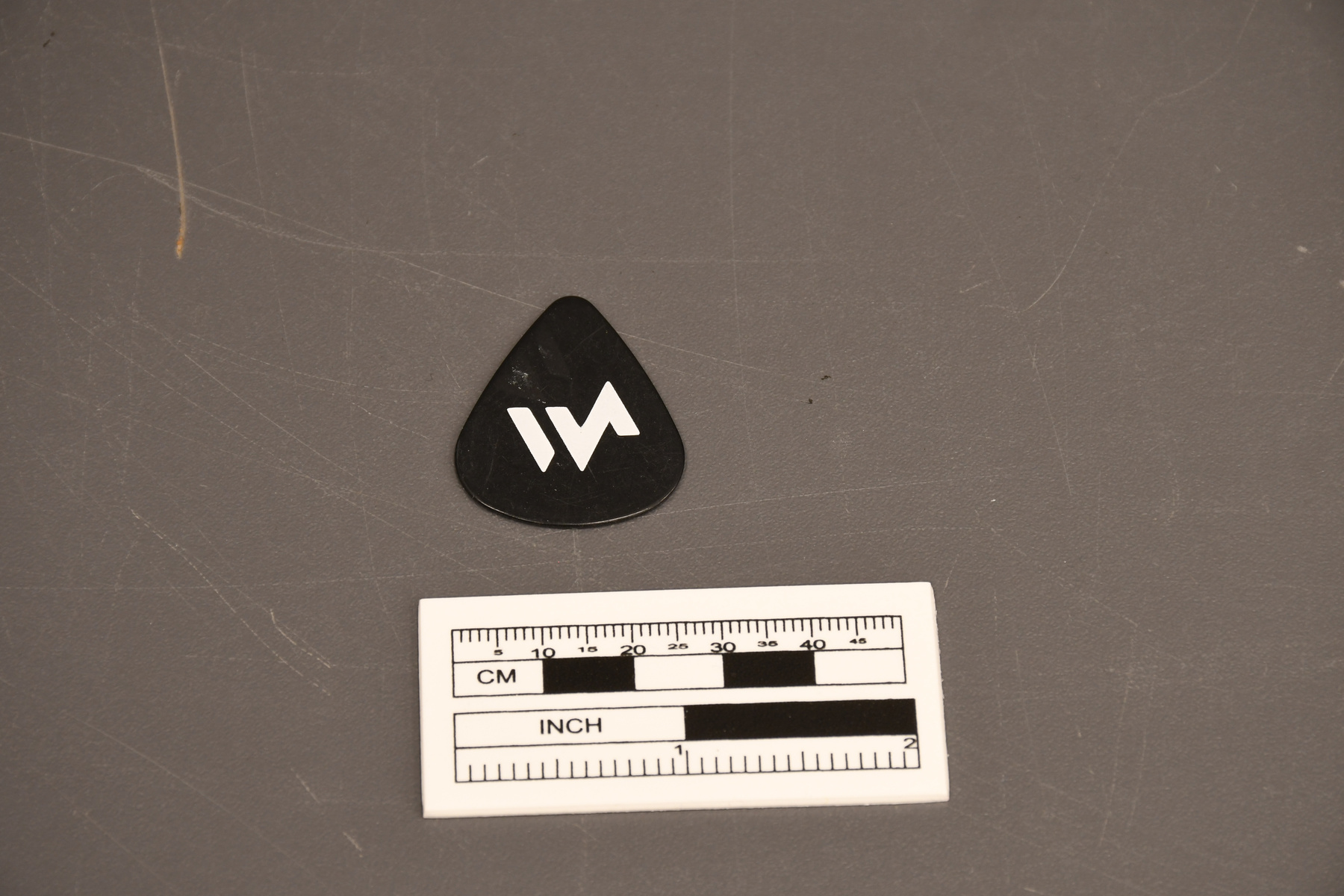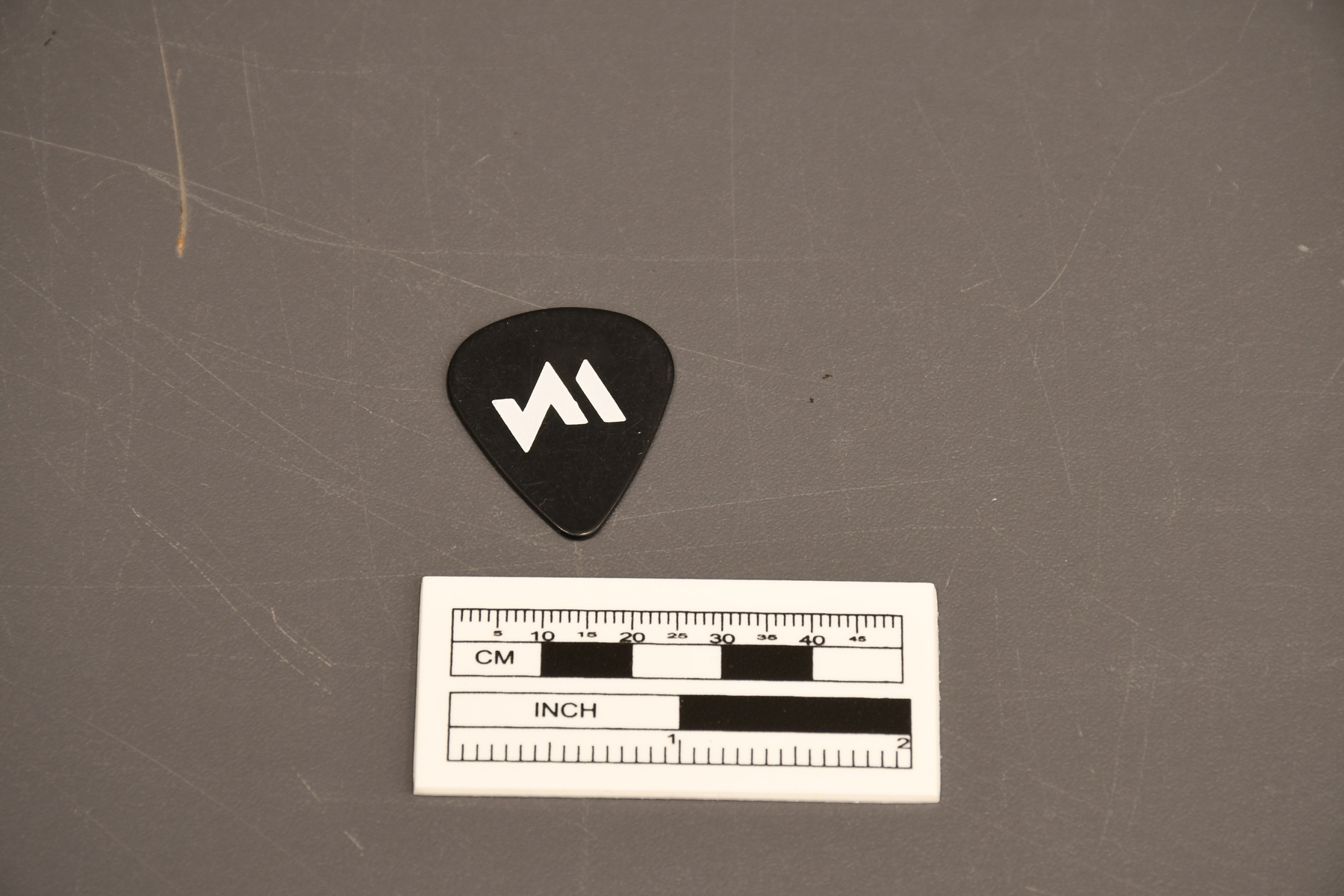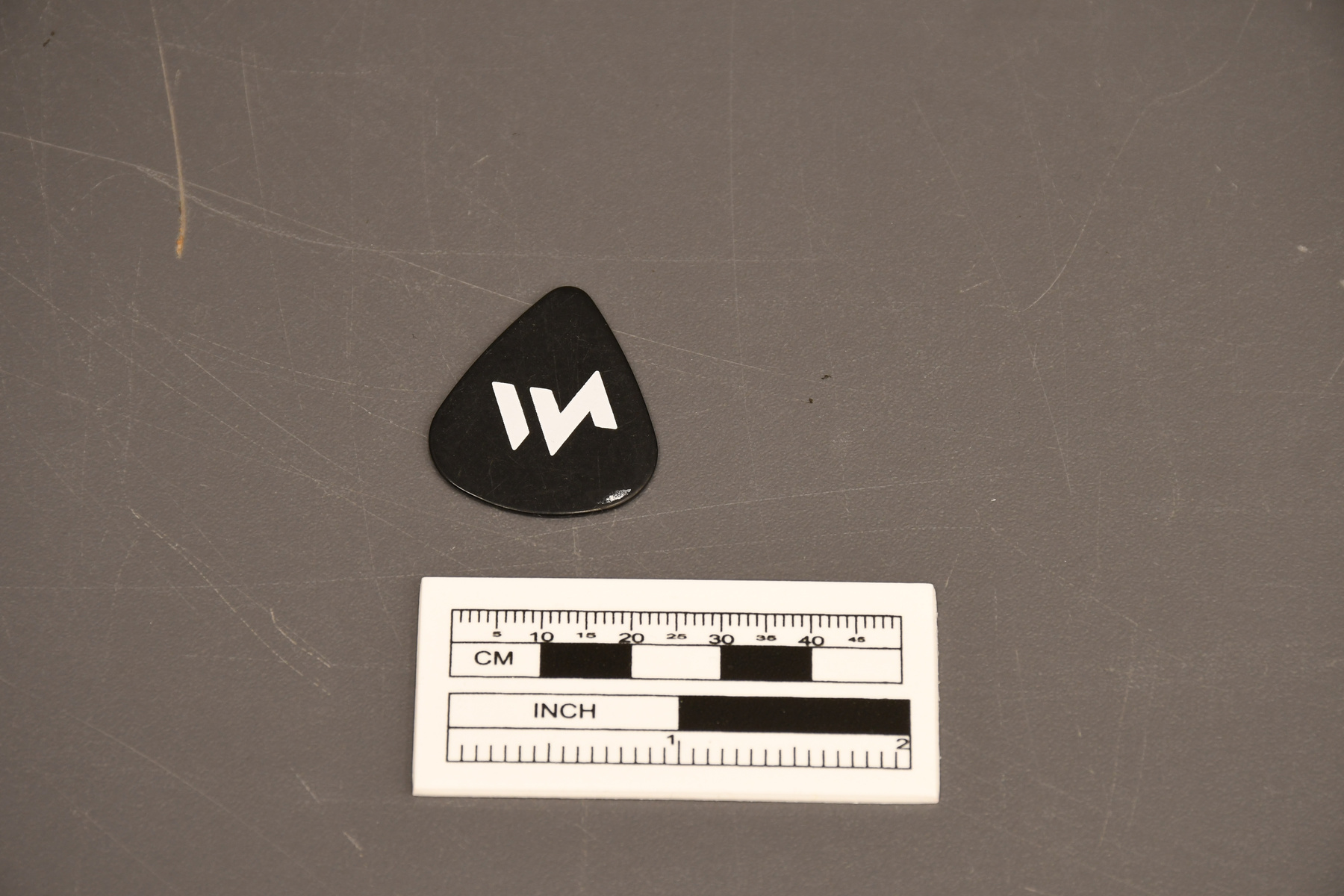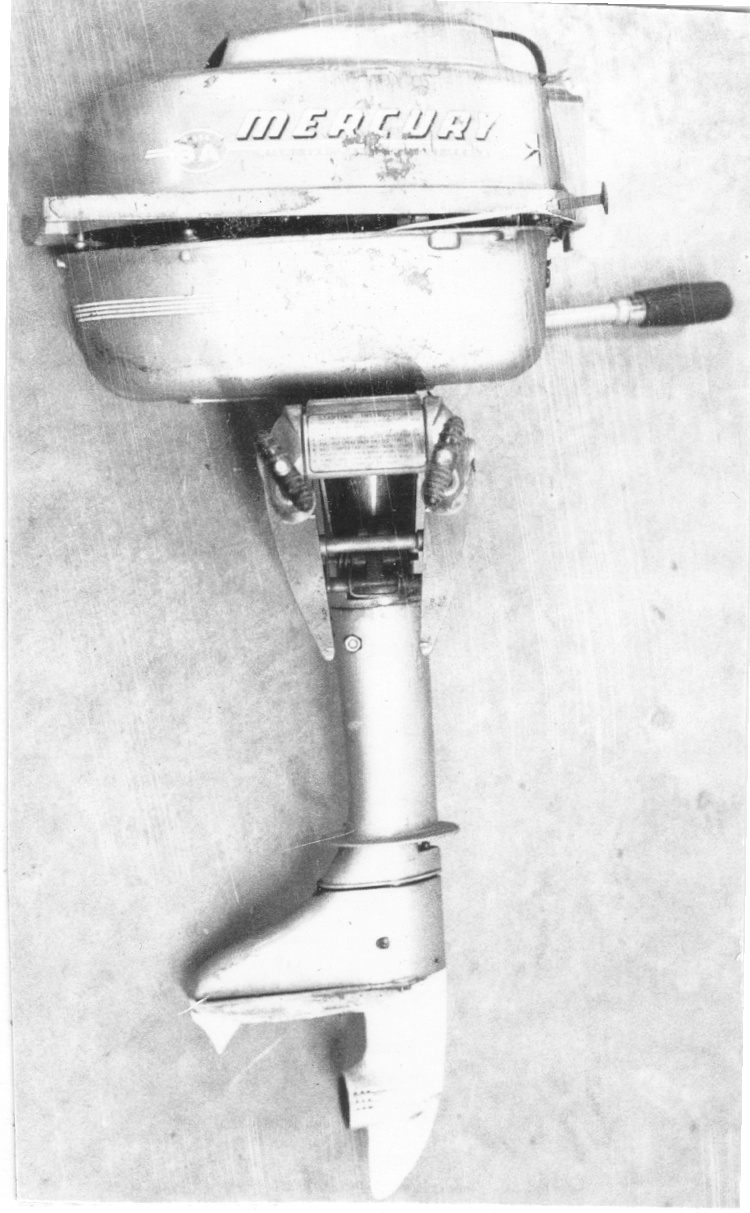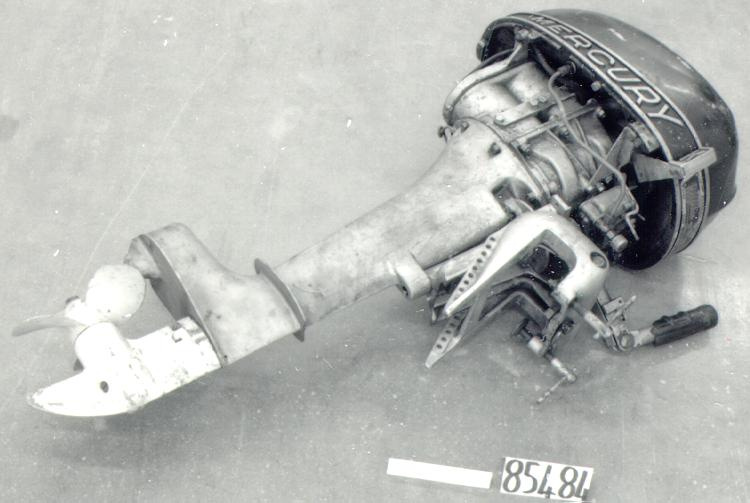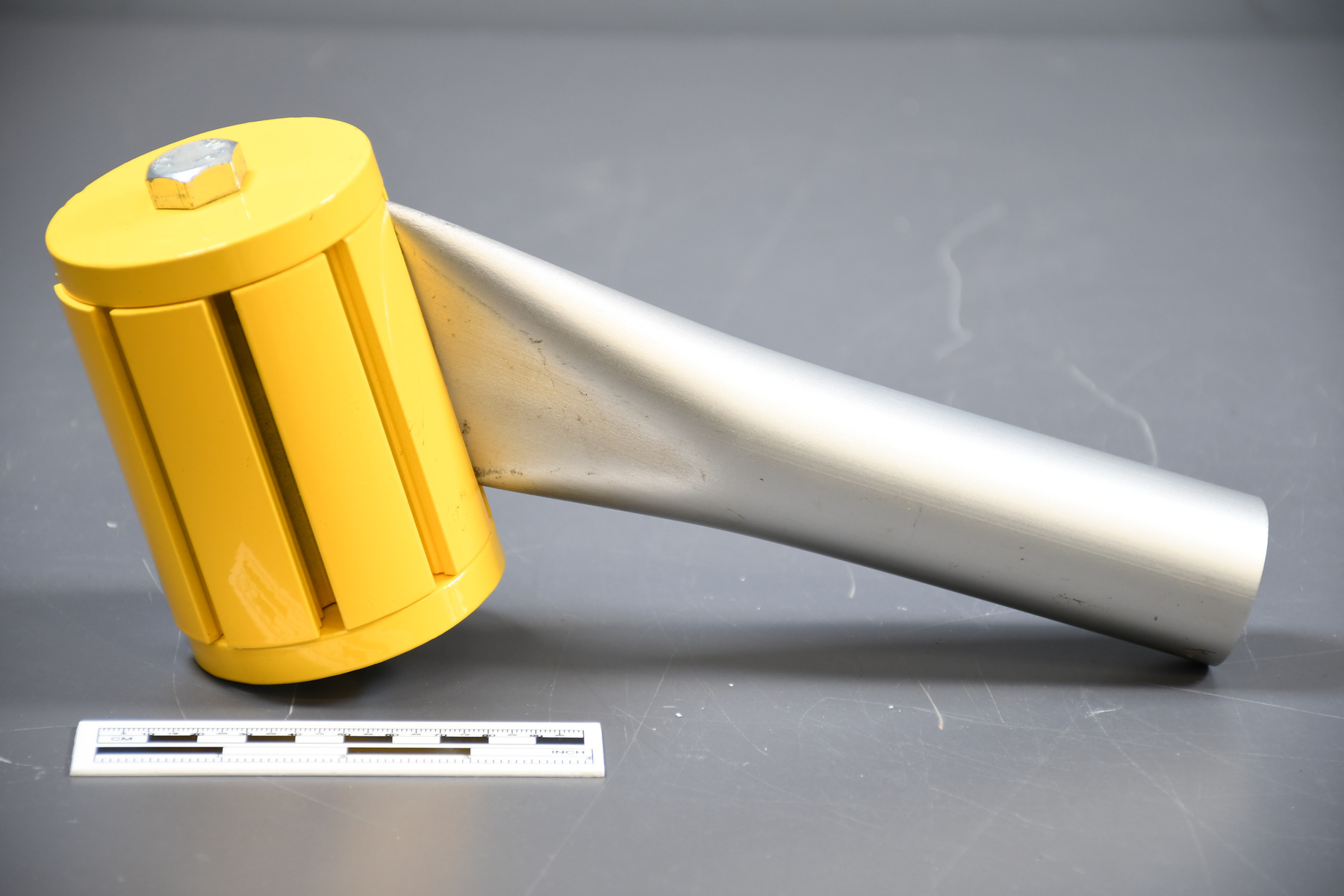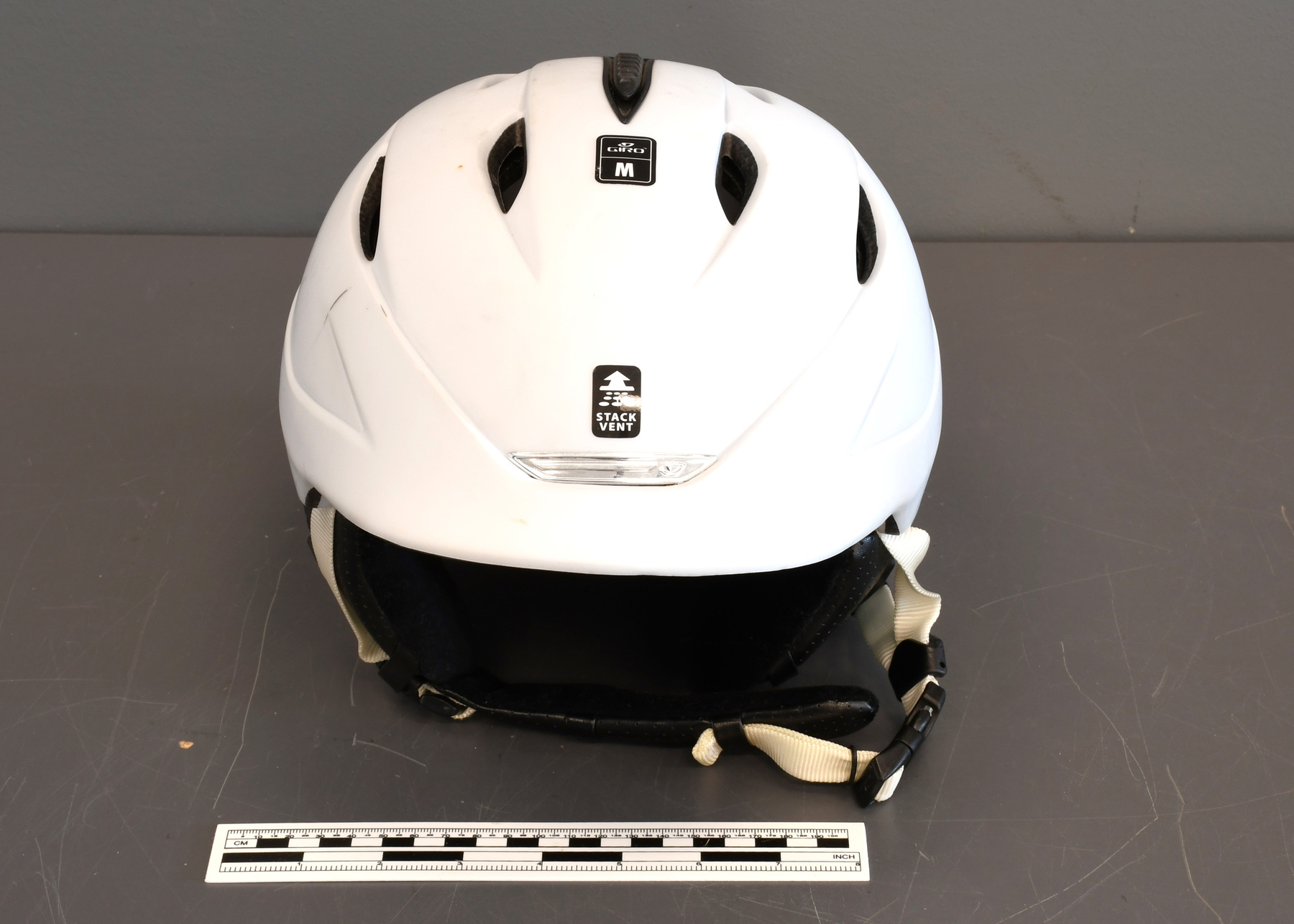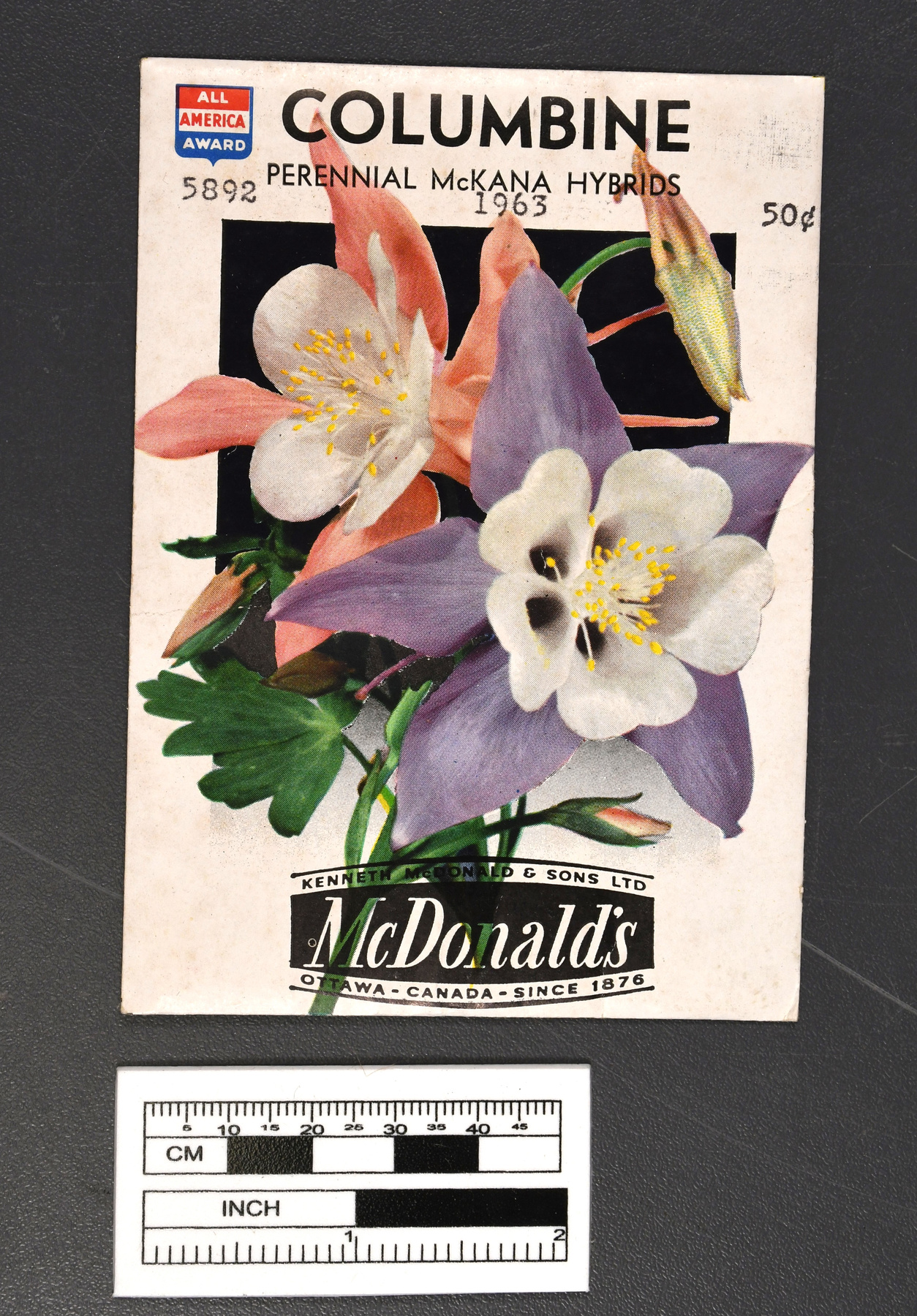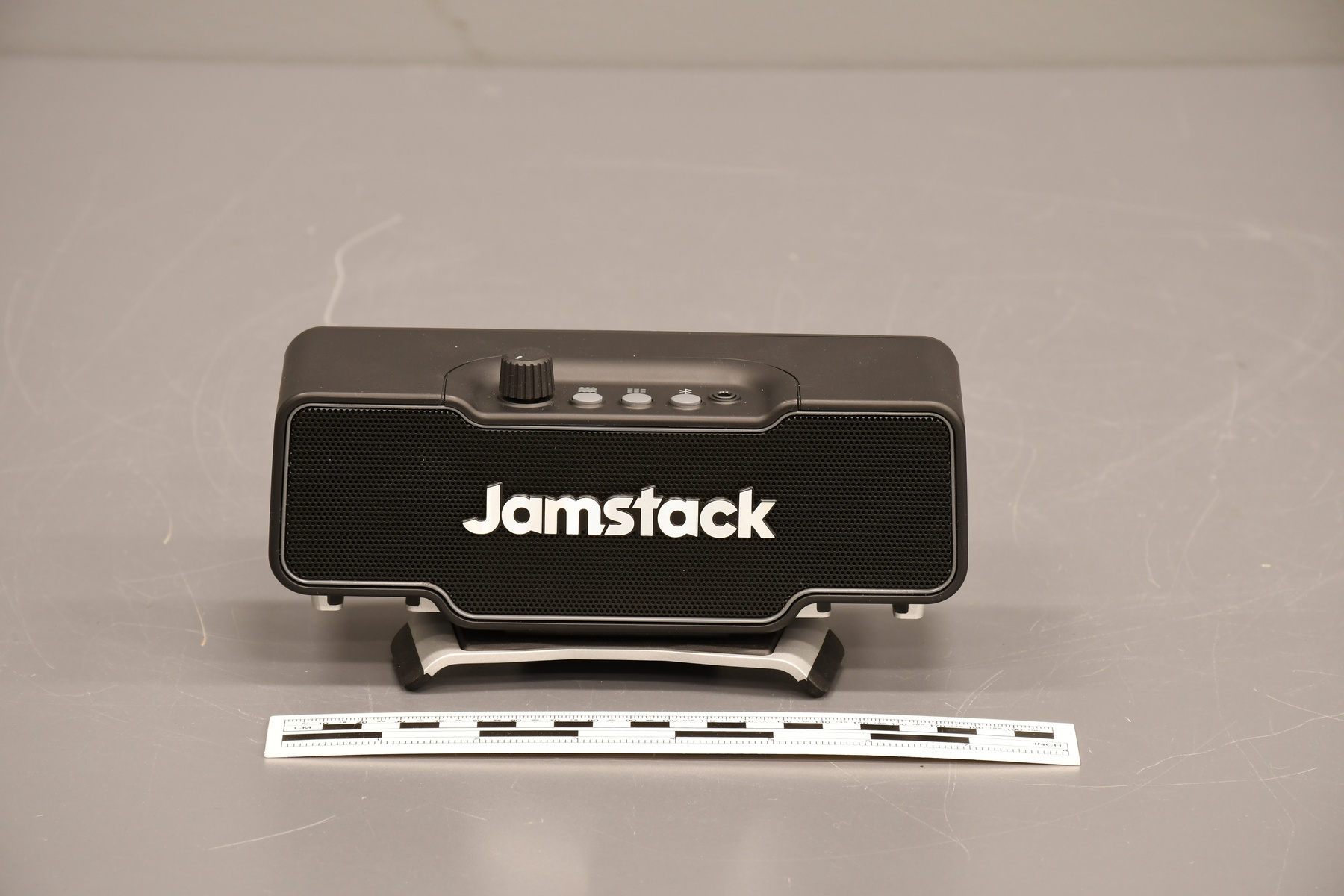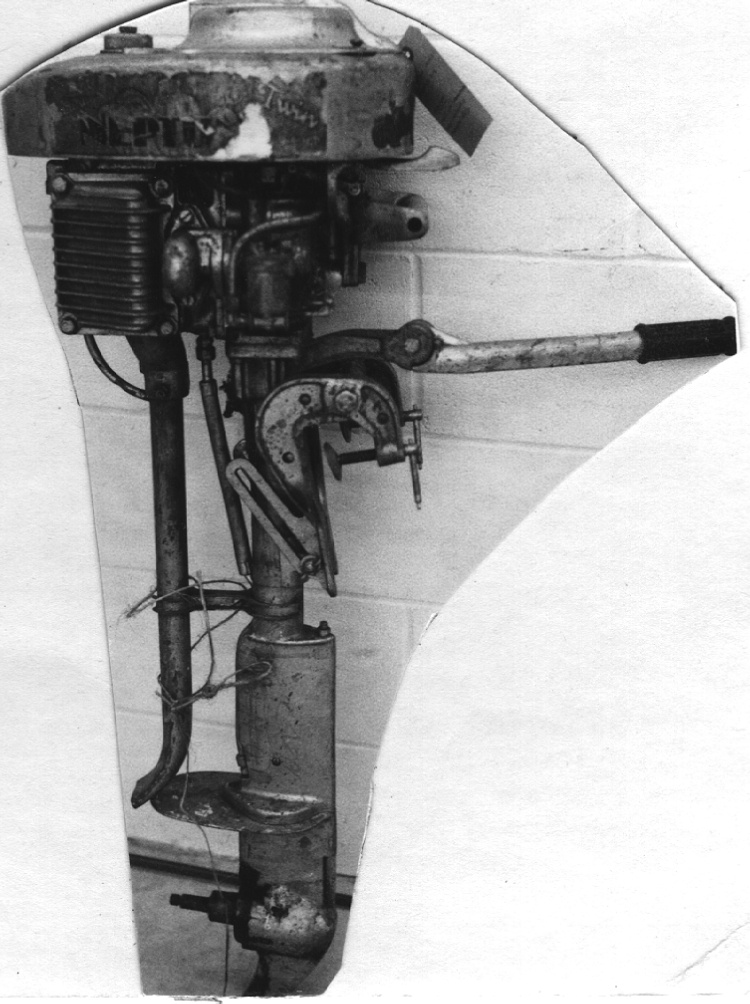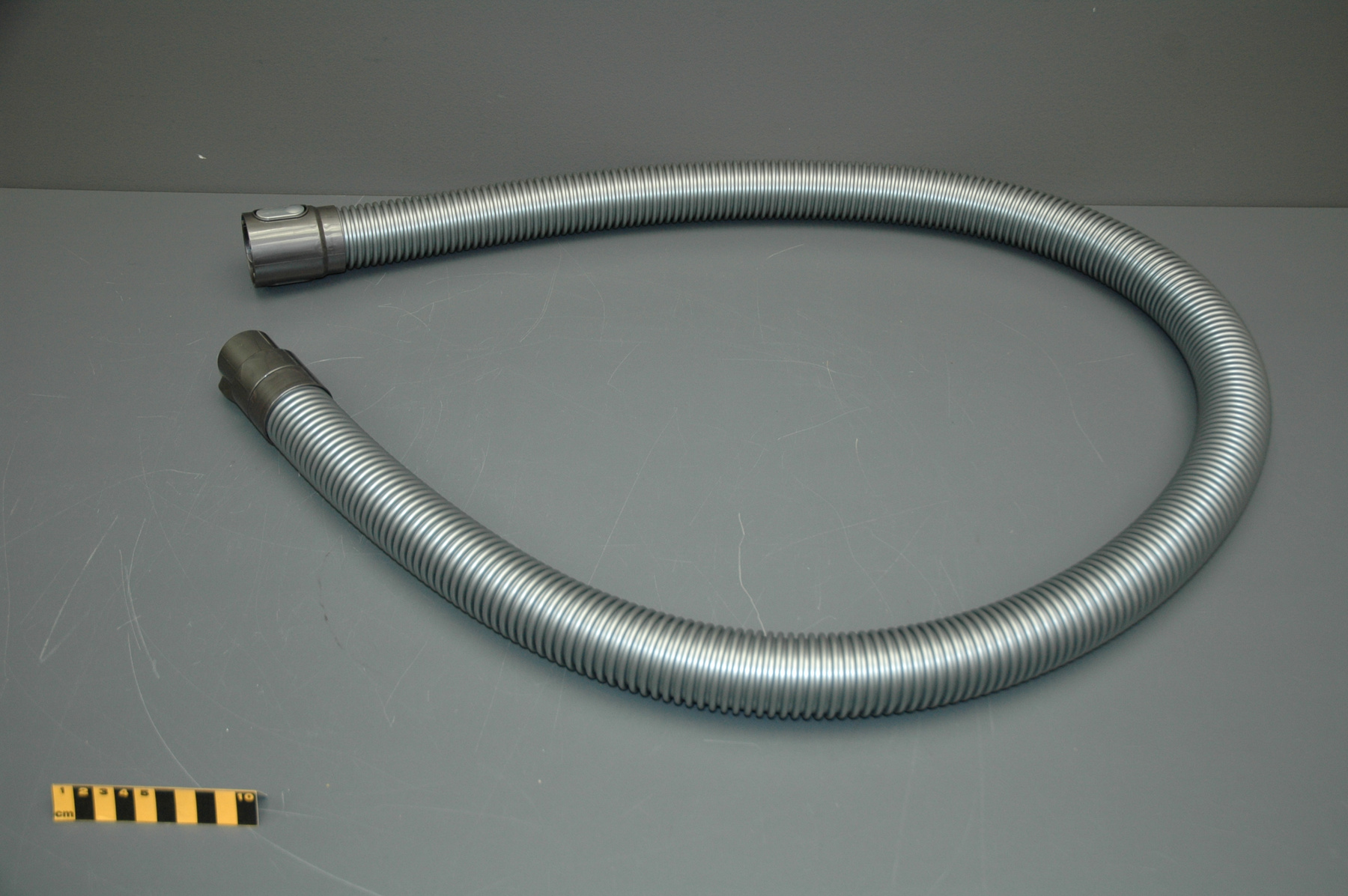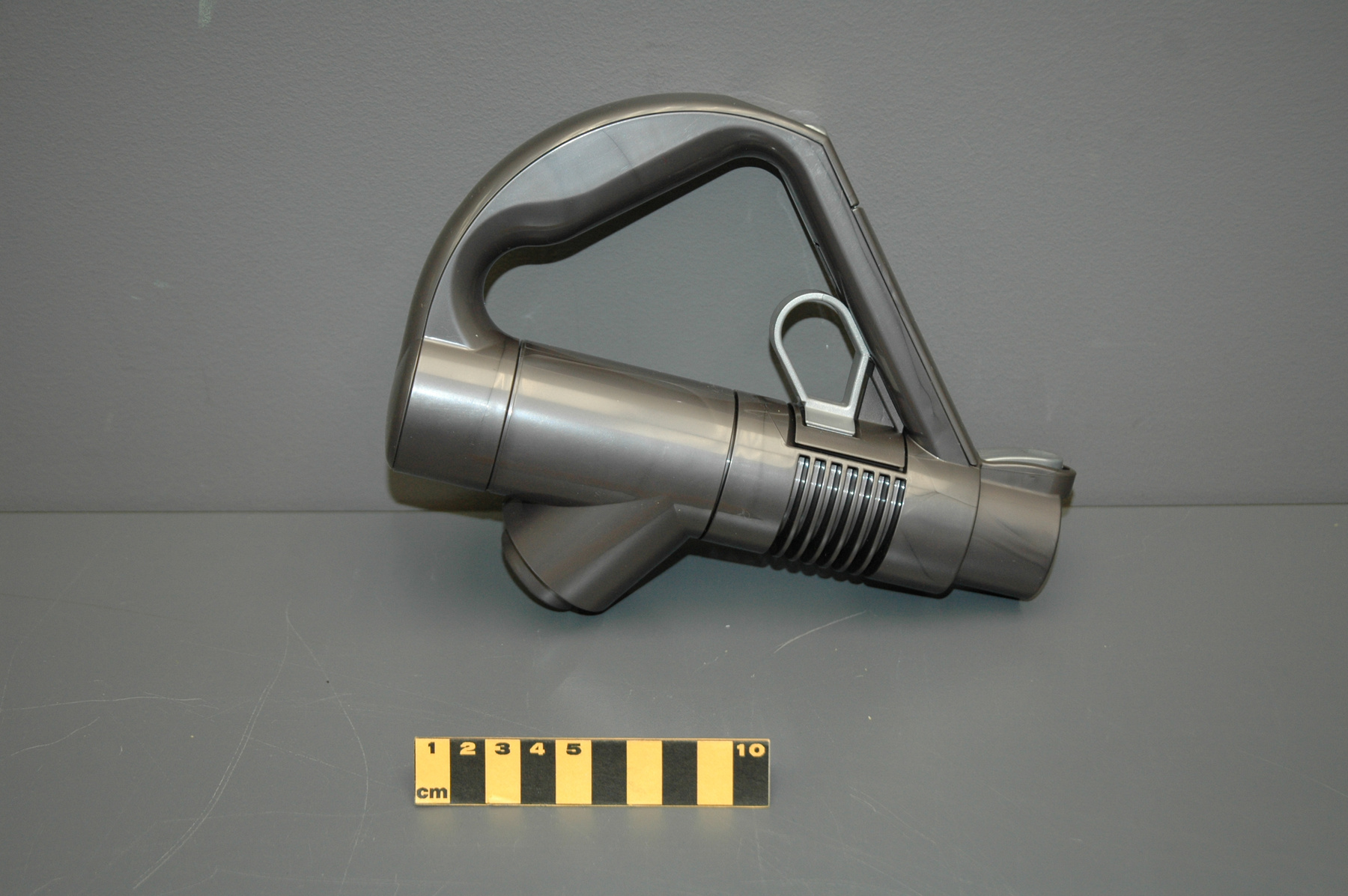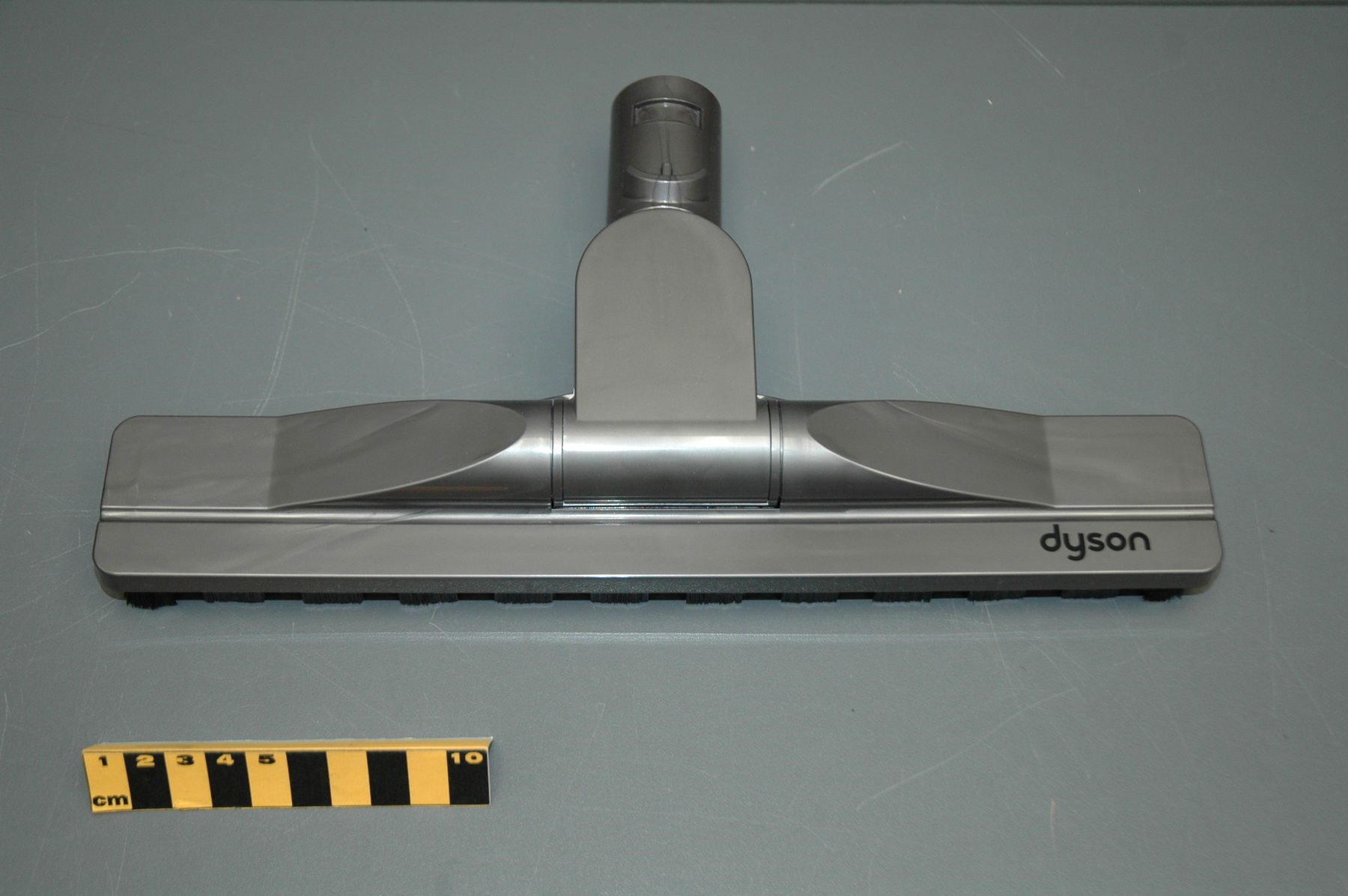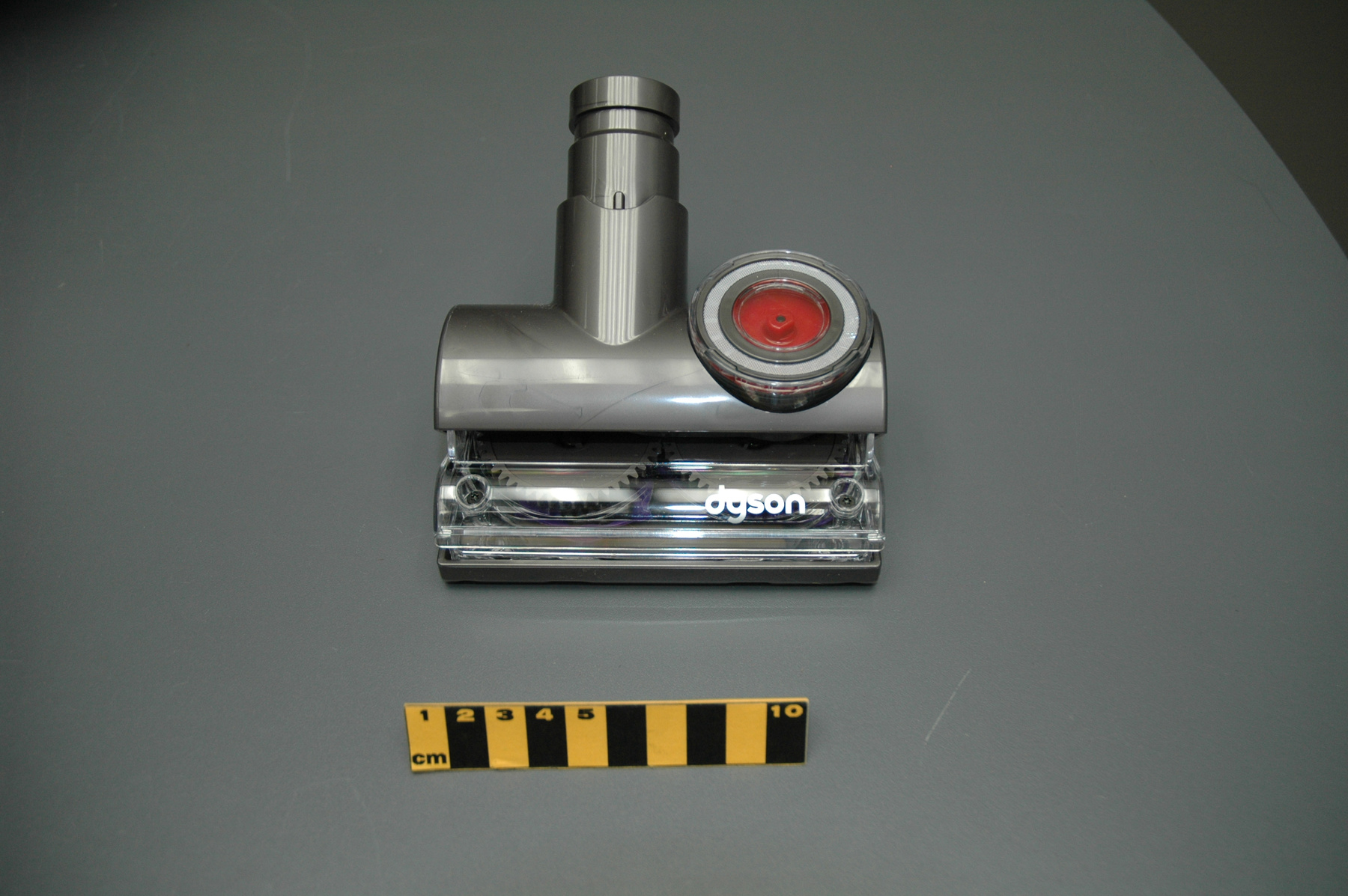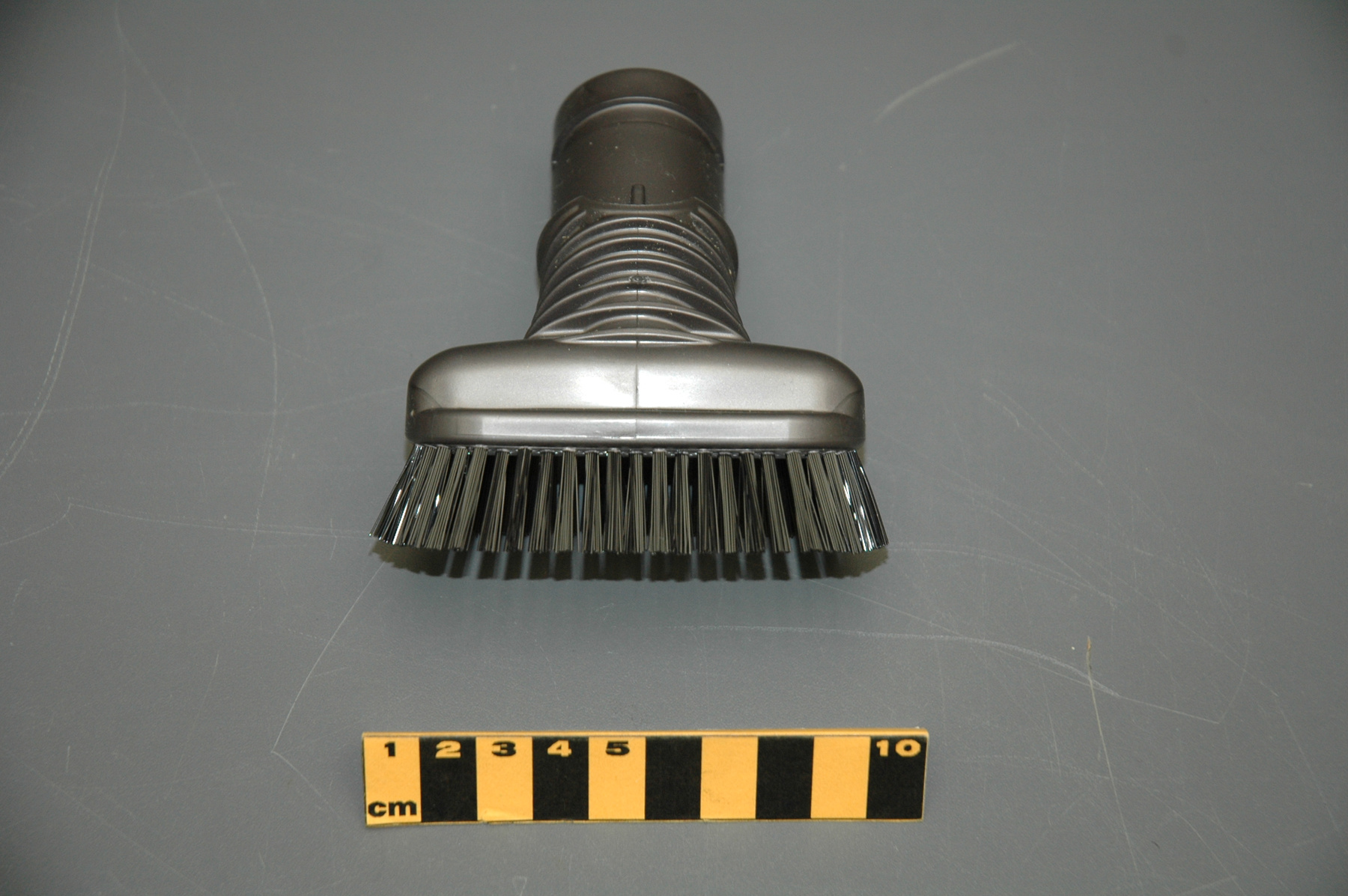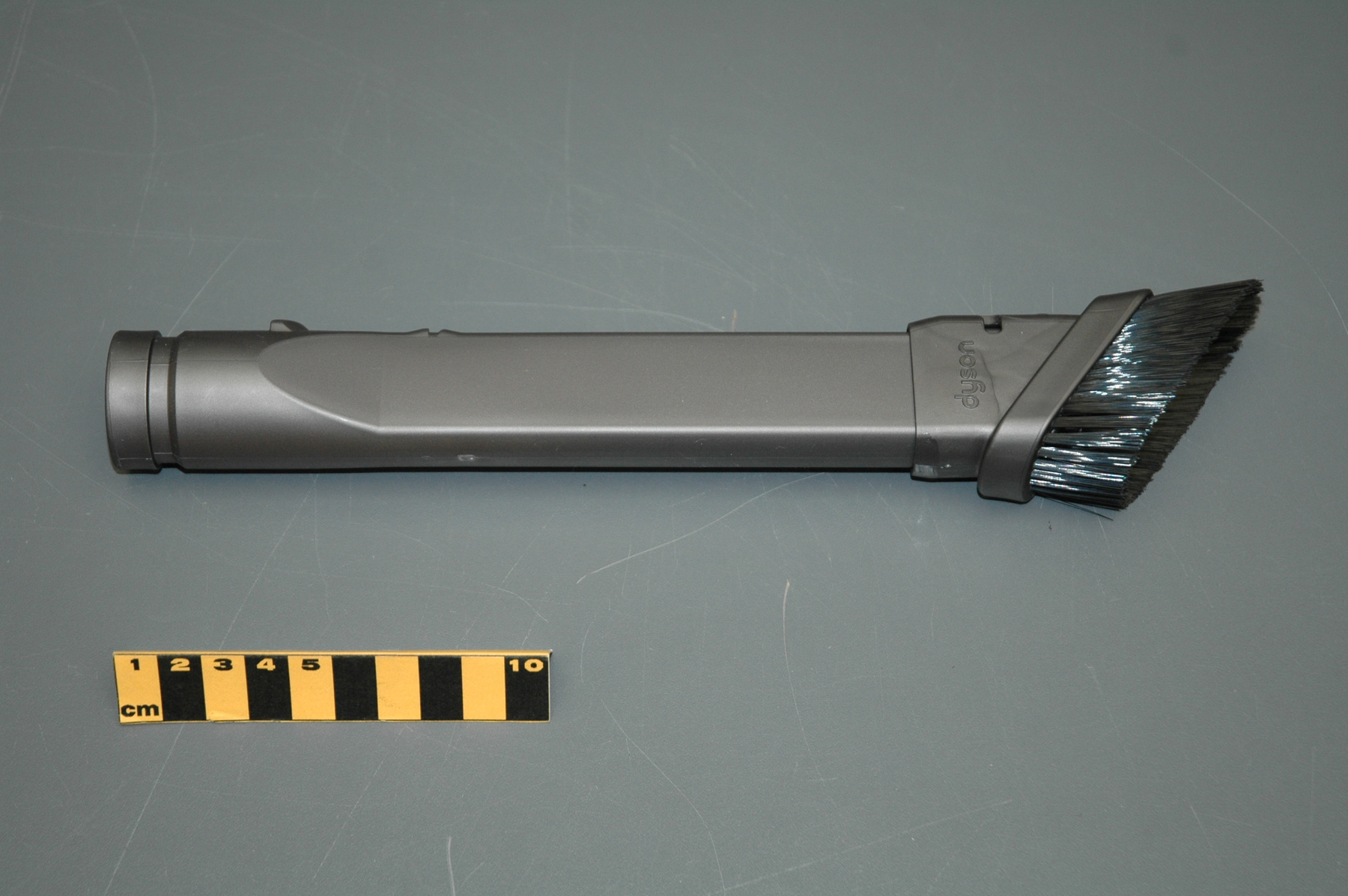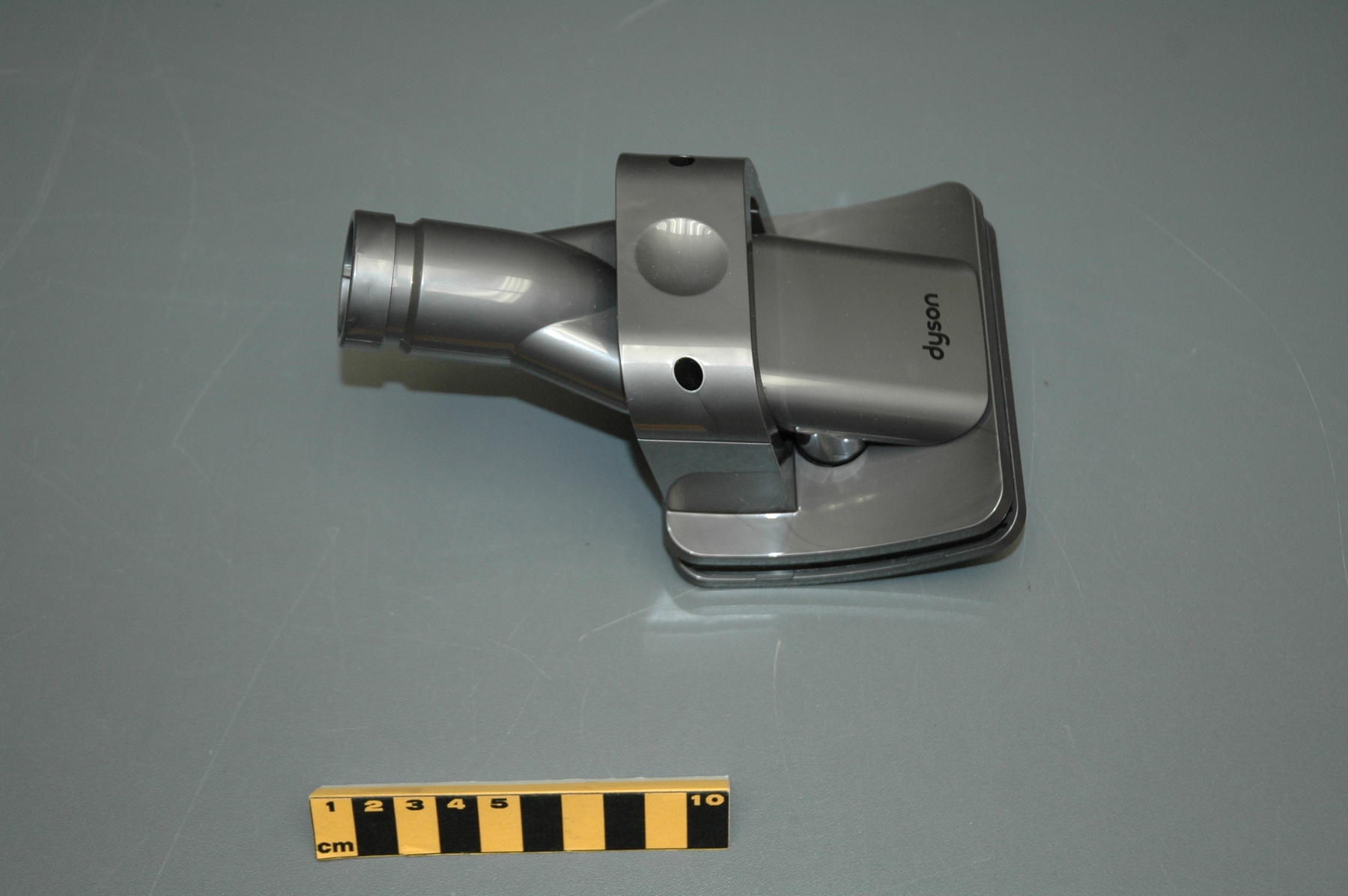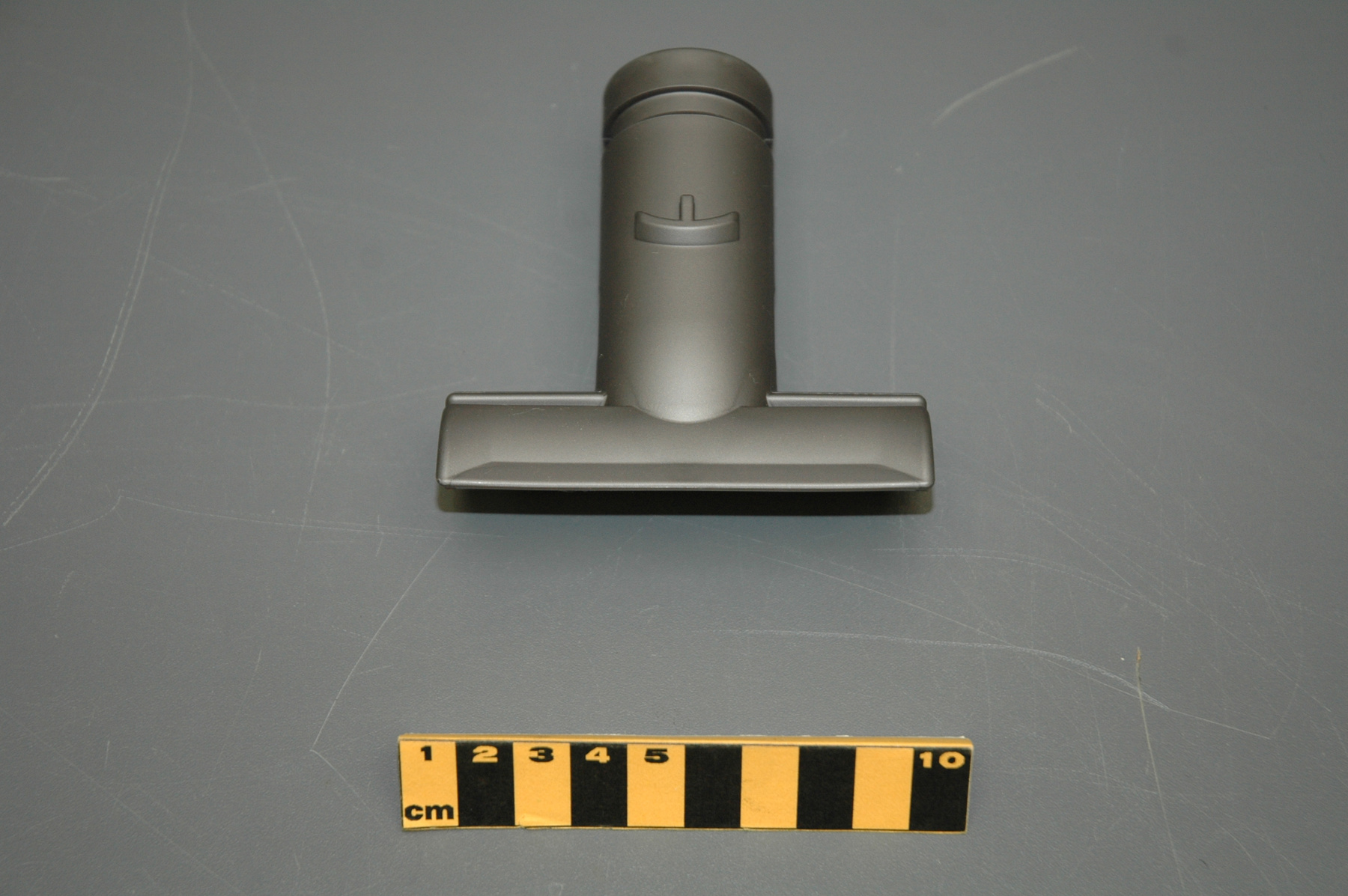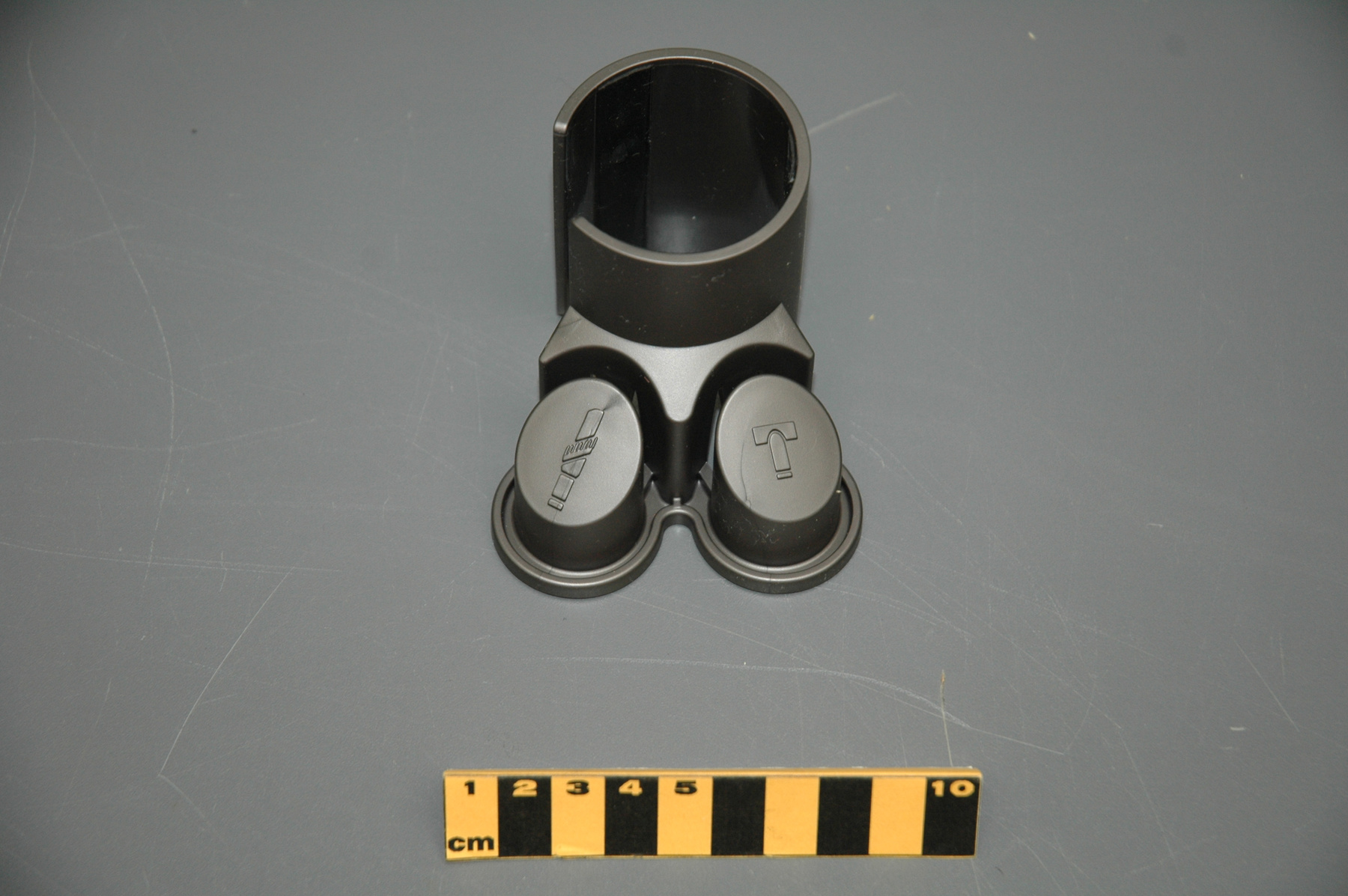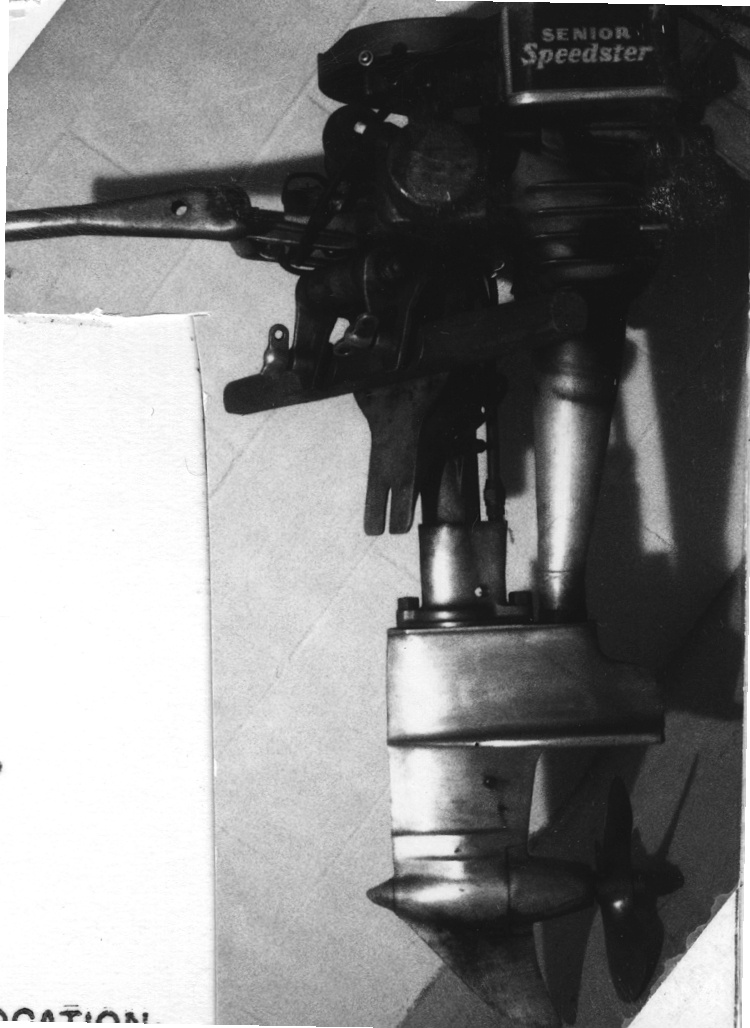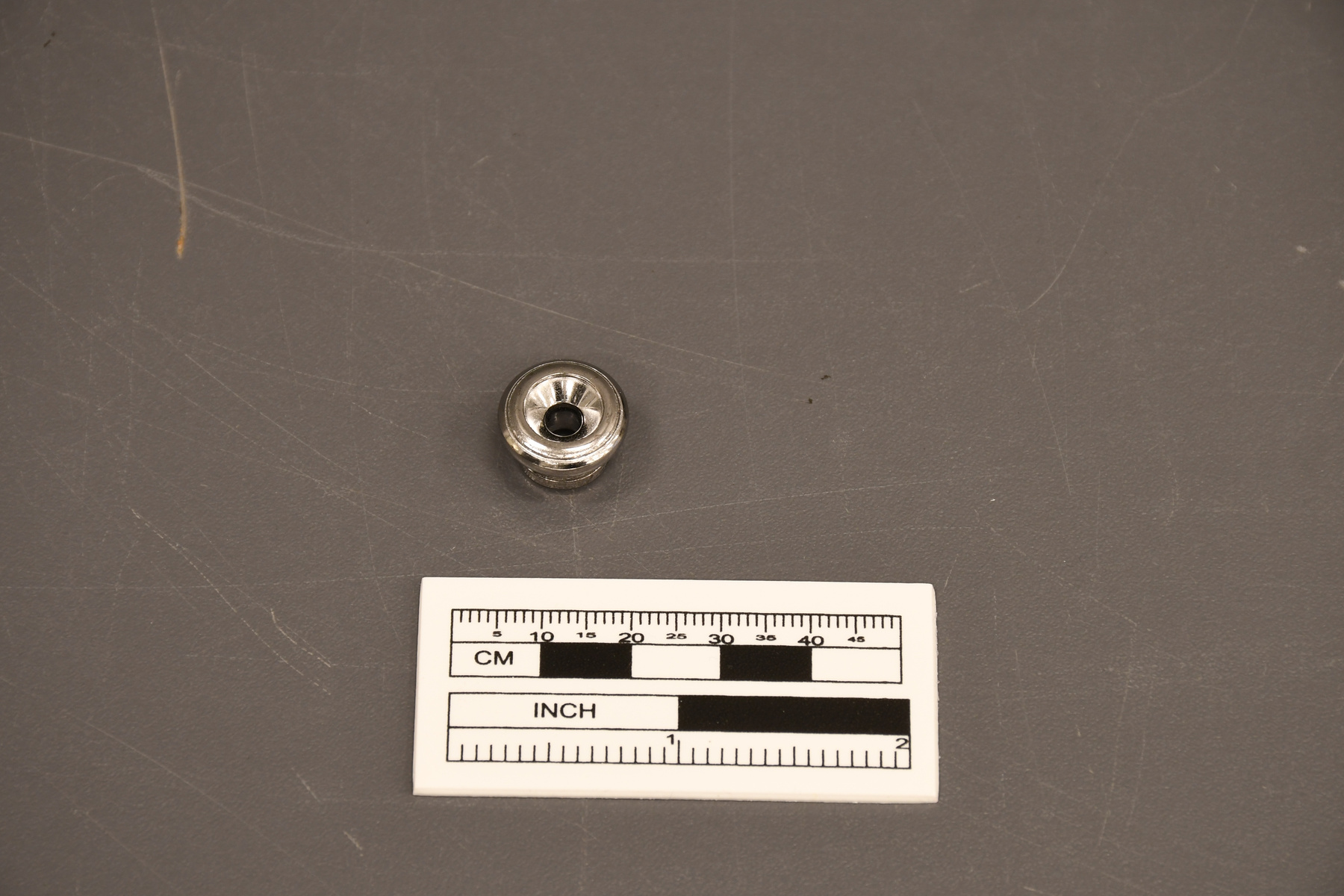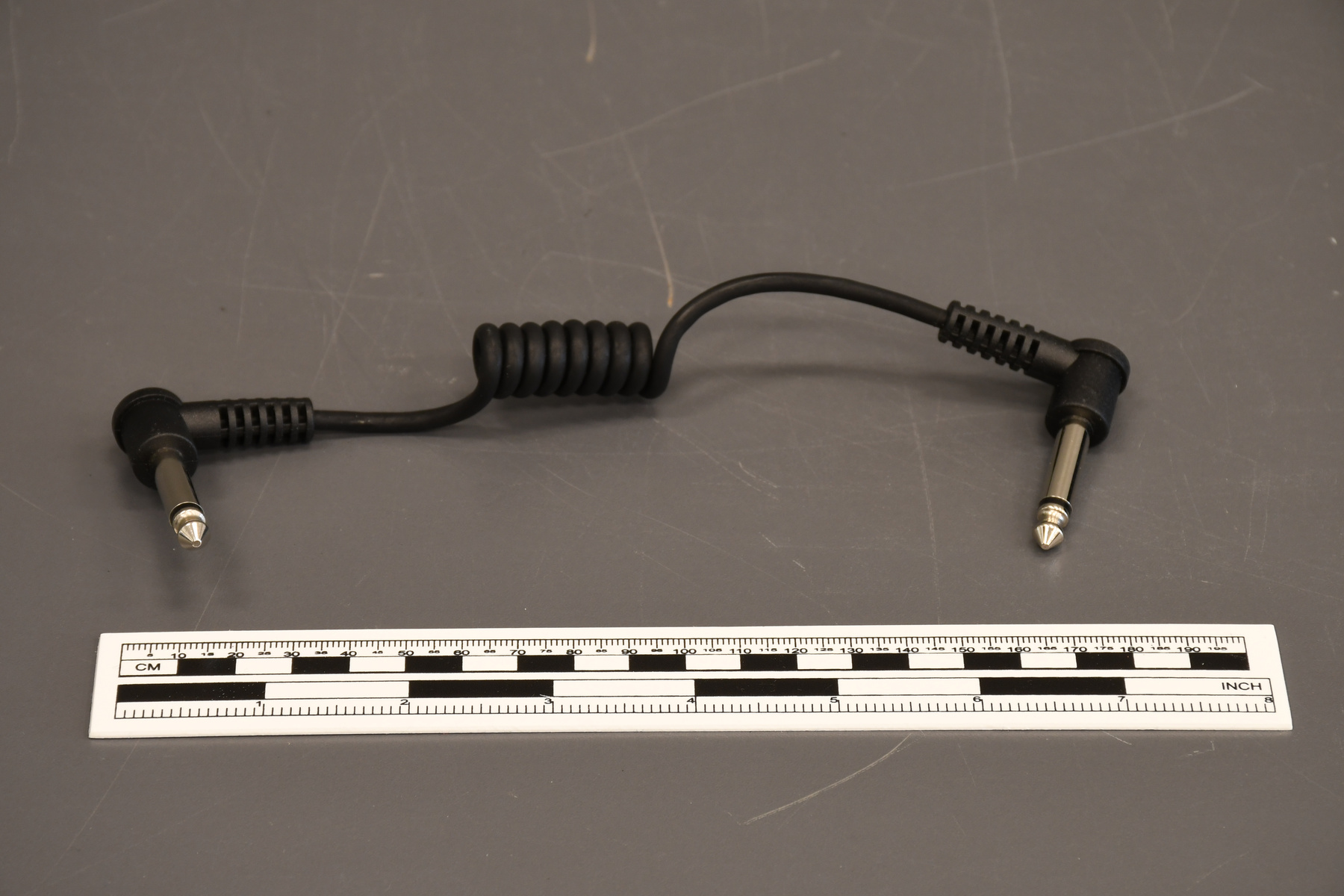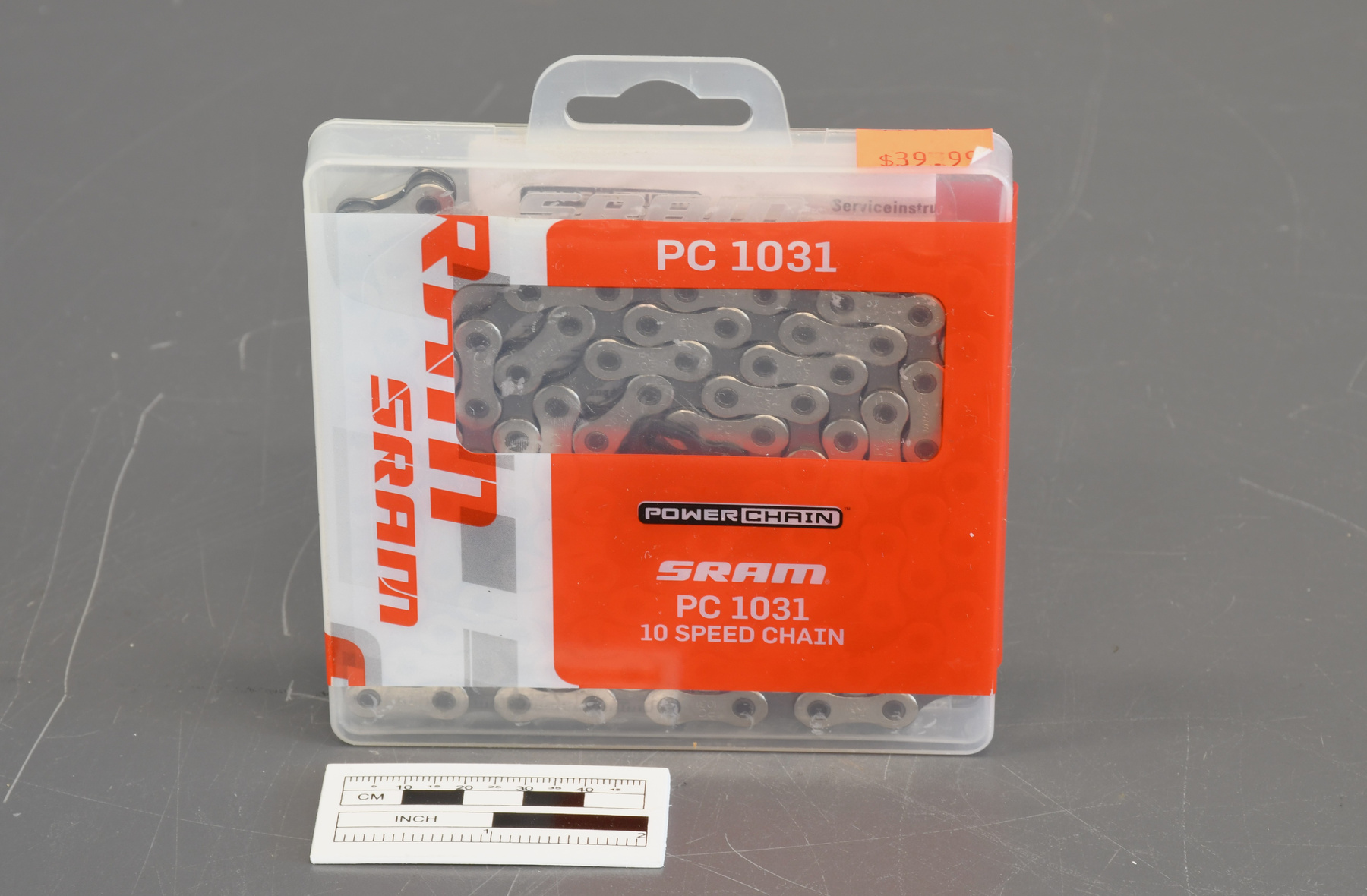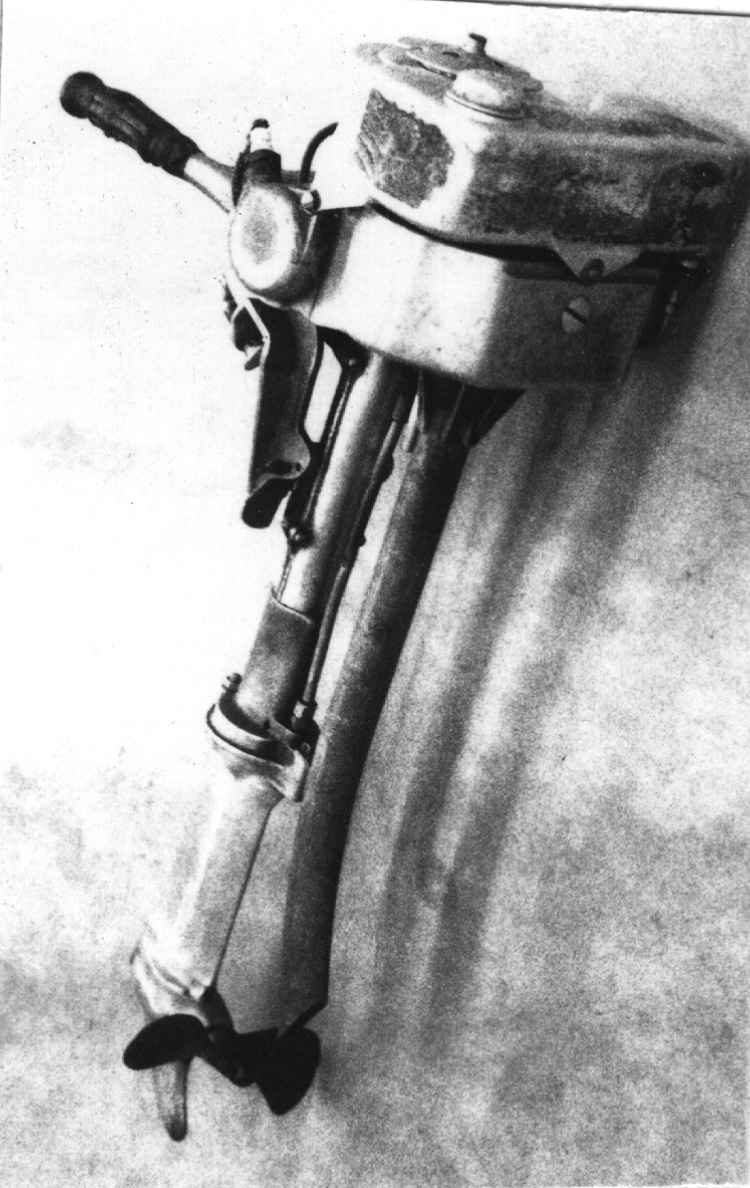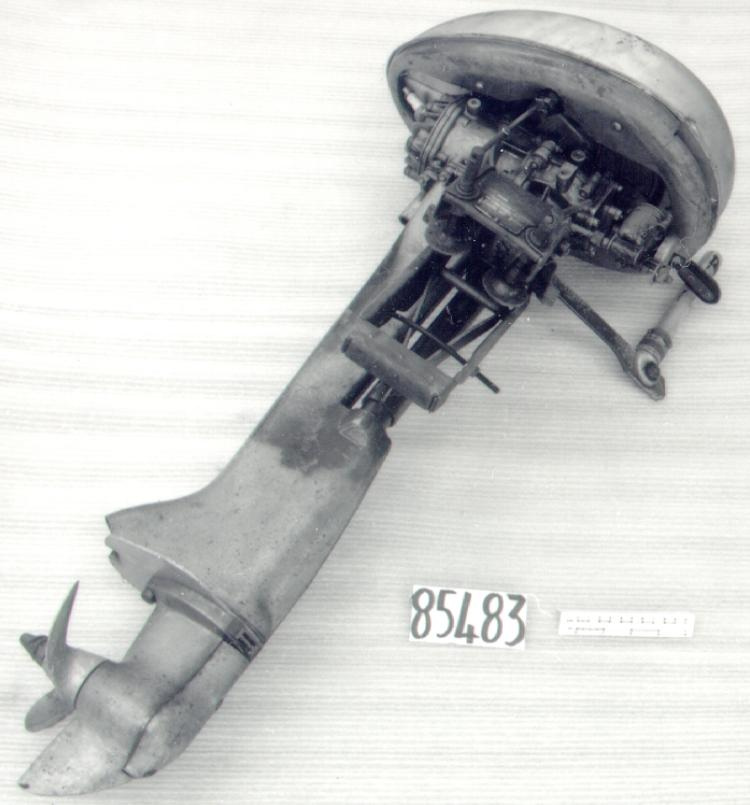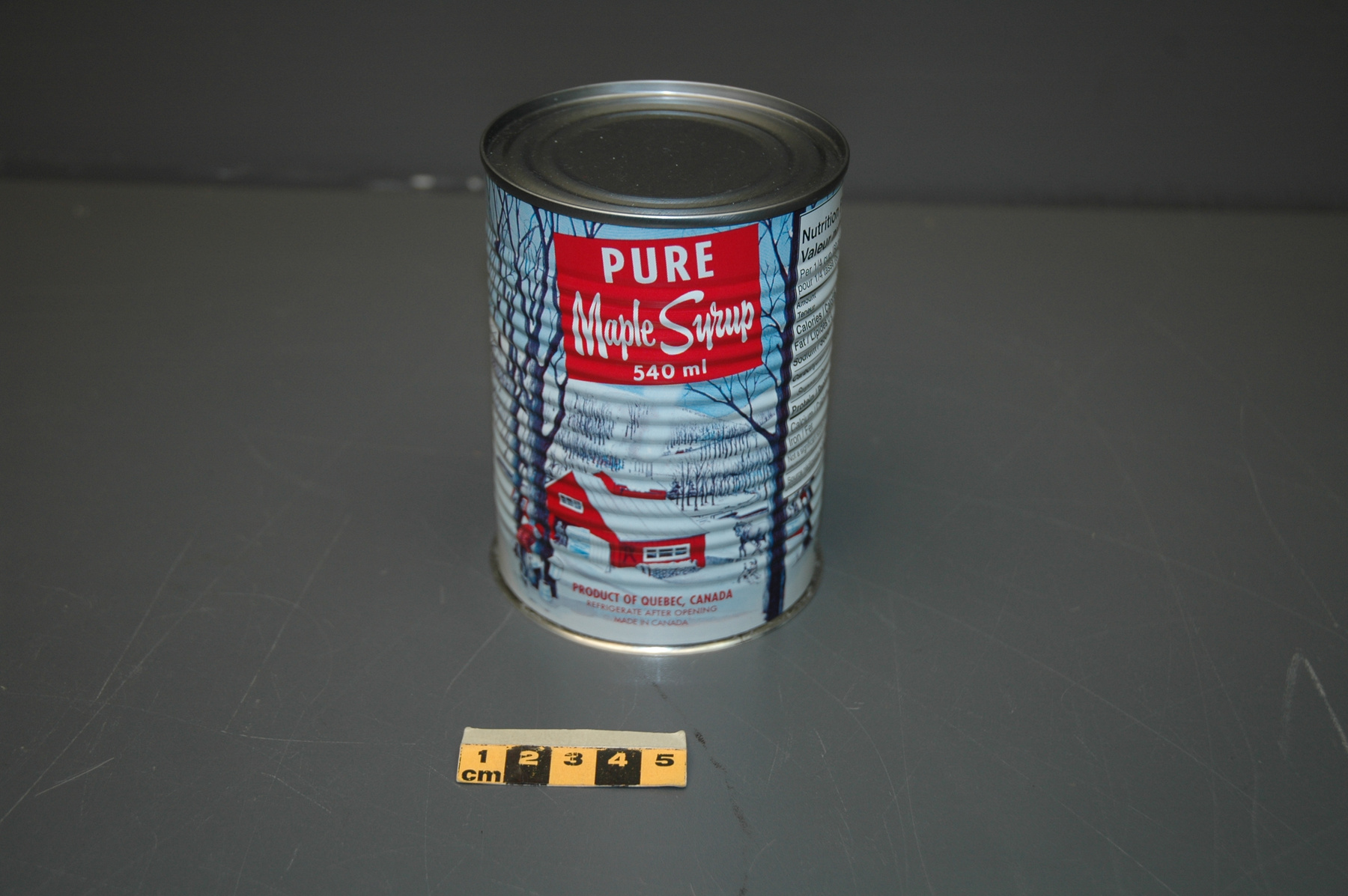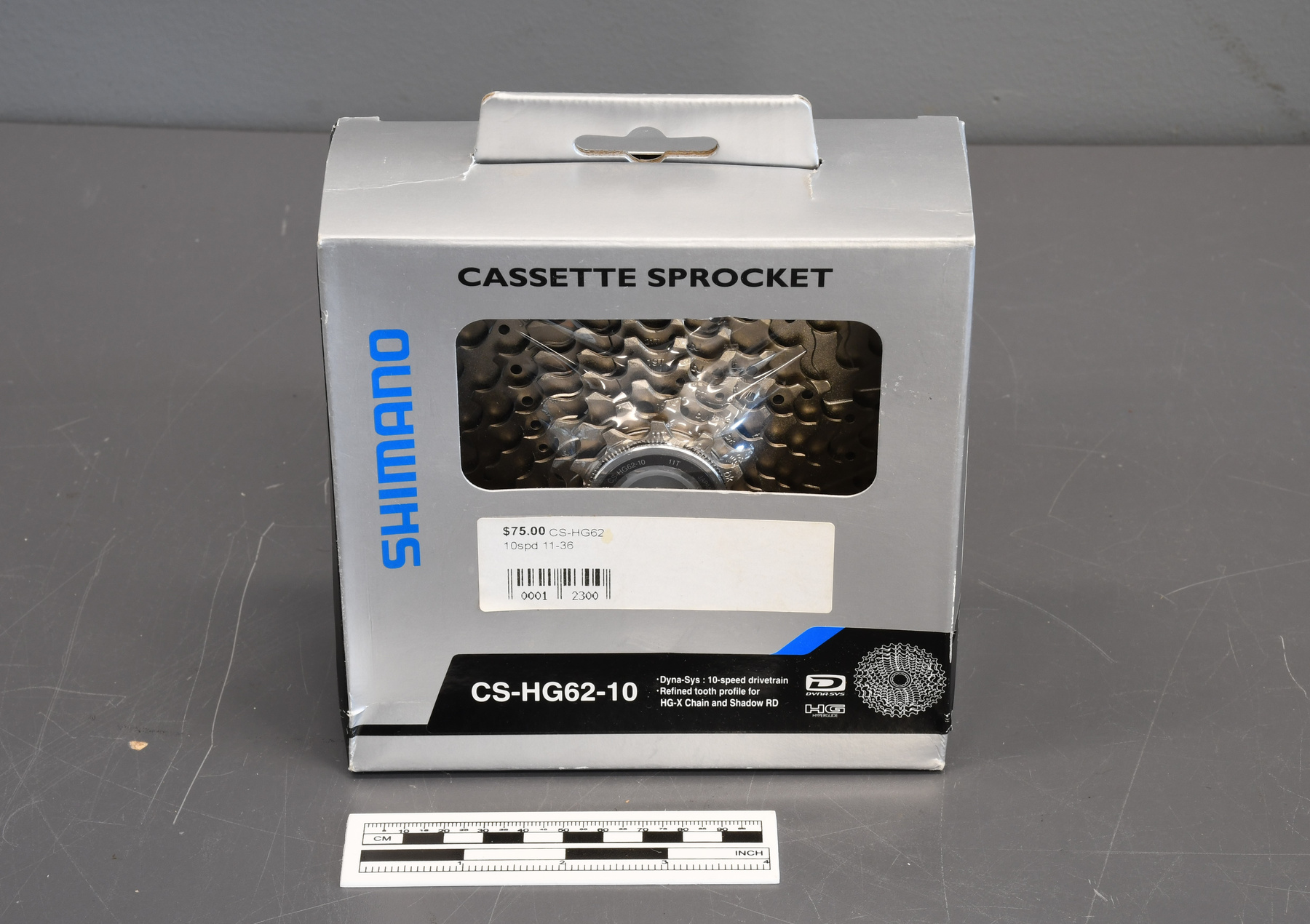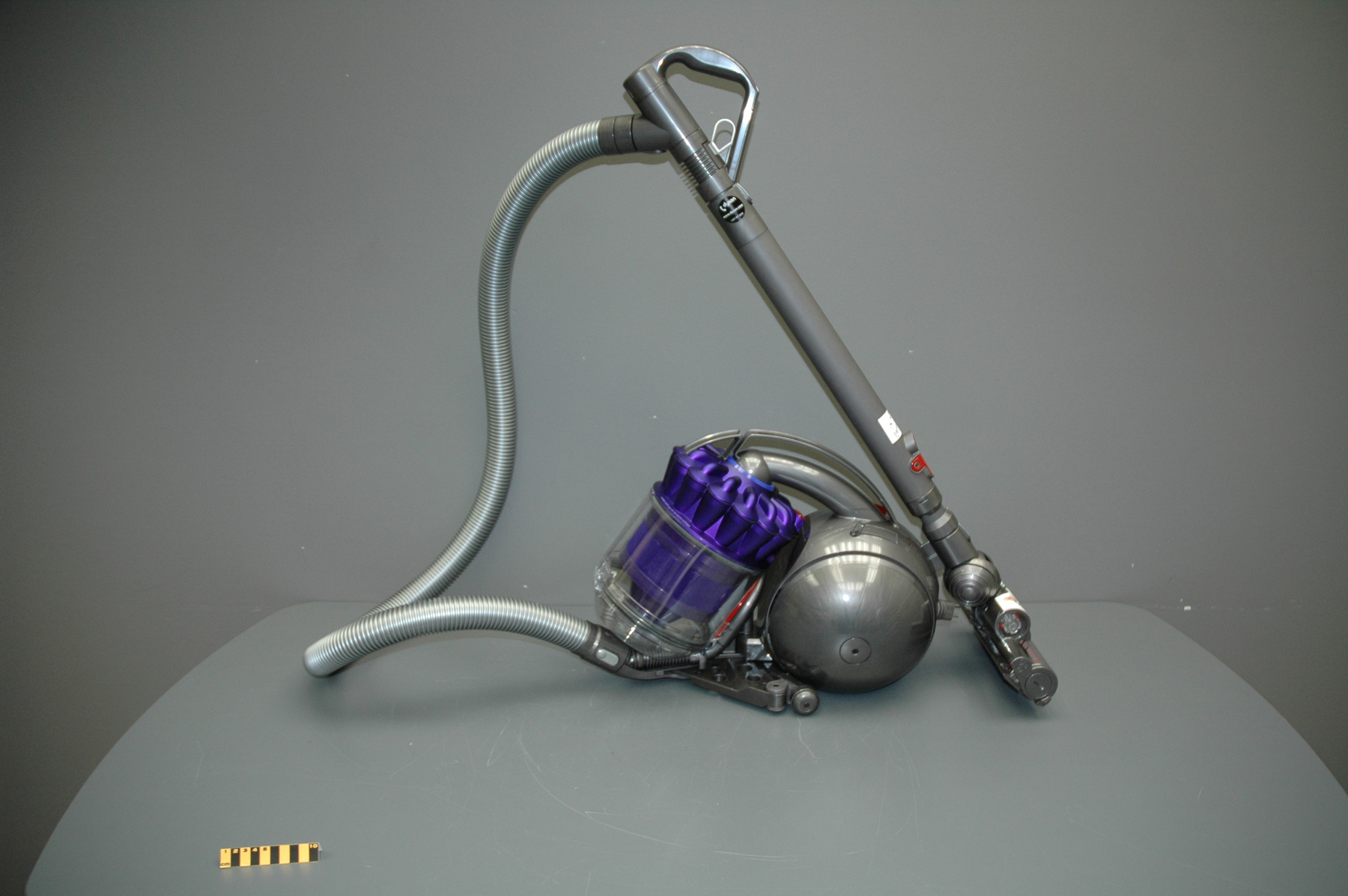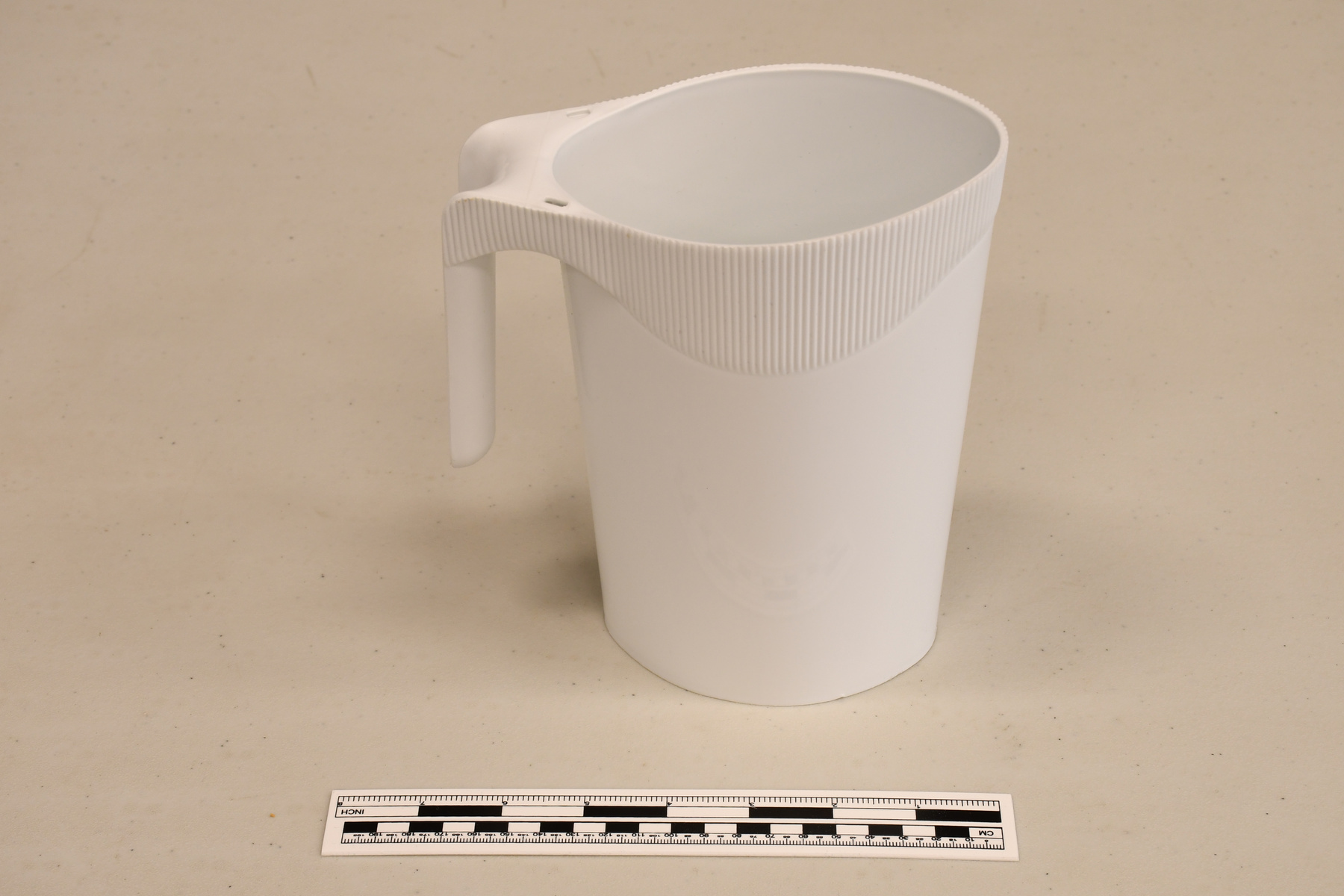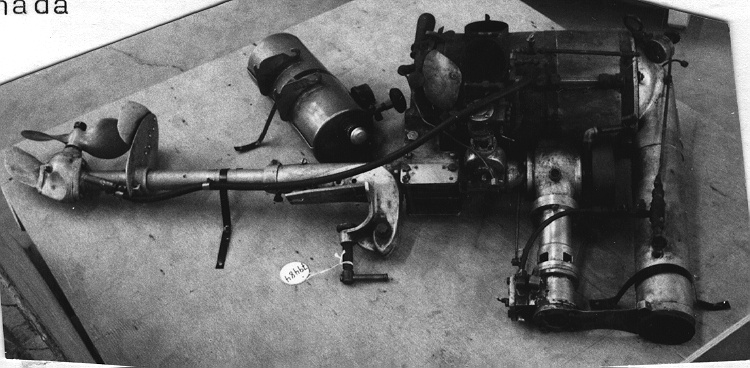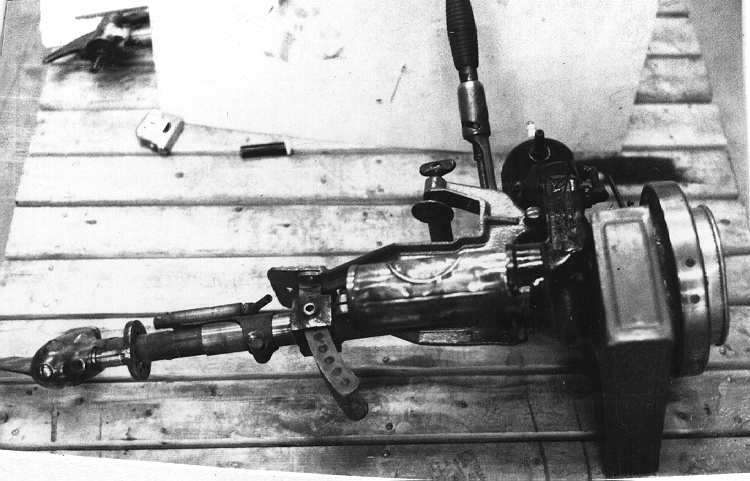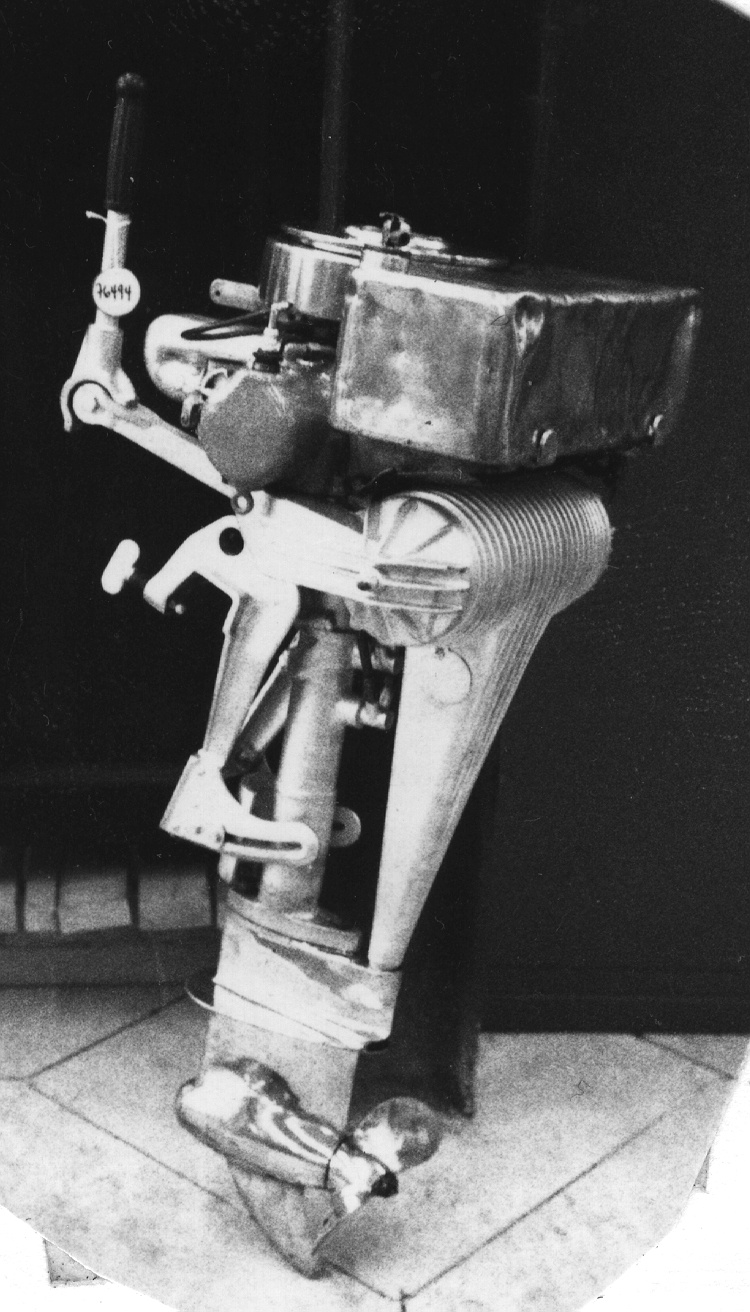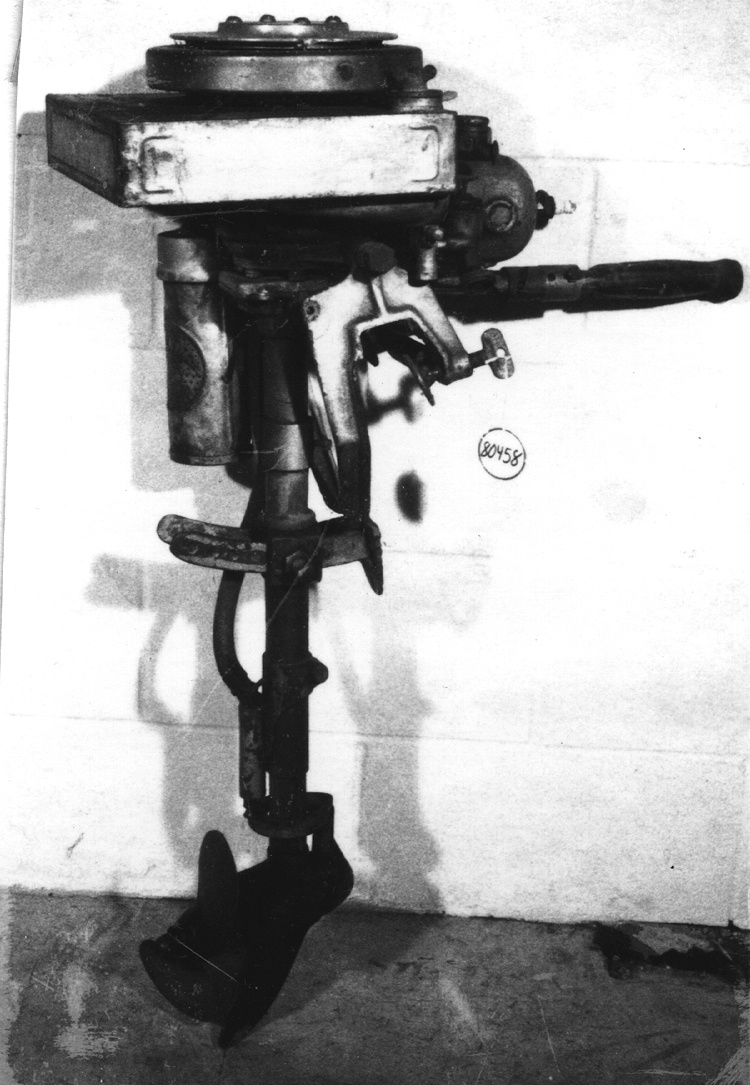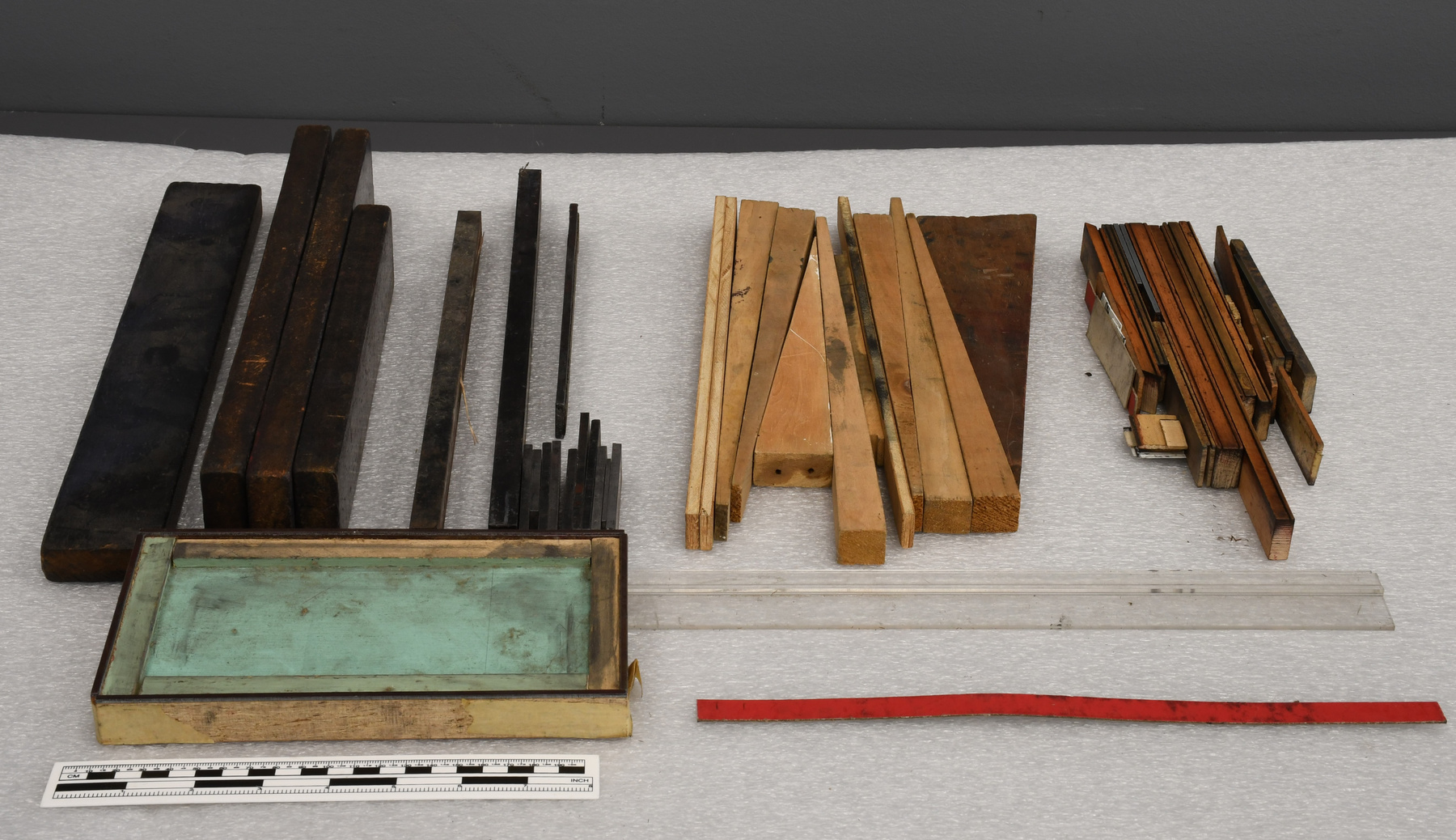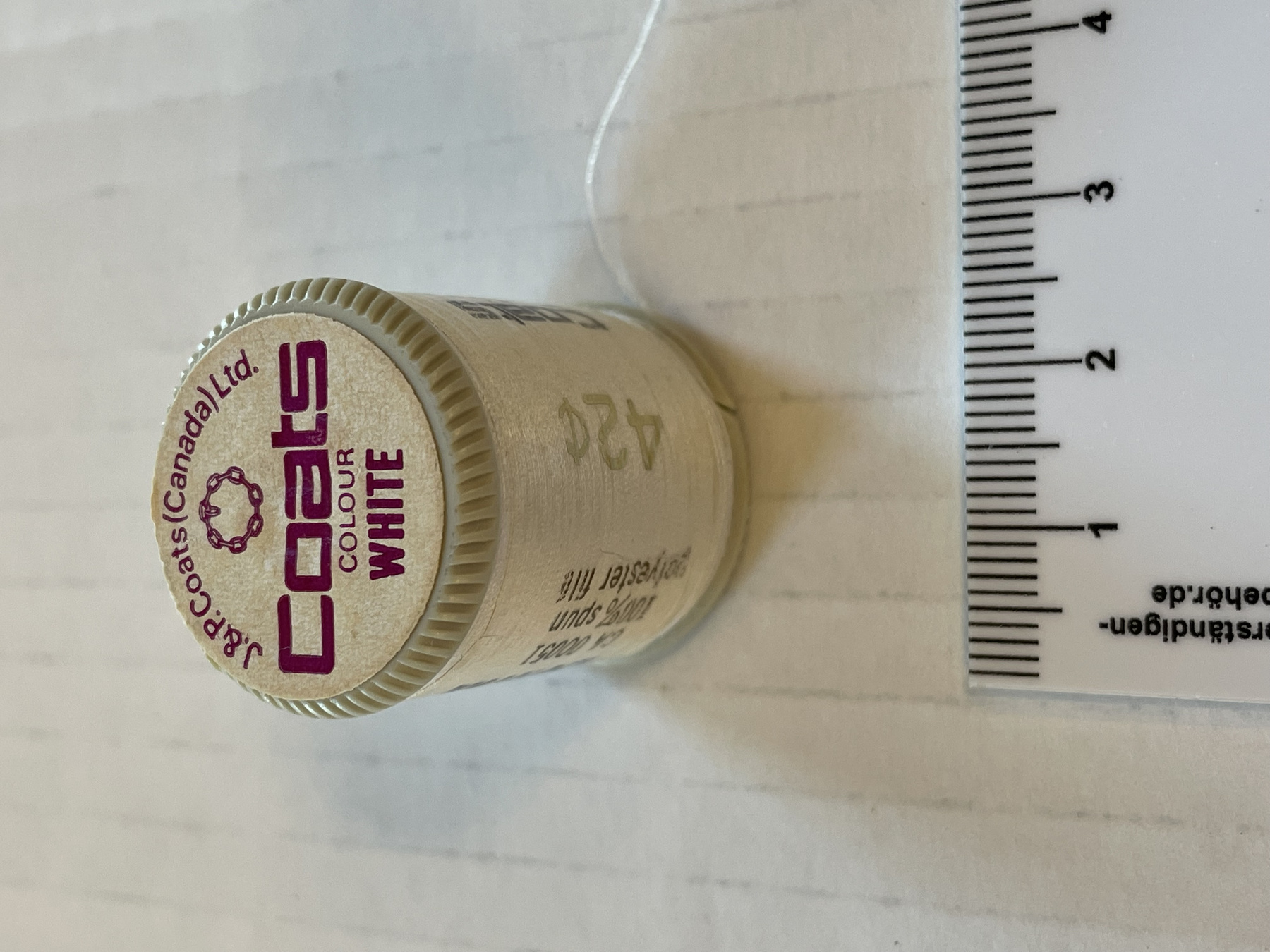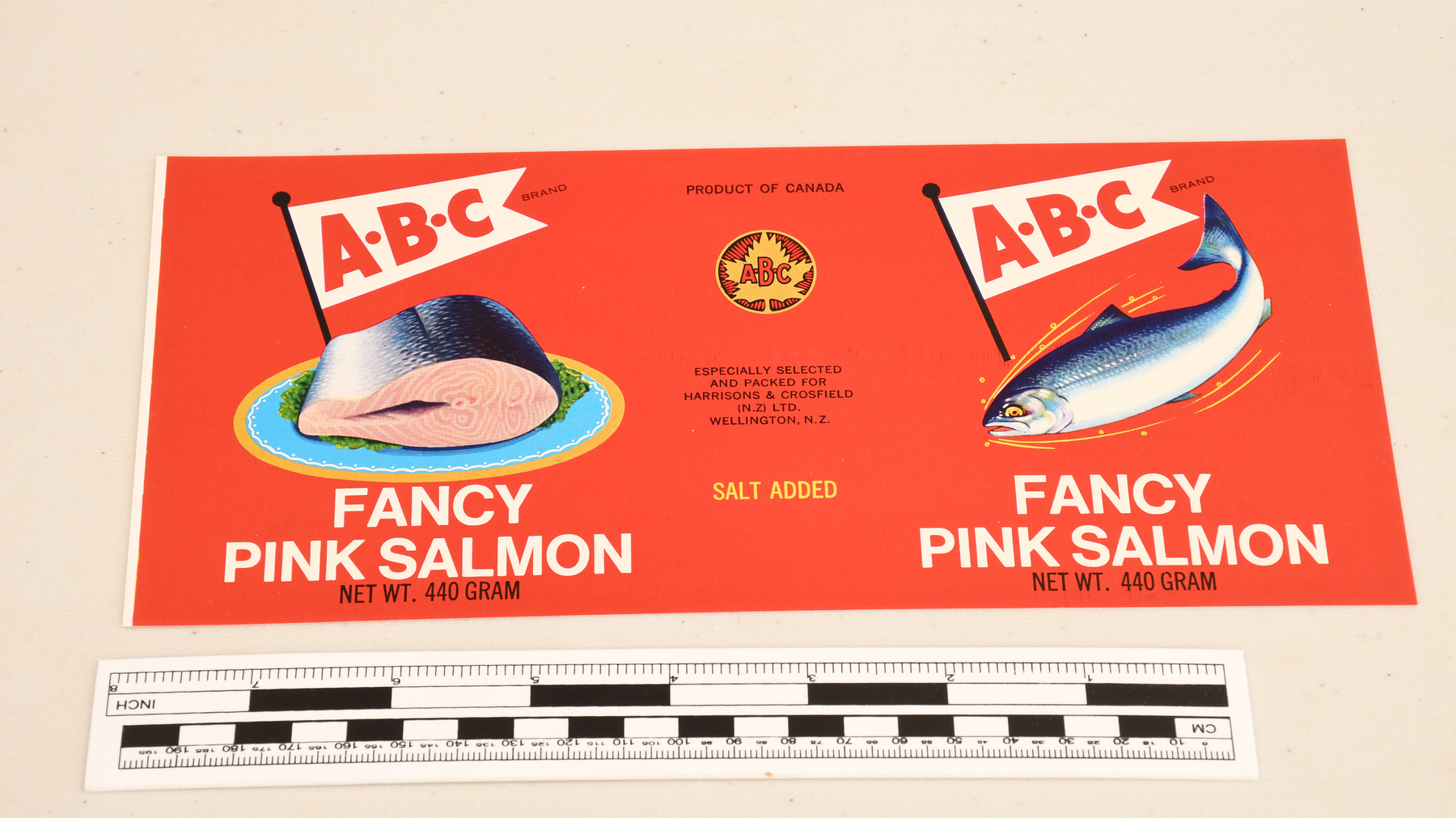Label, can
Use this image
Can I reuse this image without permission? Yes
Object images on the Ingenium Collection’s portal have the following Creative Commons license:
Copyright Ingenium / CC BY-NC-ND (Attribution-NonCommercial 4.0 International (CC BY-NC 4.0)
ATTRIBUTE THIS IMAGE
Ingenium,
2018.0213.001
Permalink:
Ingenium is releasing this image under the Creative Commons licensing framework, and encourages downloading and reuse for non-commercial purposes. Please acknowledge Ingenium and cite the artifact number.
DOWNLOAD IMAGEPURCHASE THIS IMAGE
This image is free for non-commercial use.
For commercial use, please consult our Reproduction Fees and contact us to purchase the image.
- OBJECT TYPE
- 15 1/2 Ozs/ litho
- DATE
- 1950–1996
- ARTIFACT NUMBER
- 2018.0213.001
- MANUFACTURER
- Unknown
- MODEL
- A.B.C
- LOCATION
- Unknown
More Information
General Information
- Serial #
- N/A
- Part Number
- 1
- Total Parts
- 1
- AKA
- N/A
- Patents
- N/A
- General Description
- The object is made of paper elements/L'objet est construit avec des éléments en papier.
Dimensions
Note: These reflect the general size for storage and are not necessarily representative of the object's true dimensions.
- Length
- 24.0 cm
- Width
- 10.5 cm
- Height
- N/A
- Thickness
- N/A
- Weight
- N/A
- Diameter
- N/A
- Volume
- N/A
Lexicon
- Group
- Fisheries
- Category
- Merchandising
- Sub-Category
- N/A
Manufacturer
- AKA
- Unknown
- Country
- Unknown
- State/Province
- Unknown
- City
- Unknown
Context
- Country
- Canada
- State/Province
- British Columbia
- Period
- This label was never used on an actual can.
- Canada
-
Fisheries for Pacific salmon go back thousands of years. Indigenous fishers around the Pacific Rim seasonally harvested salmon from populations of the seven different salmon species. With European colonization, Pacific salmon were transformed by industrial modes of production and distribution into a commodity available around the world. British Columbia become a key center of cannery production beginning in the 1870s. By the early 1900s, BC’s salmon fisheries were Canada’s most valuable, producing millions of pounds of canned salmon, primarily for export to Great Britain. As of 2018, there are only three canneries still operating in British Columbia thanks to the introduction of salmon stocks via aquaculture: St. Jean’s in Nanaimo; Coastwise Processors Inc. in Surrey; and Canfisco’s Oceanside cannery in Prince Rupert. Les pêcheries pour le saumon de la pacifique reculent des milliers d'années. Les Autochtones étaient de pécheurs tout au long de la Pacifique et cueillais sept espèces différentes. Avec la colonisation Européen le saumon était transformé par les modes de production industrielle pour devenir une commodité distribuée au monde entier. La Colombie-Britannique est devenue un endroit clés pour la production de saumon en conserve depuis les 1870s. Au début des 1900s les compagnies de la province sont devenues les plus profitables et produisait des millions de livres de saumon en conserve pour l'exportation en Grande Bretagne. Depuis 2018 il y a seulement trois compagnies de cannettes en conservent en opération en Colombie-Britannique grâce à l'introduction de l'aquaculture : St. Jean's à Nanaimo; Coastwise Processors Inc. a Surrey; et Canfisco's Oceanside cannery à Prince Rupert. - Function
-
Labels are used to identify and market cans and cases of Pacific salmon preserved by canning. Labels usually indicate the species of salmon, the brand, the company, and the place of manufacture, and often the label printer as well. Labels are used to communicate with consumers, describing the contents to them as well as convincing them that the food inside is delicious and safe to consume. Labels sometimes graphically show the product inside, but more typically present imagery that attempts to influence purchasing decisions by creating brand associations that aim to attract and keep consumer interest. Des étiquettes sont utilisées pour identifier des canettes en conservent pour du saumon de la Pacifique. Les étiquettes indiquent l'espèce de saumon ainsi que la compagnie, la marque et le lieu du fabricateur et de l'imprimante. Les étiquettes communiquent avec les consommateurs pour décrire le contenu de la cannette pour essayer de les convaincre que les aliments à l'intérieur son délicieux et sûrs à consommer. Les étiquettes utilisent de graphiques pour démontrer des images pour influencer le consommateur en créant une marque pour faire des associations avec de la qualité du produit et pour s'assurer de garder de l'intérêt avec le consommateur. - Technical
-
From a printing-technology standpoint, these labels—which span the period from 1930 to 1996 represent the standard use of one technology, off-set lithographic printing that could quickly and cheaply produce full-colour labels. This label epitomizes salmon-can label design in the last half of the 20th century that eschewed associative imagery and imaginary land- and sea-scapes with plainer graphic depictions that focused on brand-names. Labels such as this one document changes in salmon-can graphic design, particularly the shift from ornate, decorative designs that prevailed in the late 19th and early 20th centuries to “a simpler form of brand-centred advertising. The species represented on this label embodies one the four main species targeted by commercial fishers: sockeye (historically the most valuable fishery); pink; keta or chum salmon; chinook (also known as spring salmon); and coho salmon and thereby traces the Pacific salmon fishing industry. En termes de technologie d'imprimante les étiquettes pour des cannettes en conserve représente l'utilisation standard de la technologie de lithographie qui produisait des étiquettes en couleur rapidement et le faisait à faible prix. Cette étiquette représente l'imagerie associative de la terre et les océans qui étaient centralisés sur les marques de compagnies durant la dernière moitié du 20e siècle. Les étiquettes comme cela documente les changements de design qui ont reculé des images plus décoratives pour favoriser des images plus simples qui étaient centralisés sur leur propre marque. L'espèce sur l'étiquette est une des quatre qui était visé par l'industrie de la pêcherie : sockeye (historiquement celui avec le plus de valeur), le kéta rose, le chinook (le saumon du printemps) et le coho pour tracer l'industrie commerciale de la pêcherie du saumon. - Area Notes
-
Unknown
Details
- Markings
- The front of of the label reads in part/Le devant de l'étiquette lis en part: "A.B.C, BRAND, PRODUCT OF CANADA/ FANCY/ PINK SALMON/ NET WT. 440 GRAM, SALT ADDED".
- Missing
- None apparent/L'objet a toutes ces pièces
- Finish
- A red rectangular paper label with white, black and yellow writing. An image of a salmon swimming with its tail turned upward is visible on the proper left side with a white flag above its head. An image of a piece of salmon on a plate with a white flag above it is visible on the proper right side of the label. Une étiquette rectangulaire en papier a un arrière-plan rouge et du lettrage blanc, noir et jaune. Une image d'un saumon en train de nager avec sa queue tourner vers le haut est visible sur le bon côté gauche l'étiquette avec un drapeau blanc par-dessus. Une autre image d'un morceau de saumon sur une assiette avec un drapeau blanc par-dessus est visible du bon côté droit de l'étiquette.
- Decoration
- N/A
CITE THIS OBJECT
If you choose to share our information about this collection object, please cite:
Unknown Manufacturer, Label, can, between 1950–1996, Artifact no. 2018.0213, Ingenium – Canada’s Museums of Science and Innovation, http://collection.ingeniumcanada.org/en/id/2018.0213.001/
FEEDBACK
Submit a question or comment about this artifact.
More Like This
